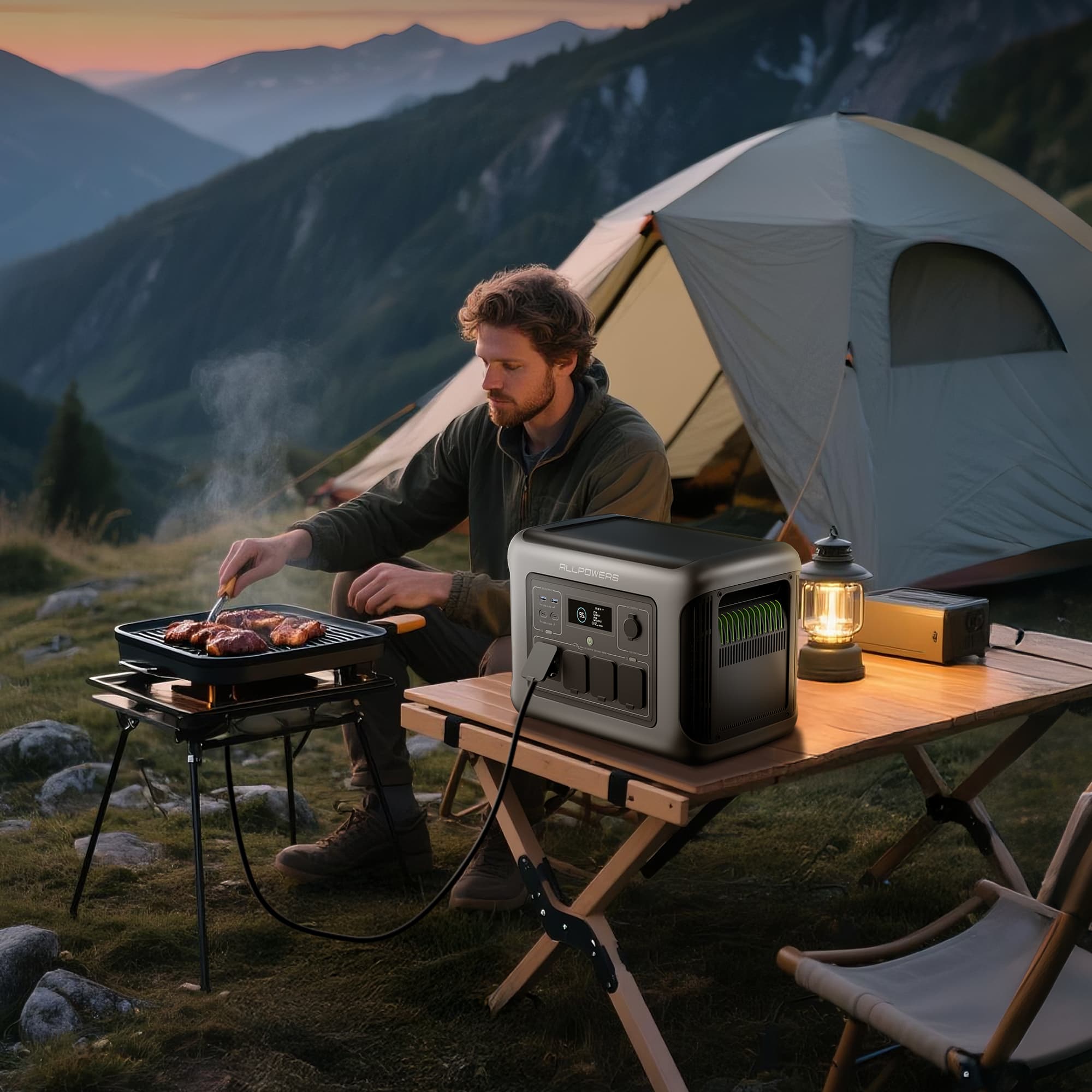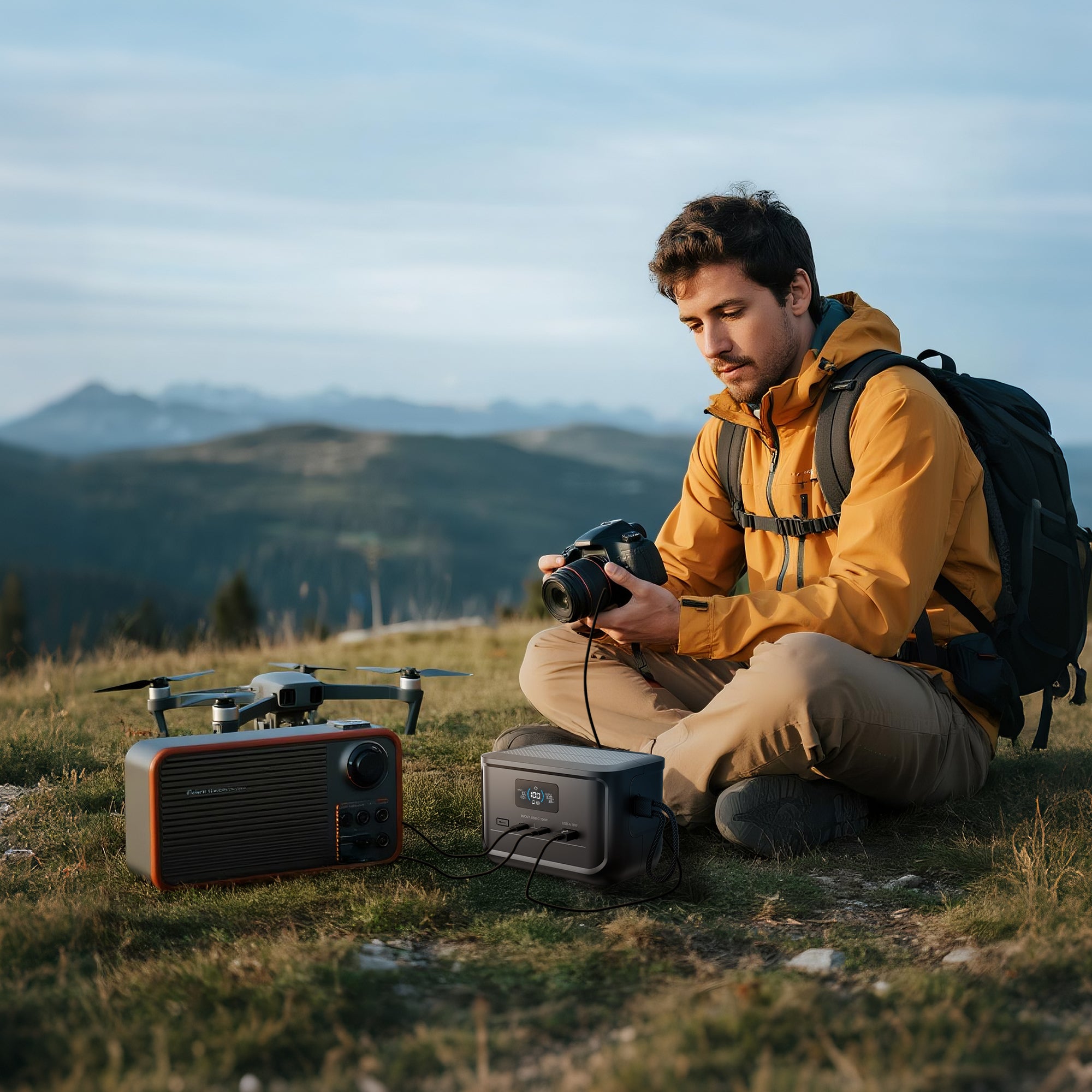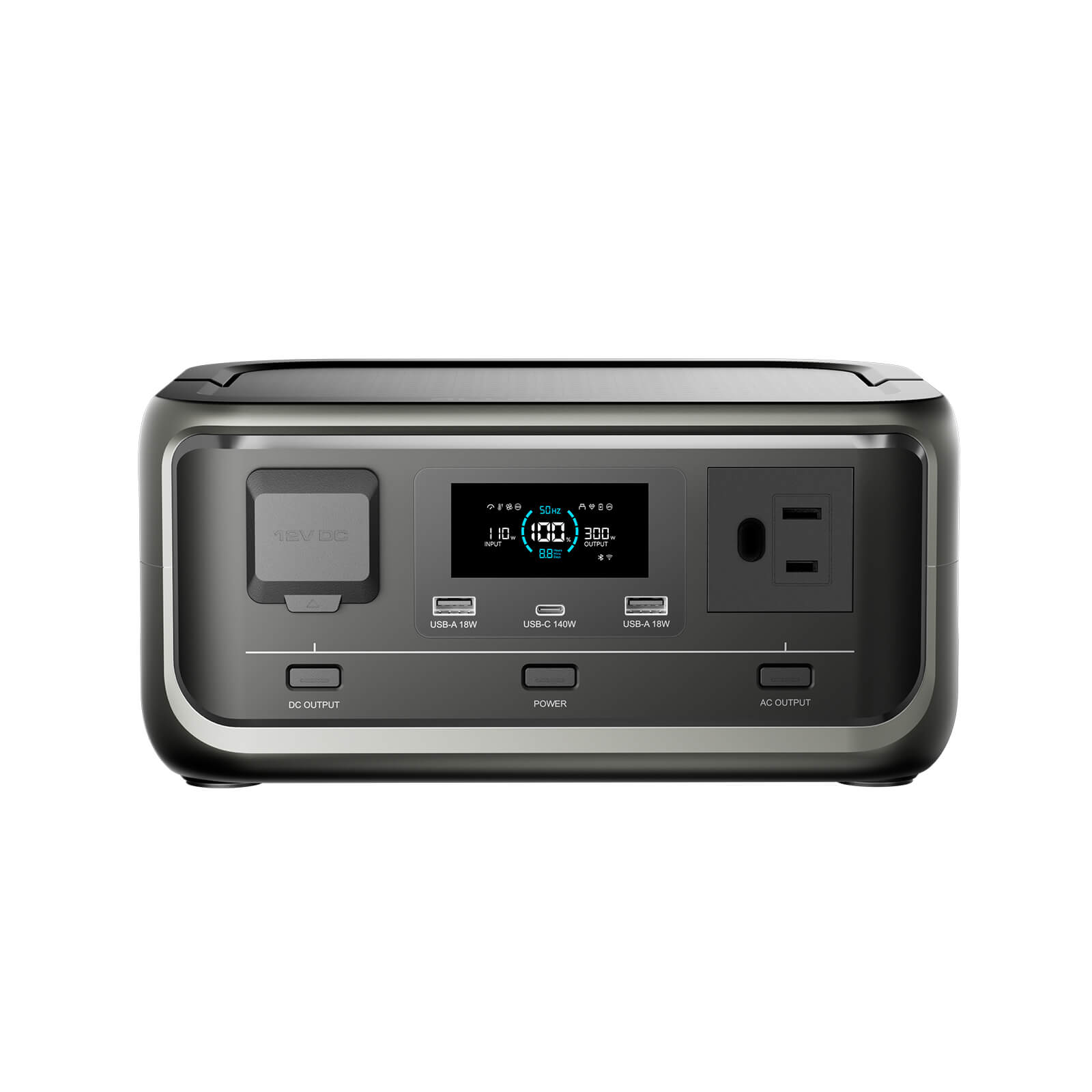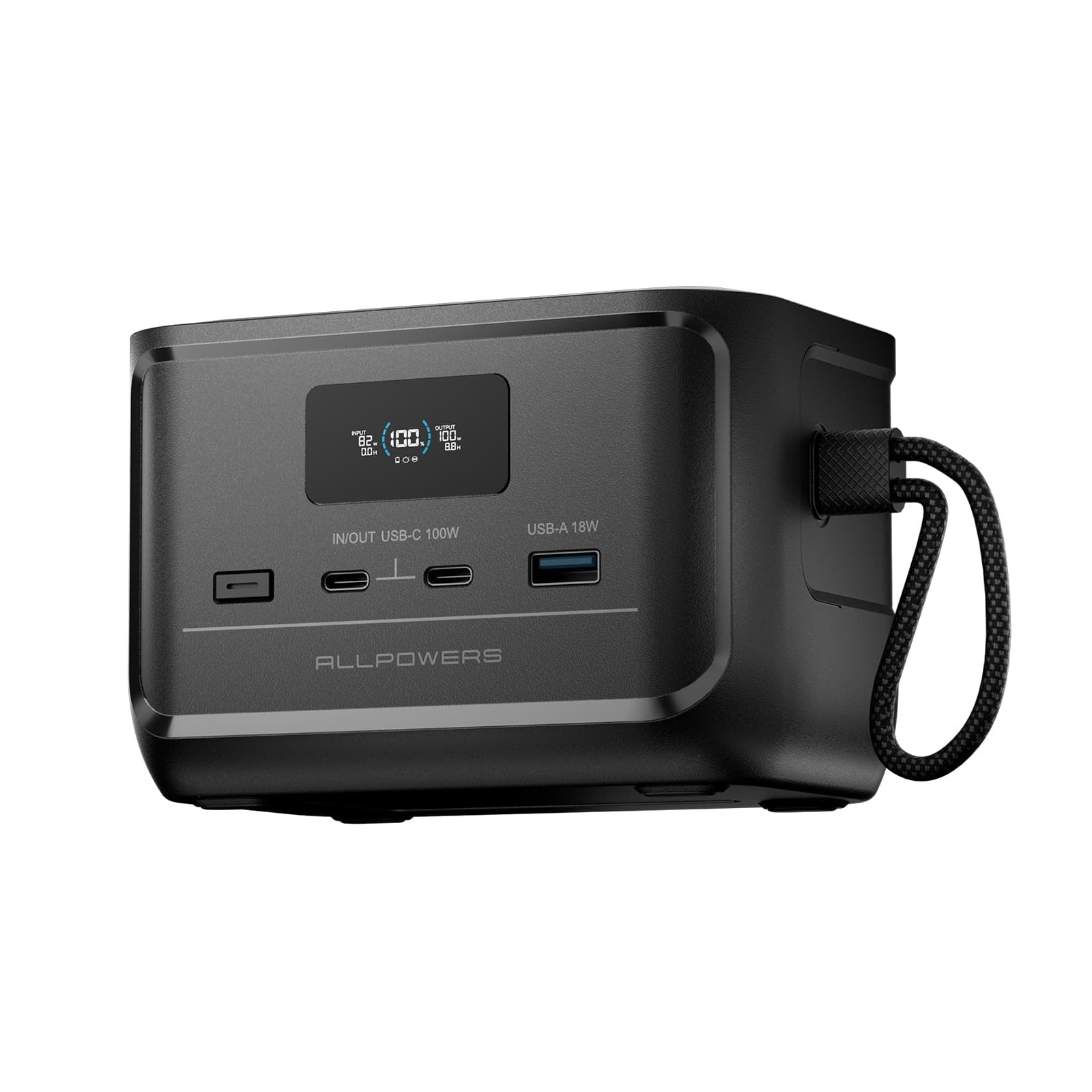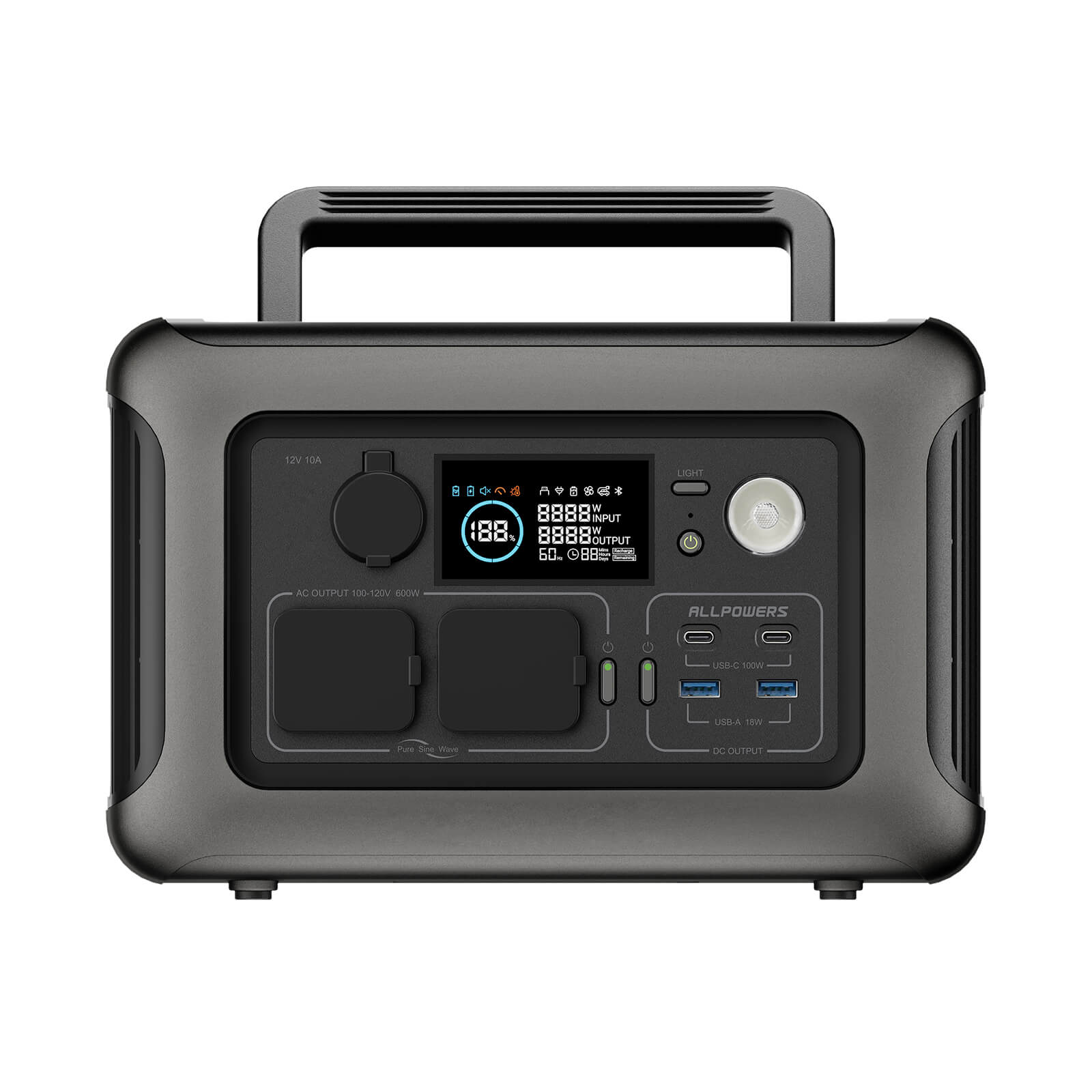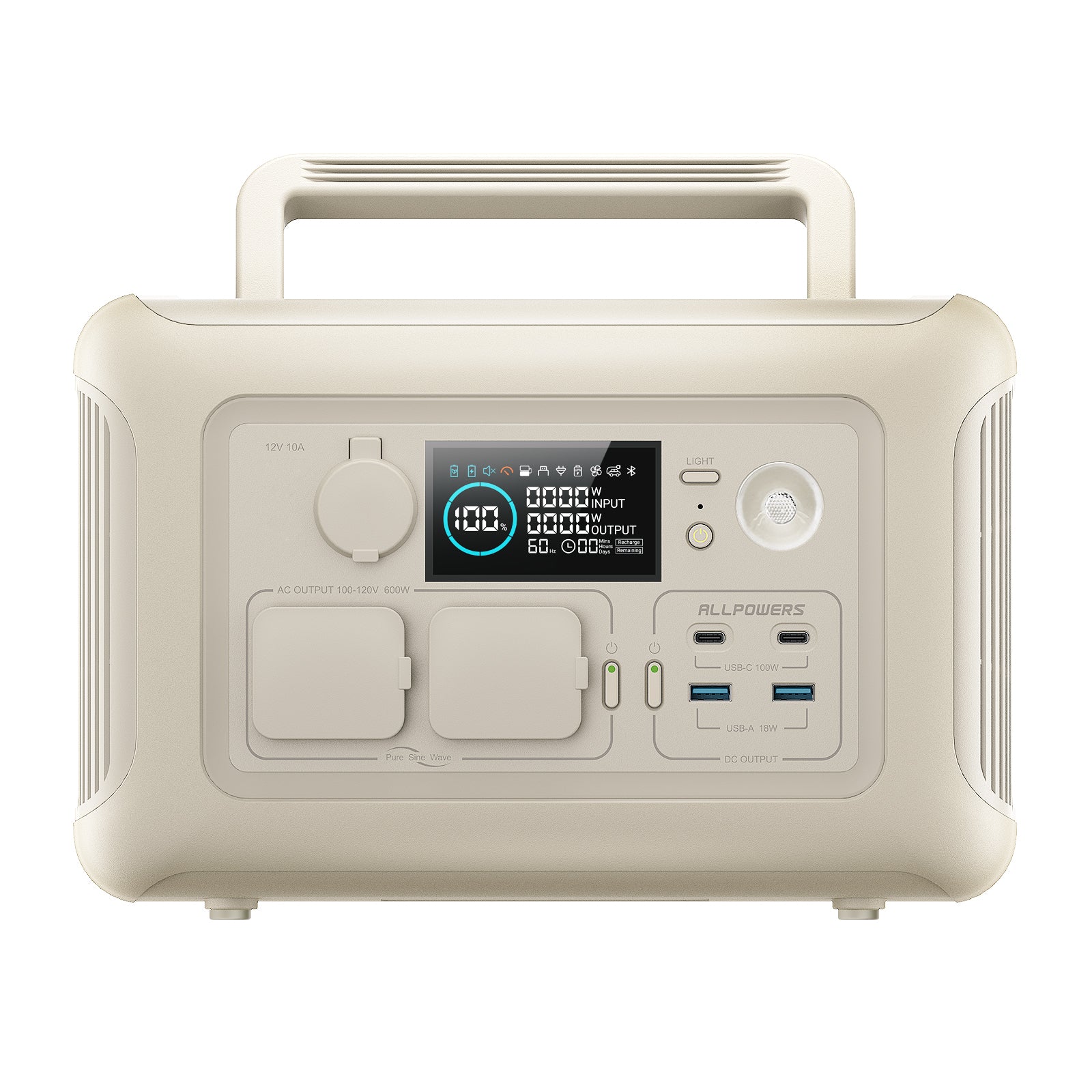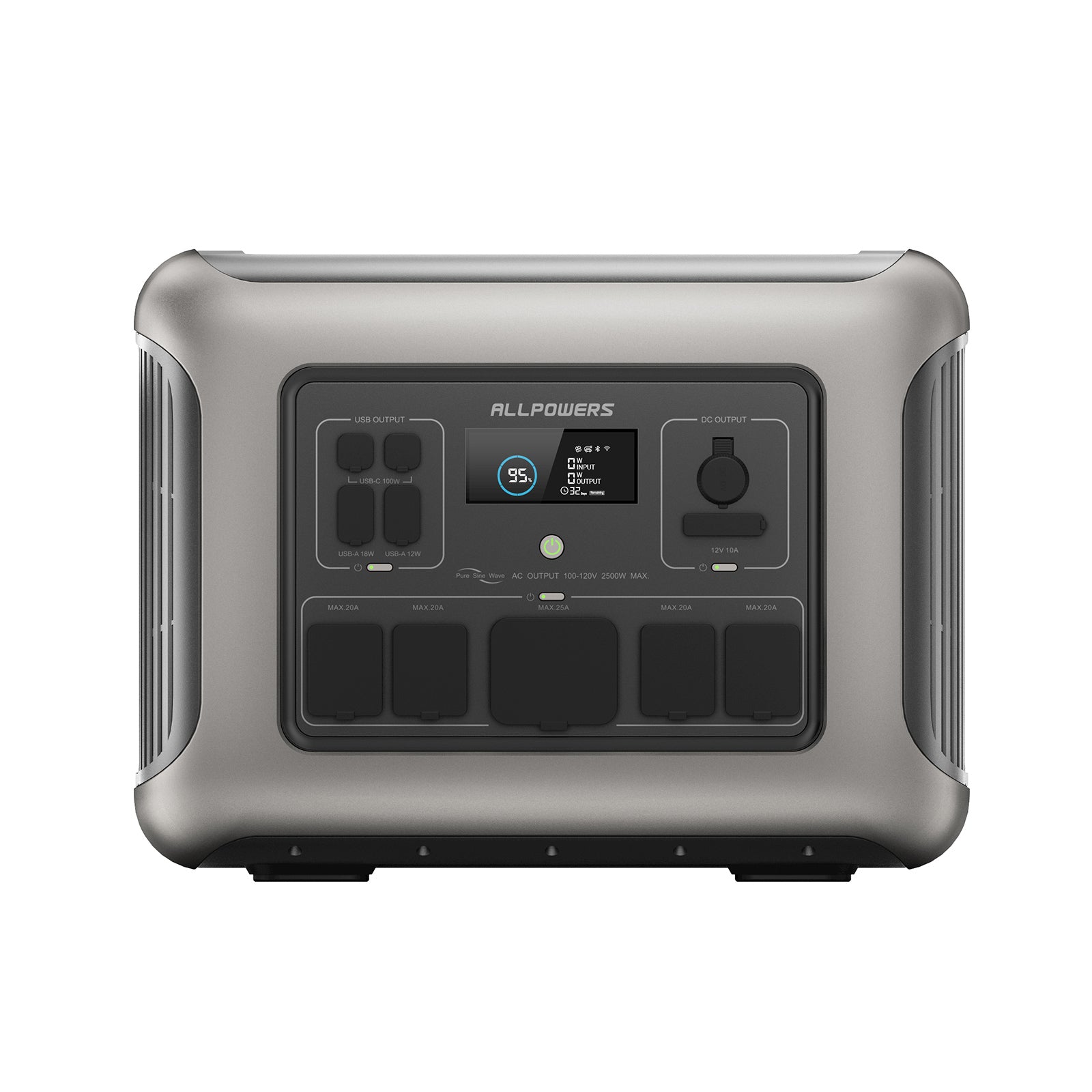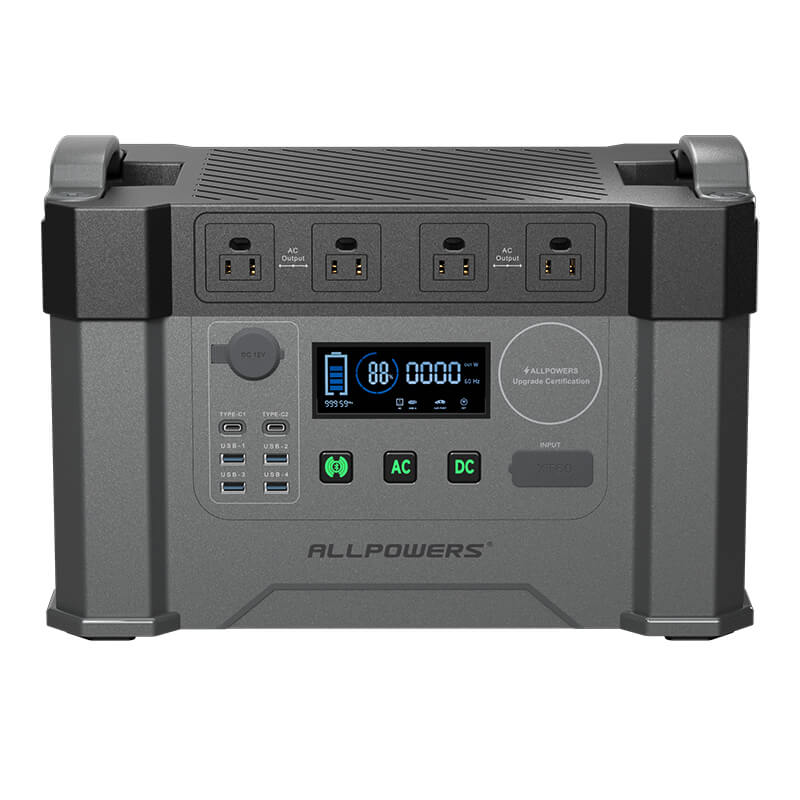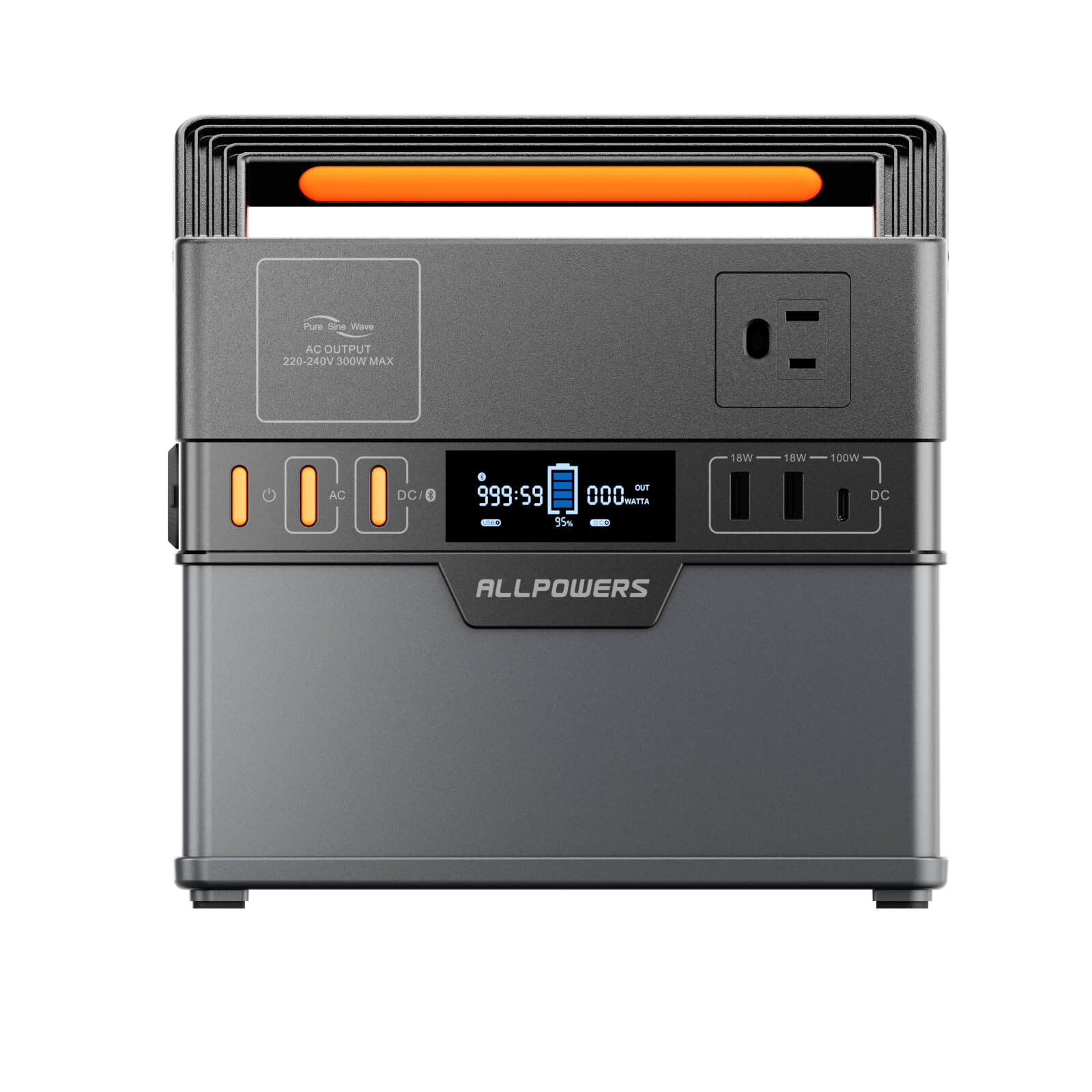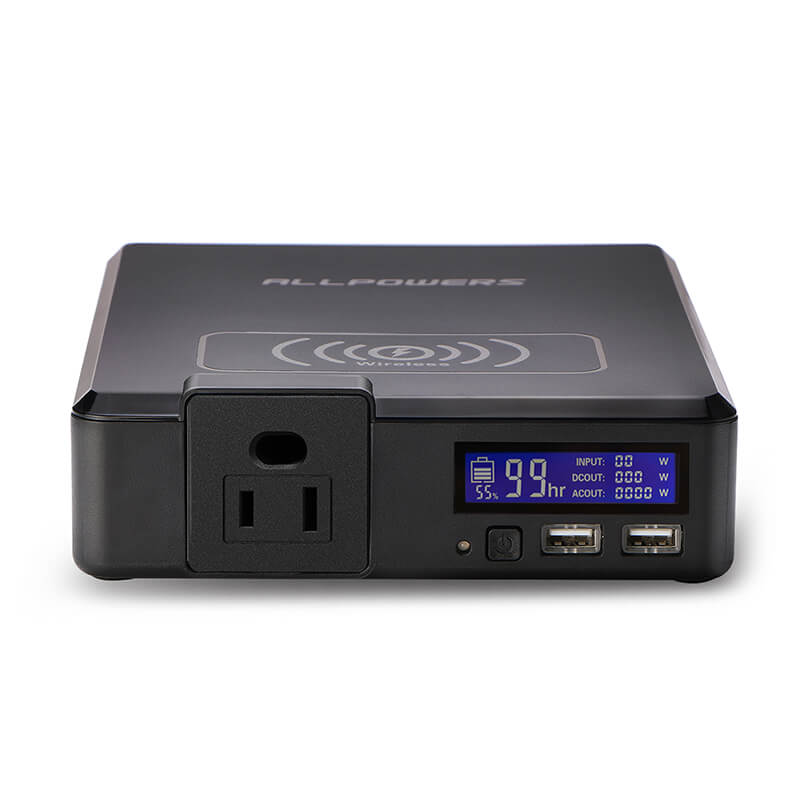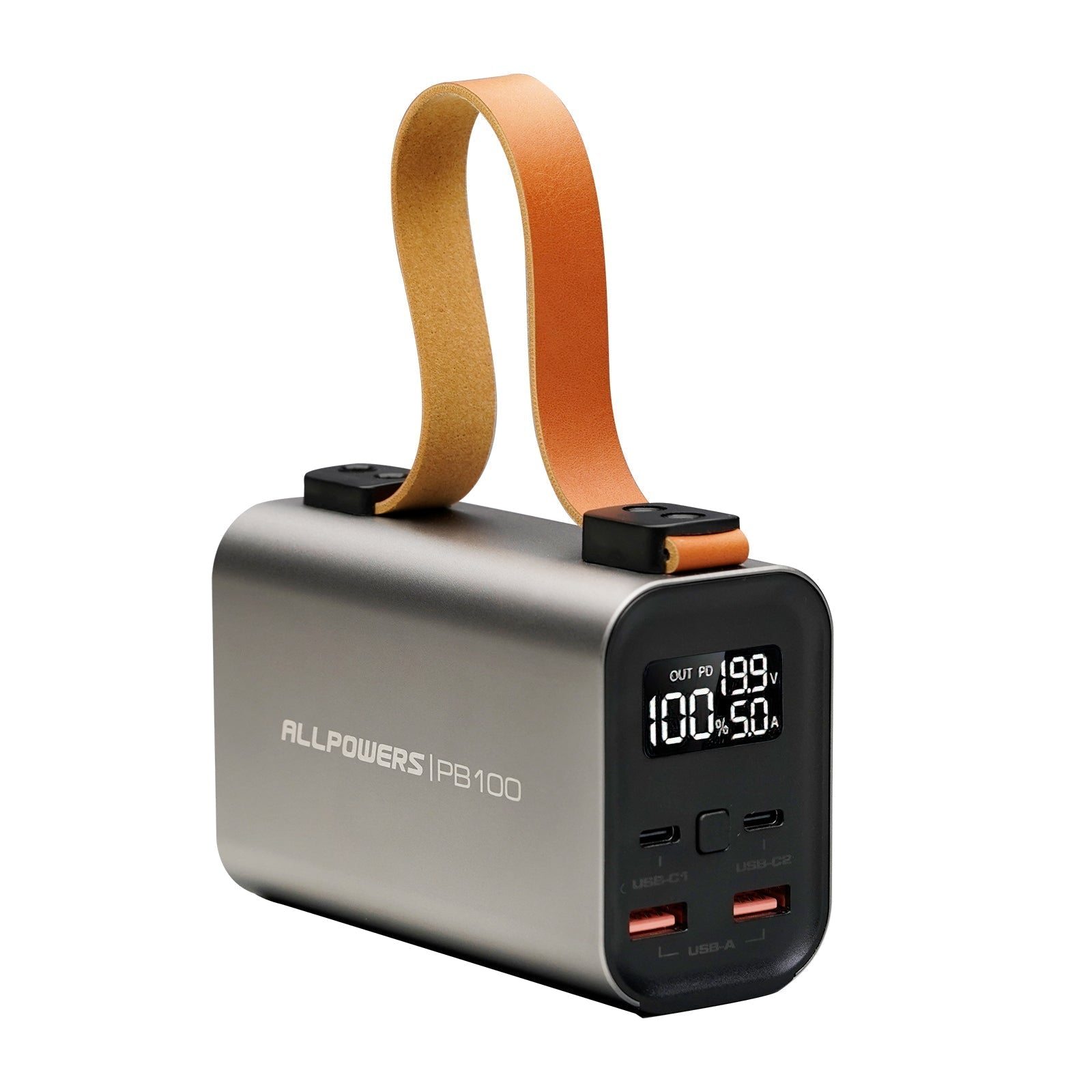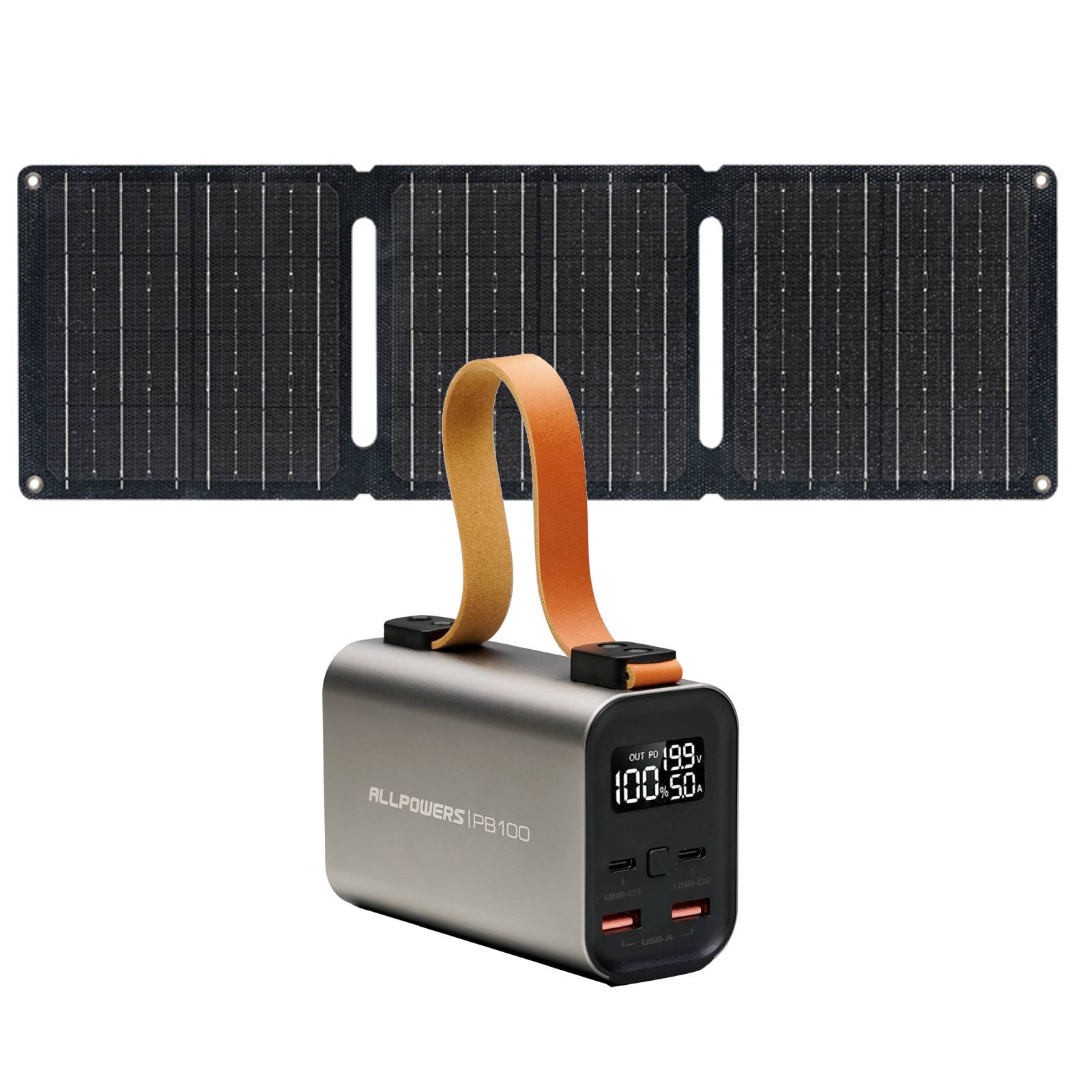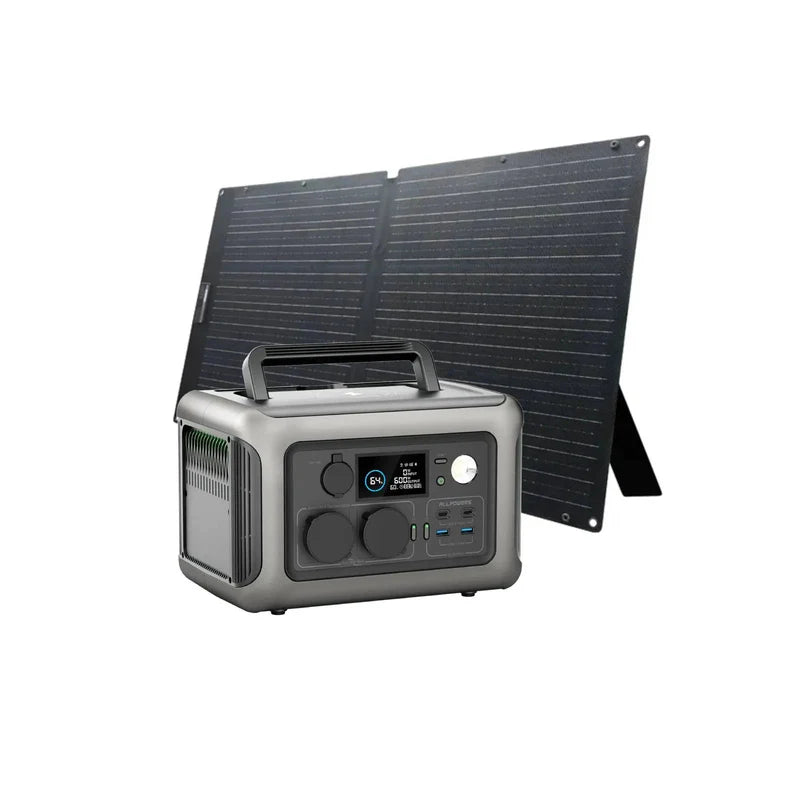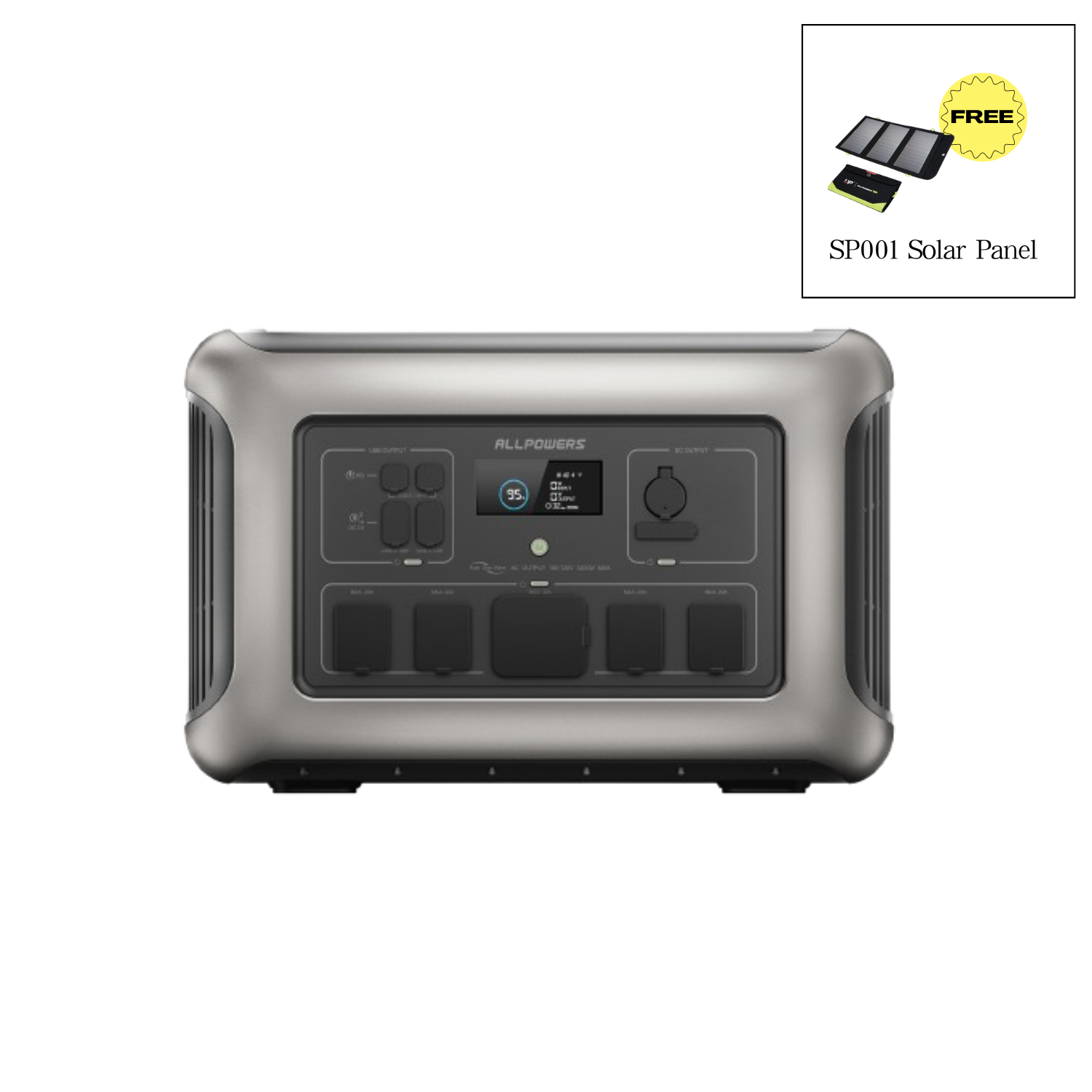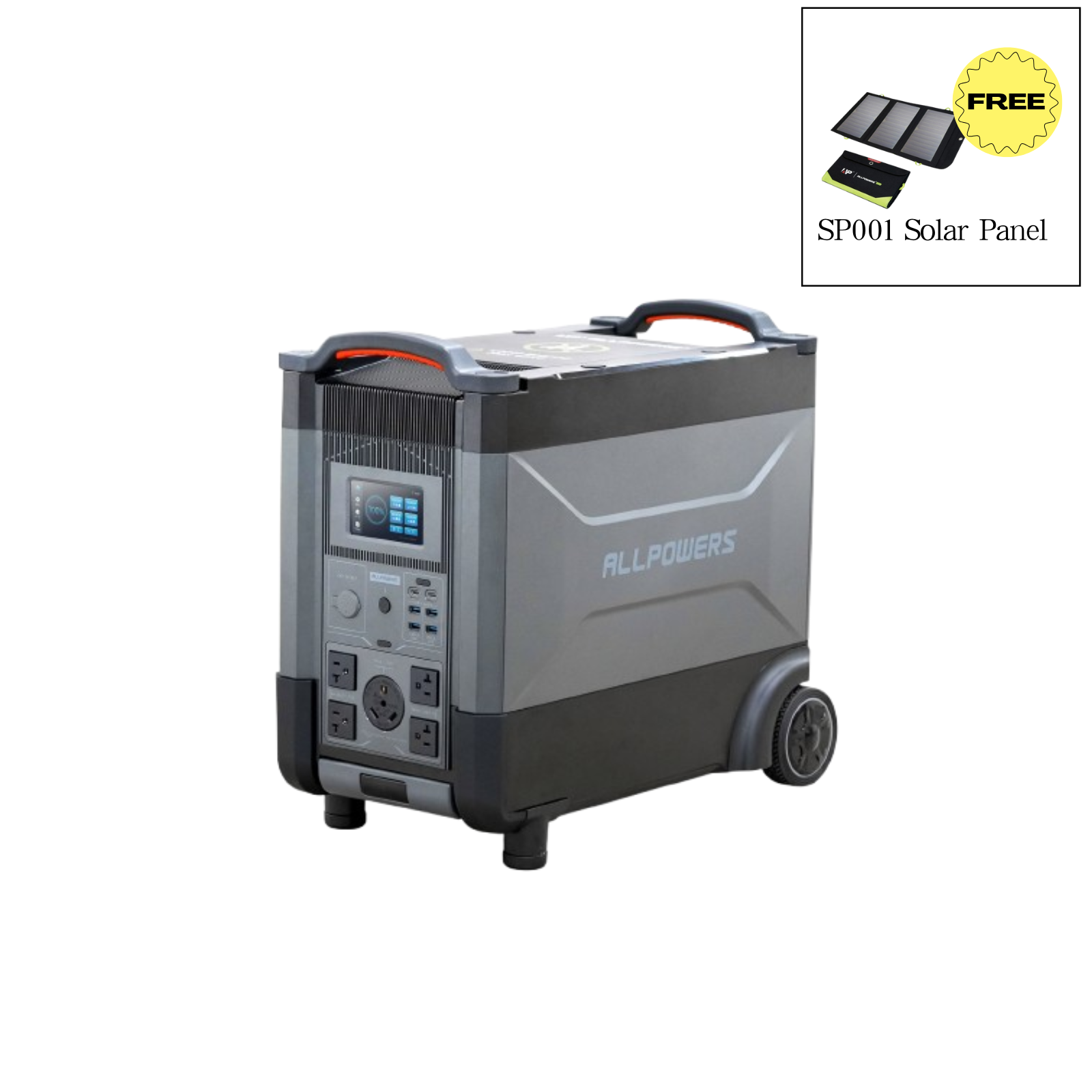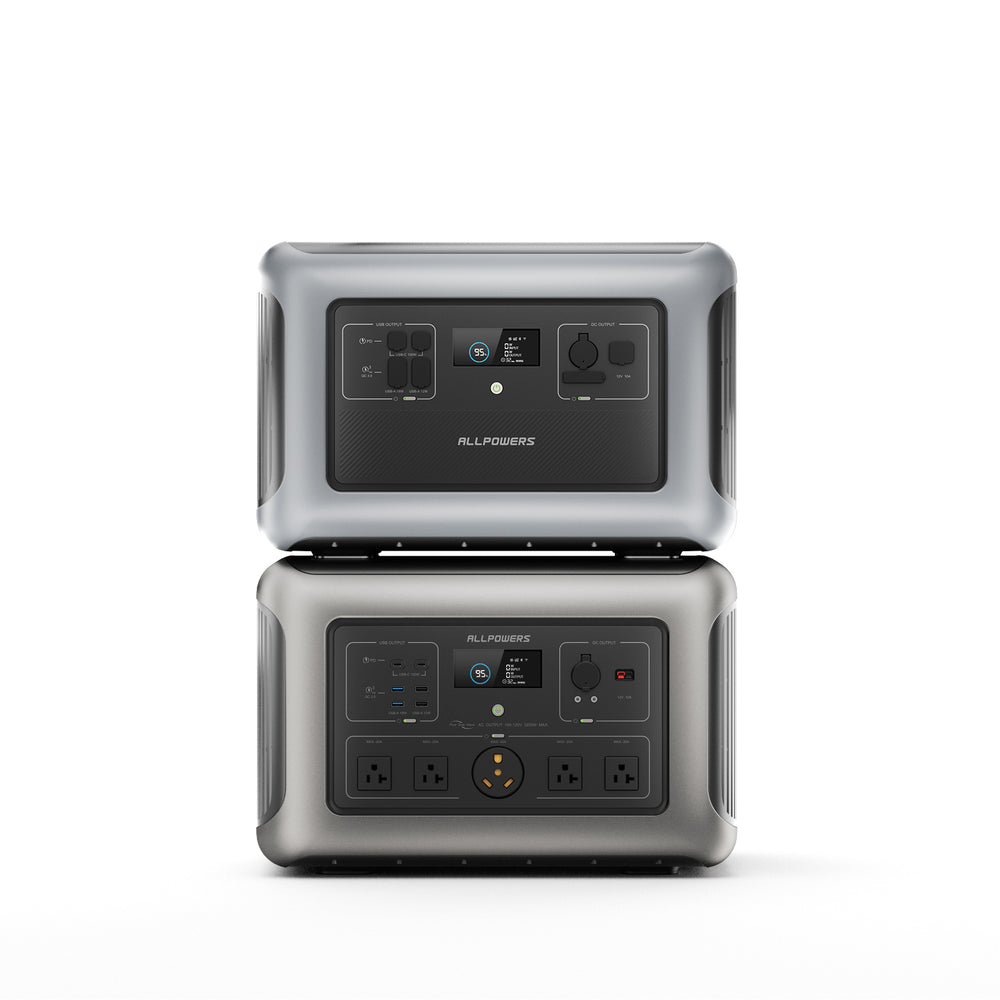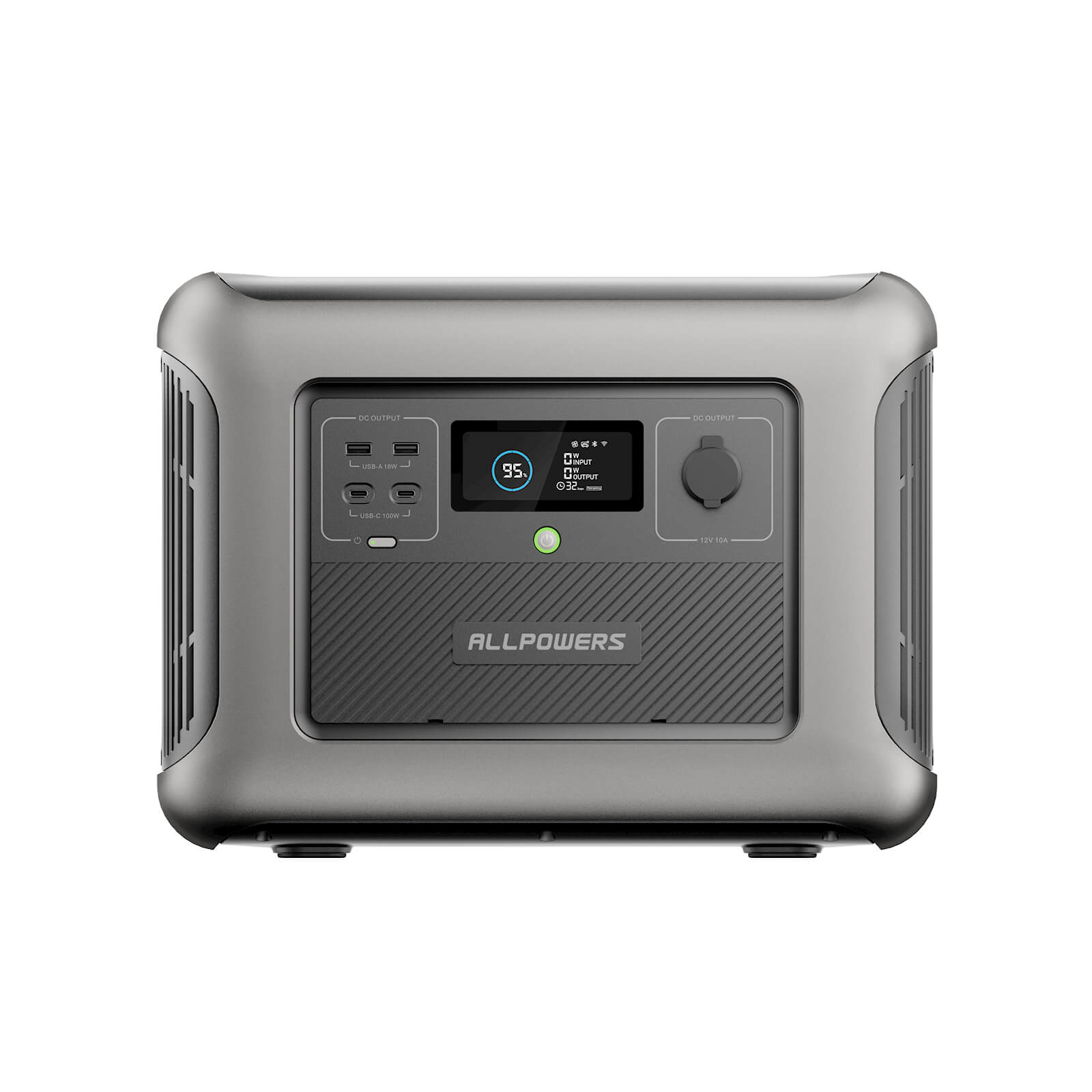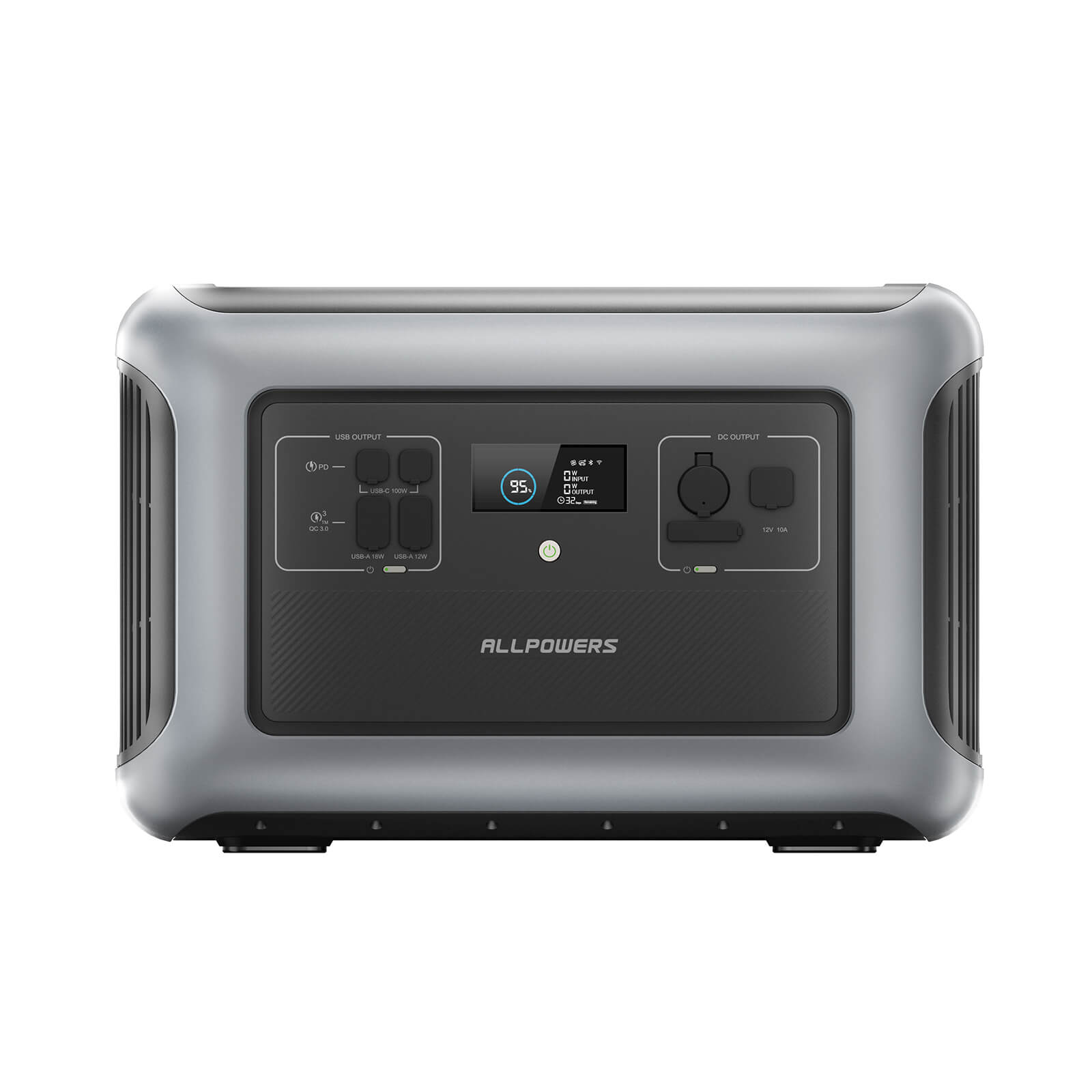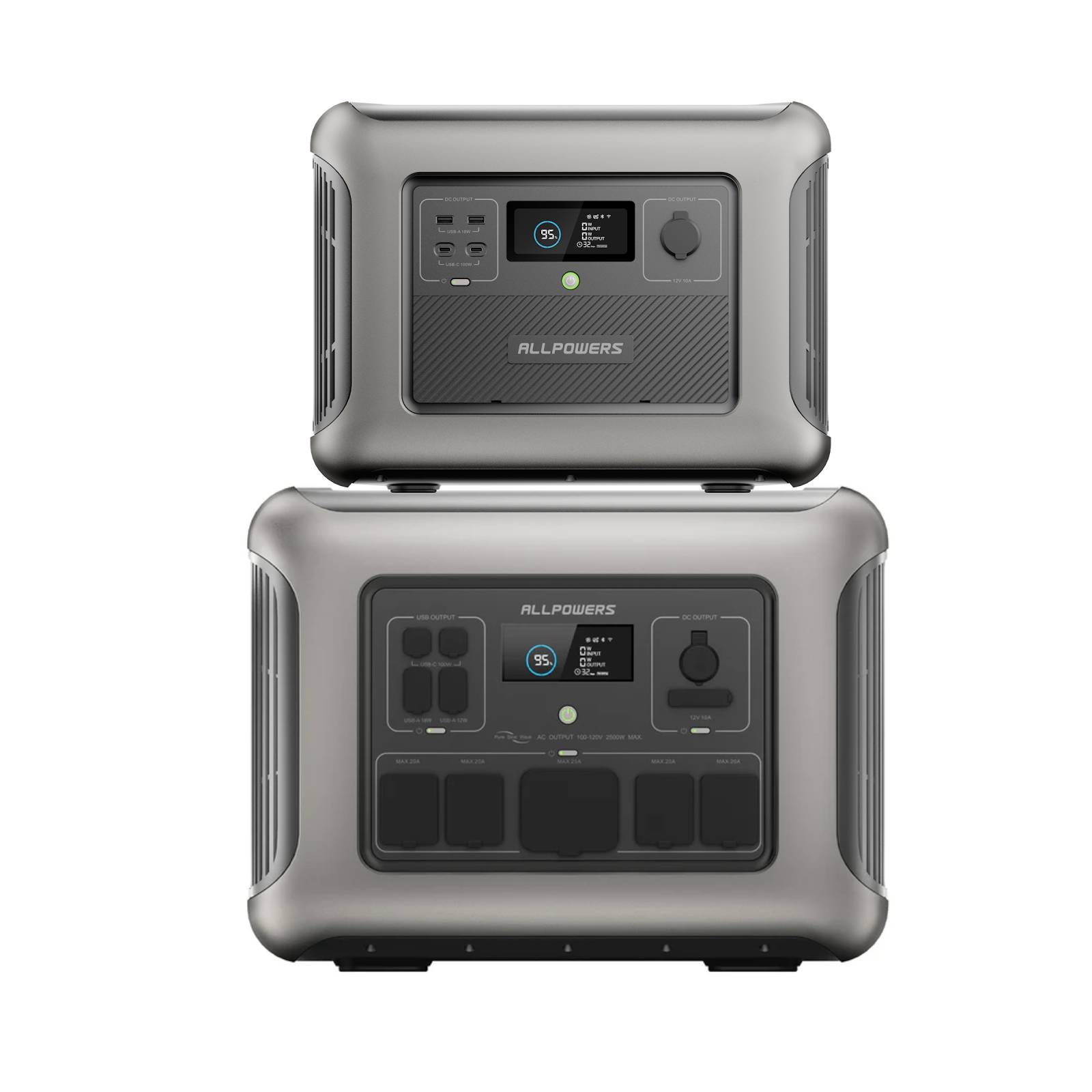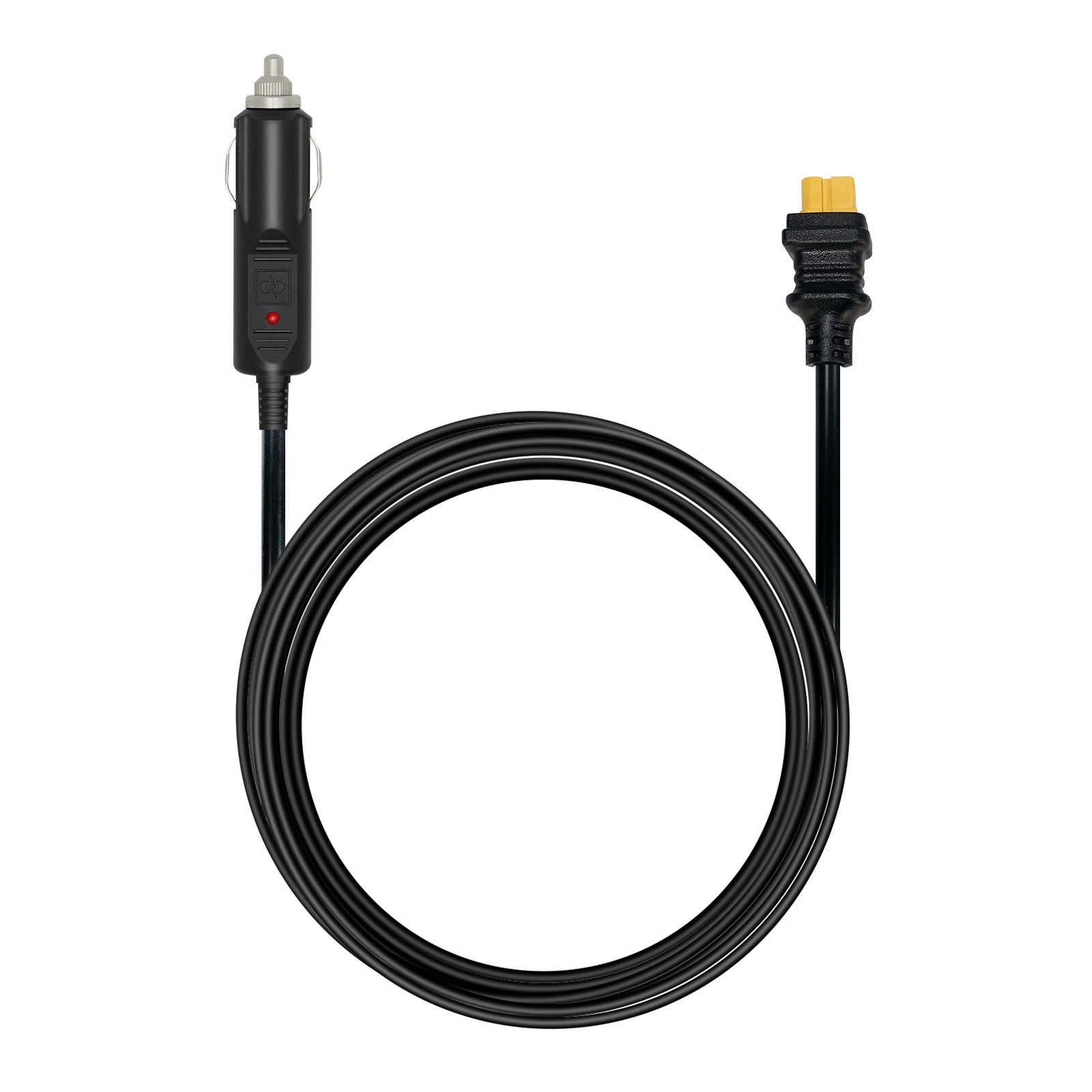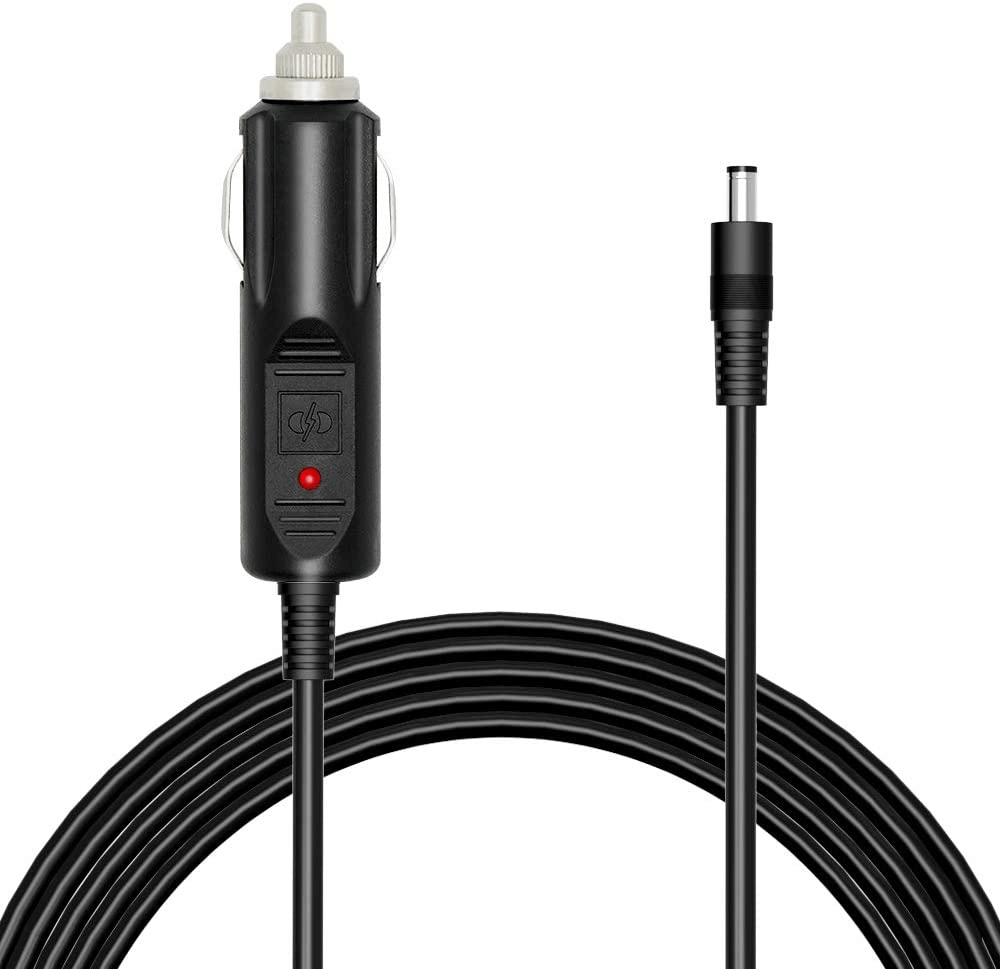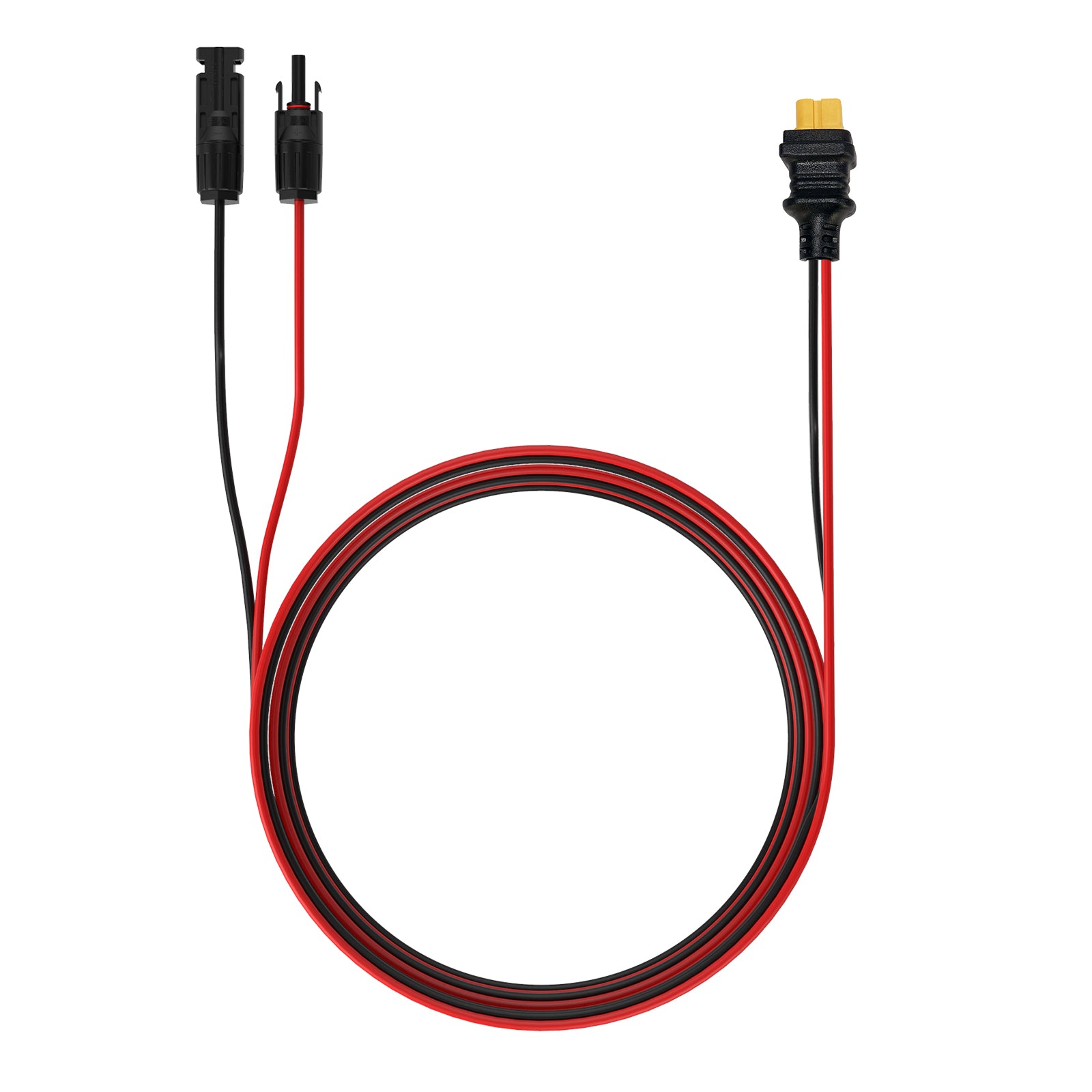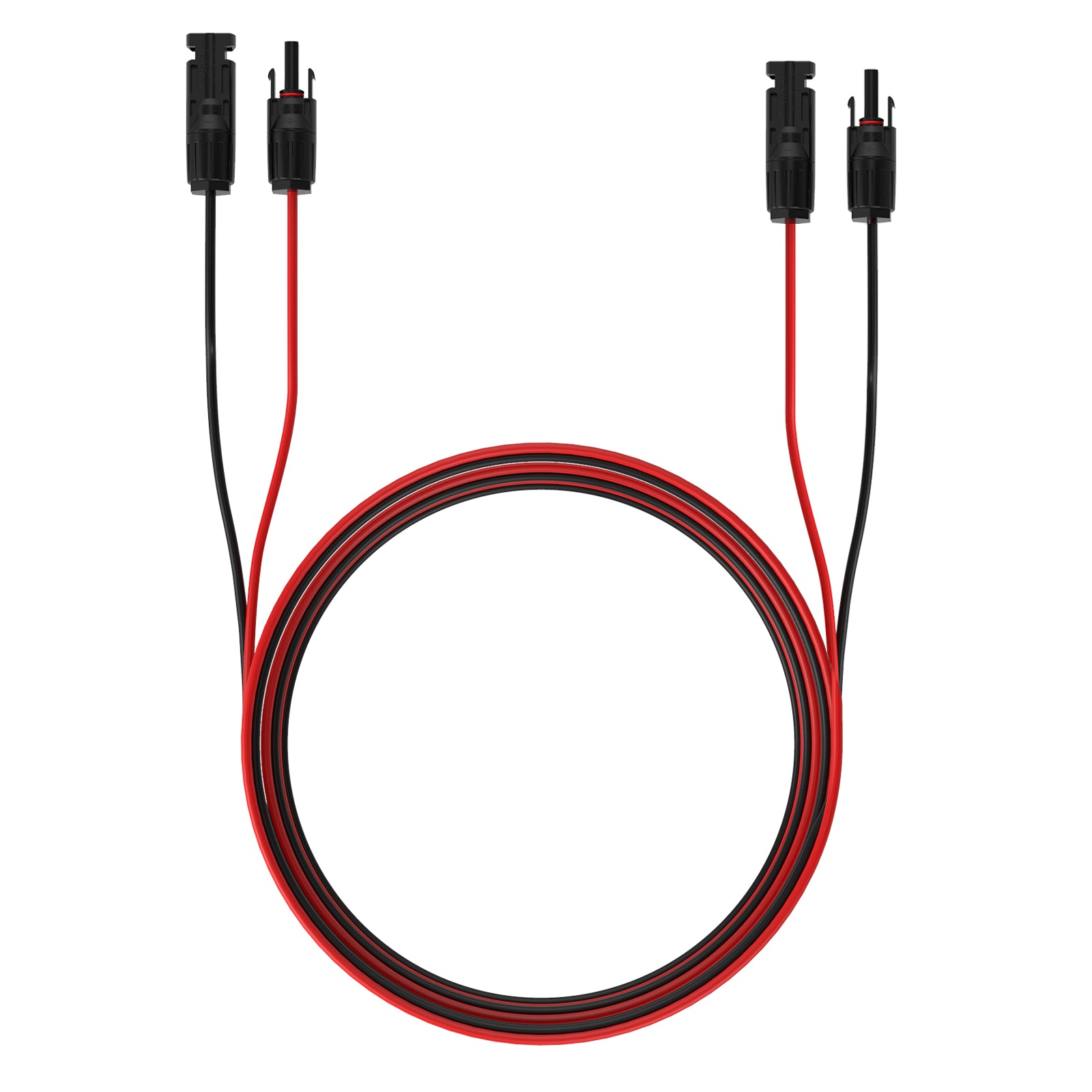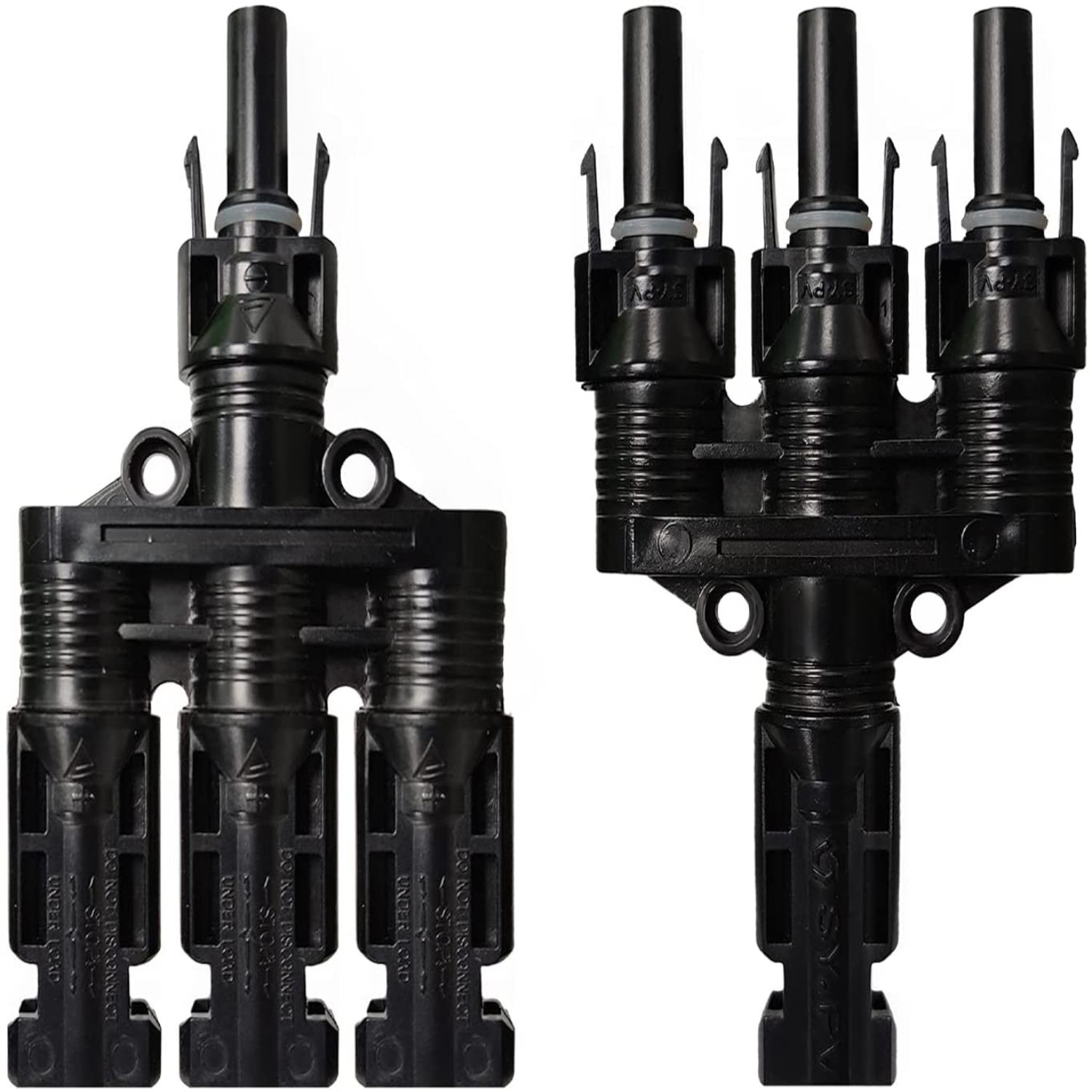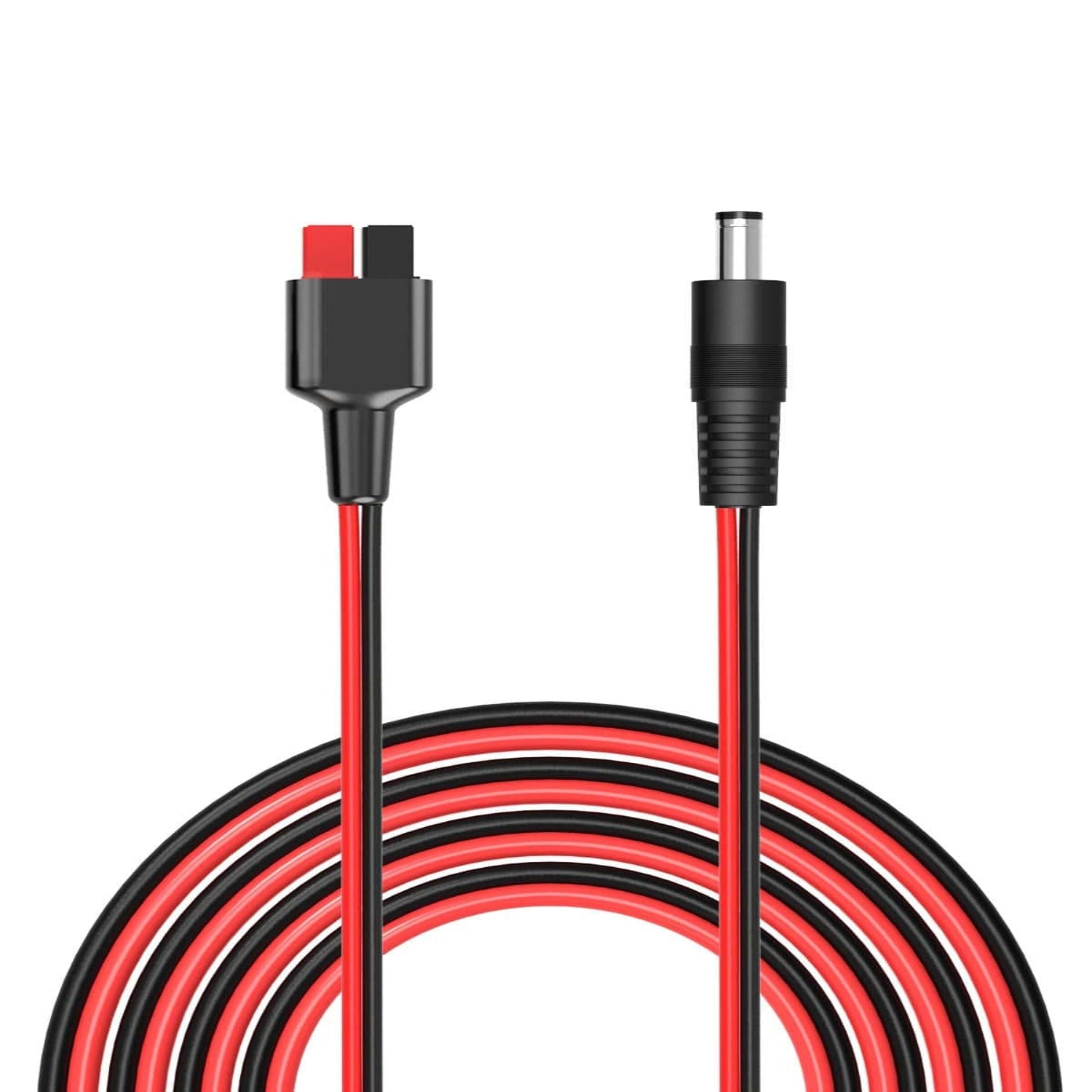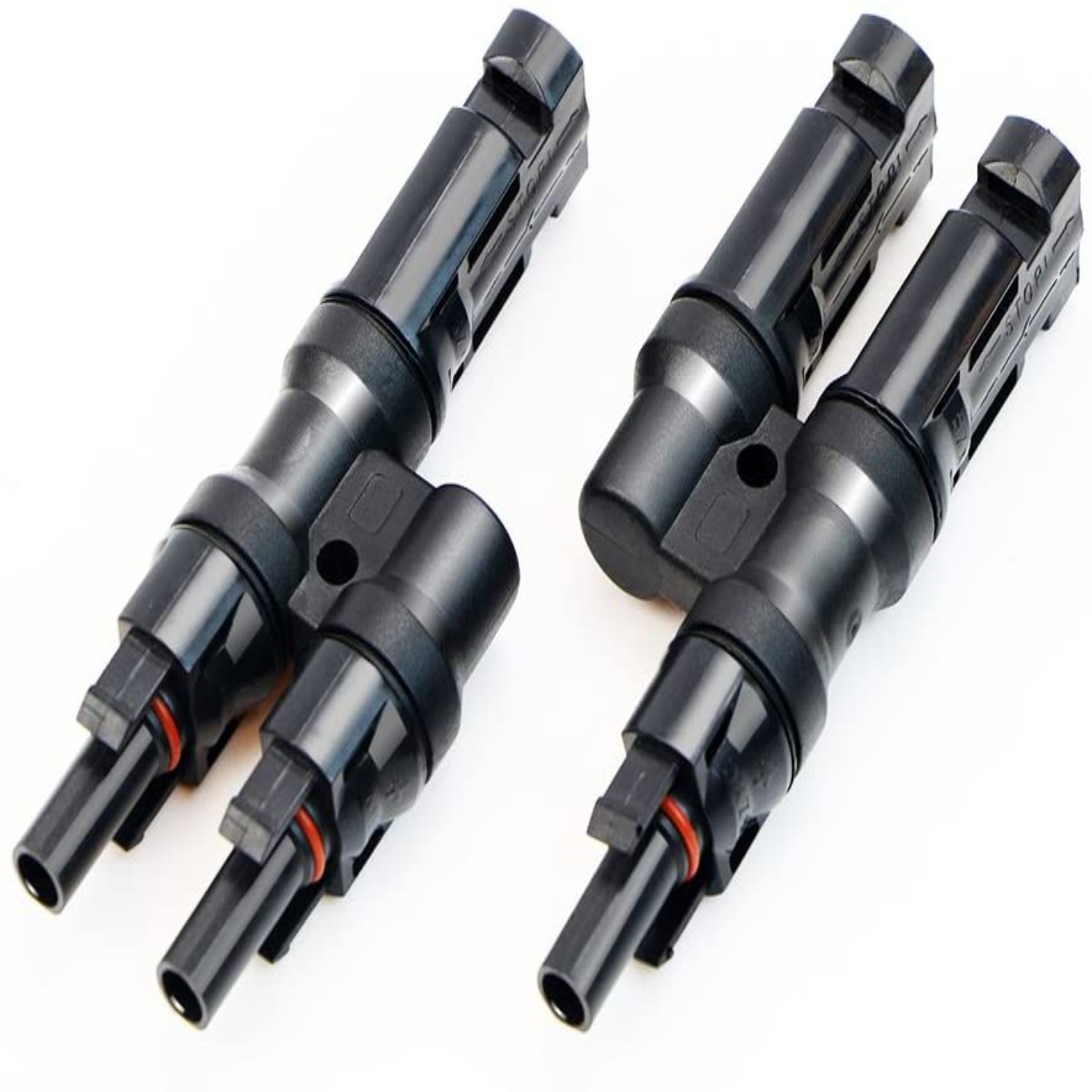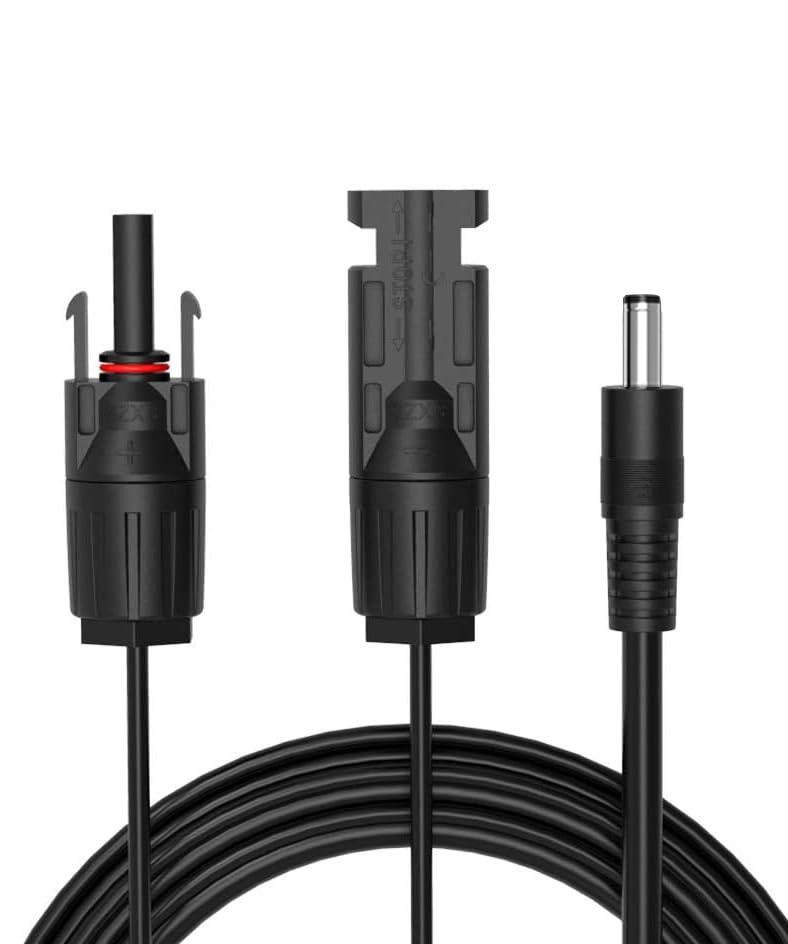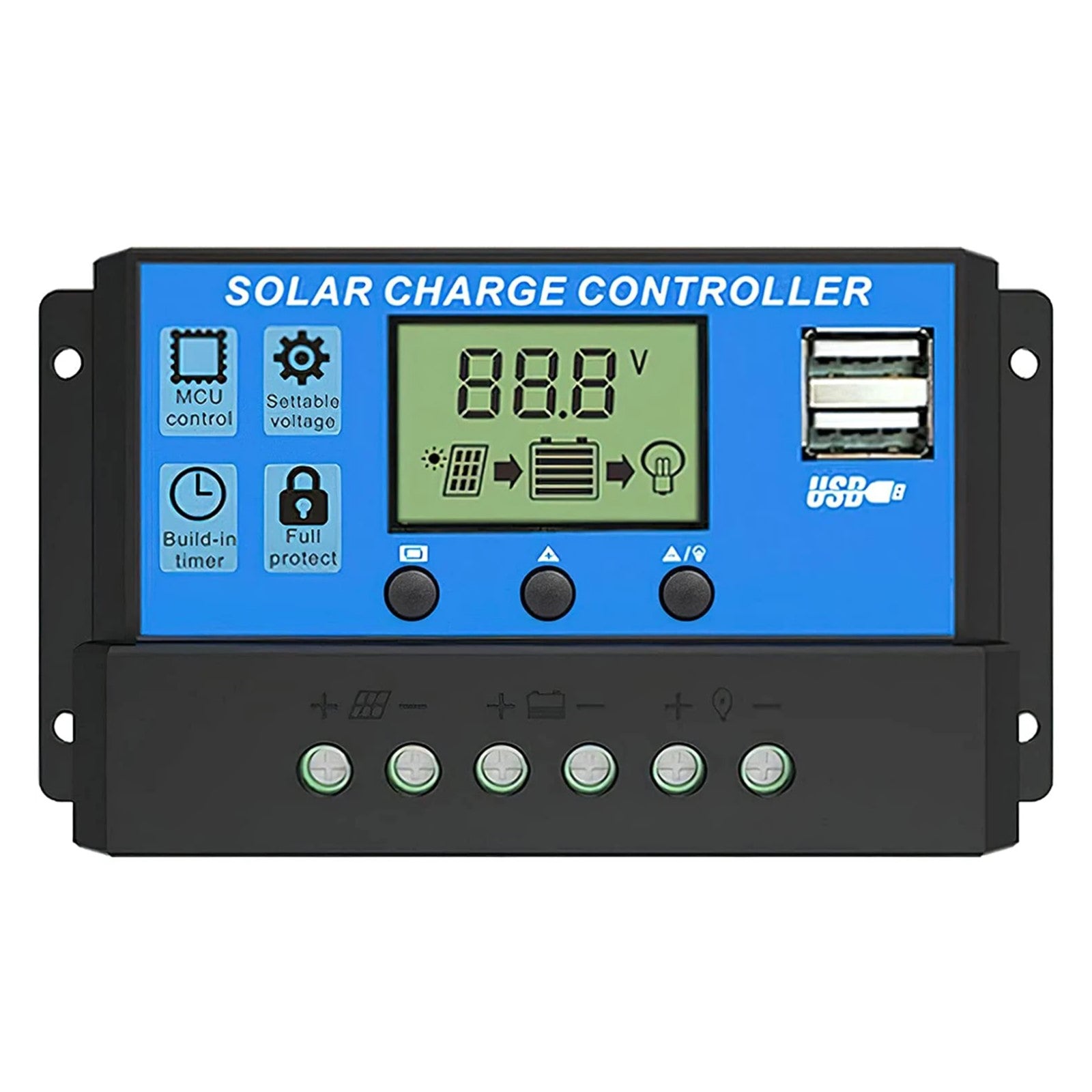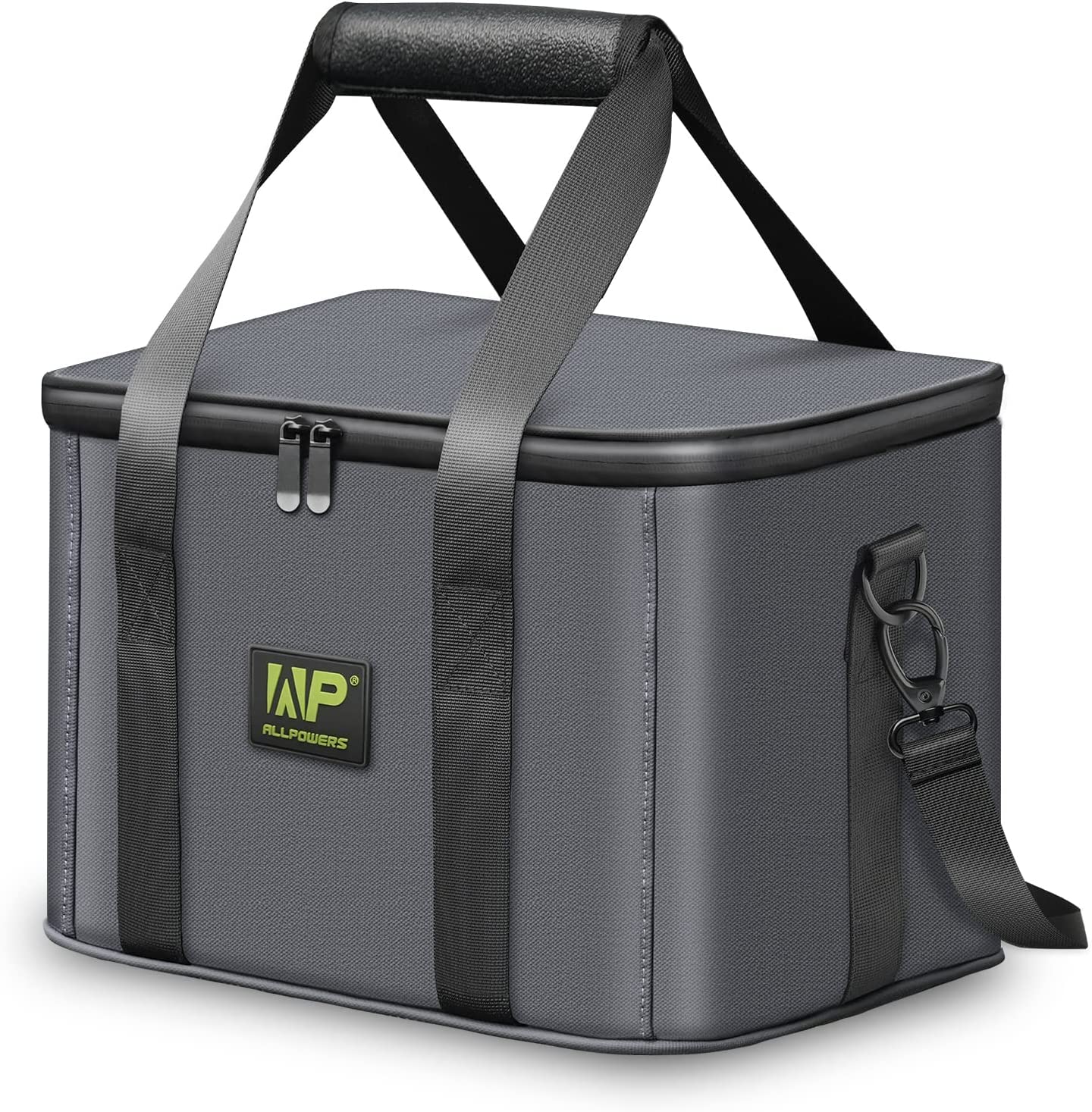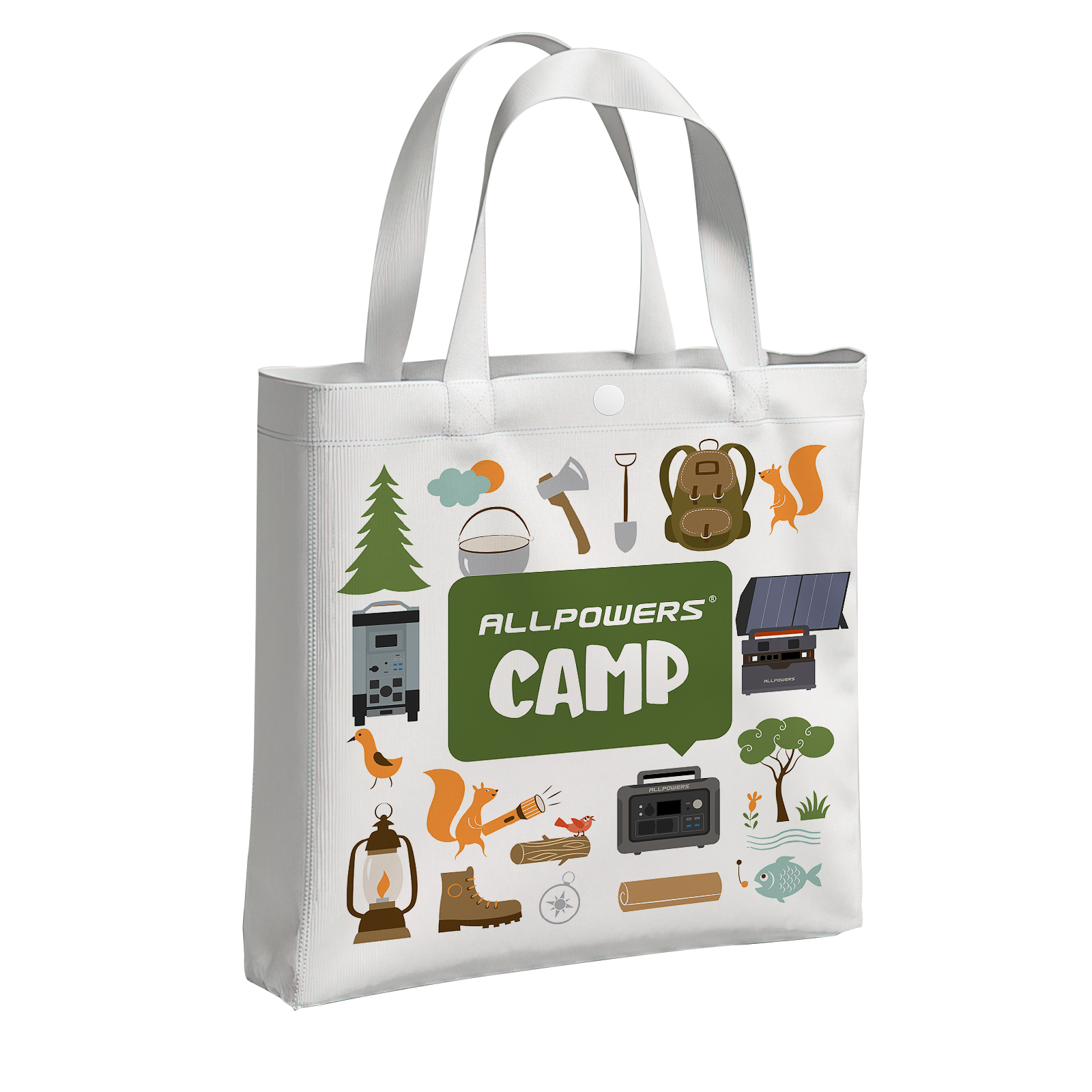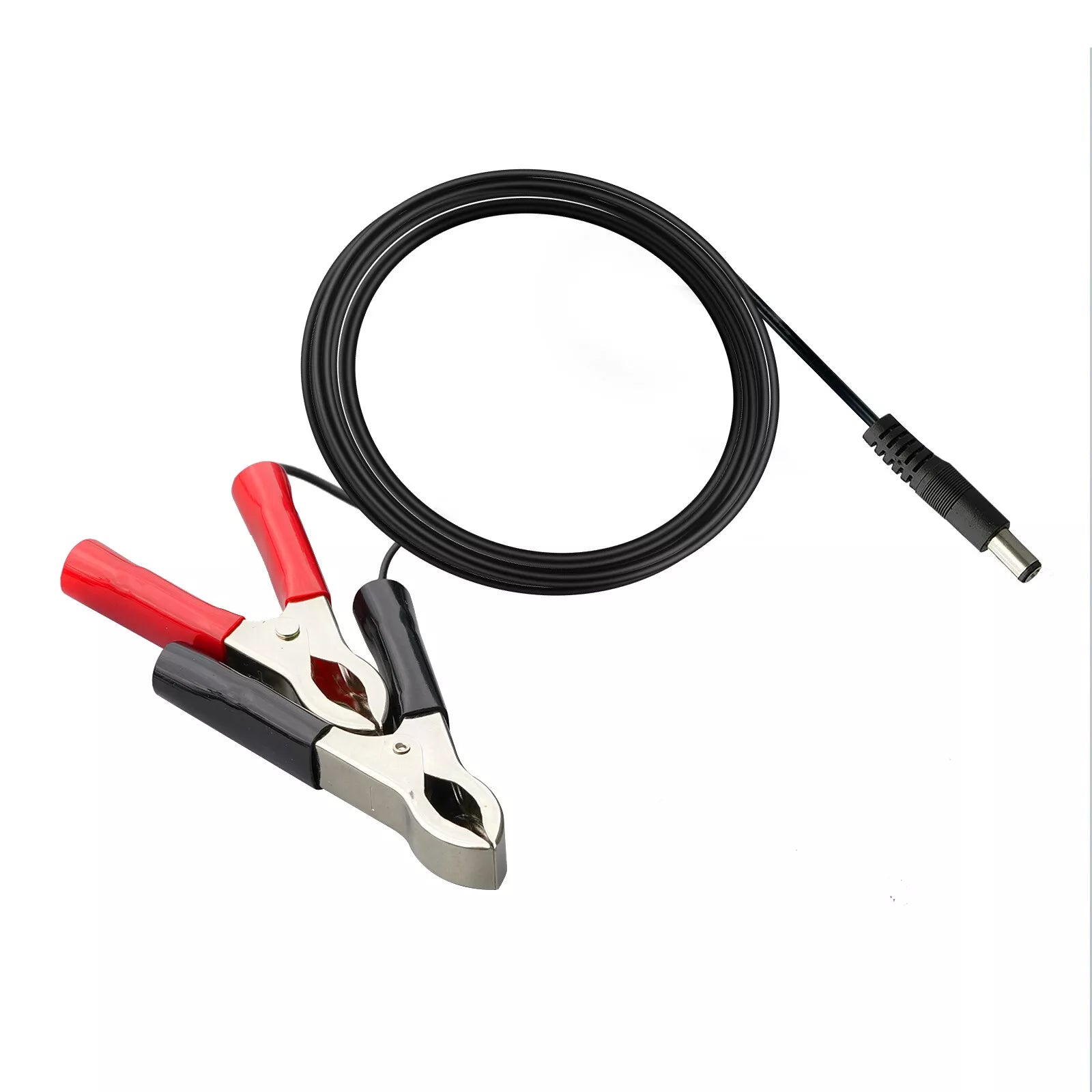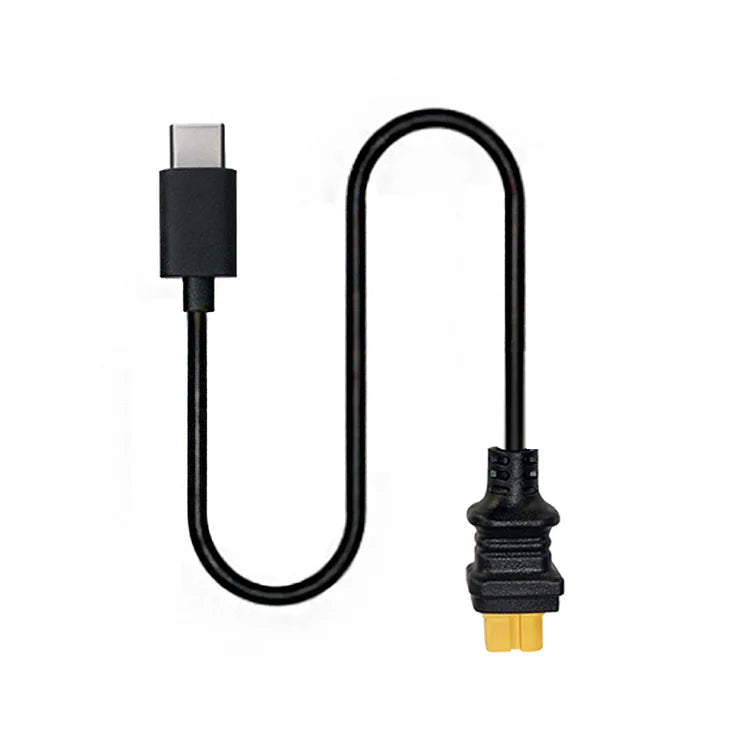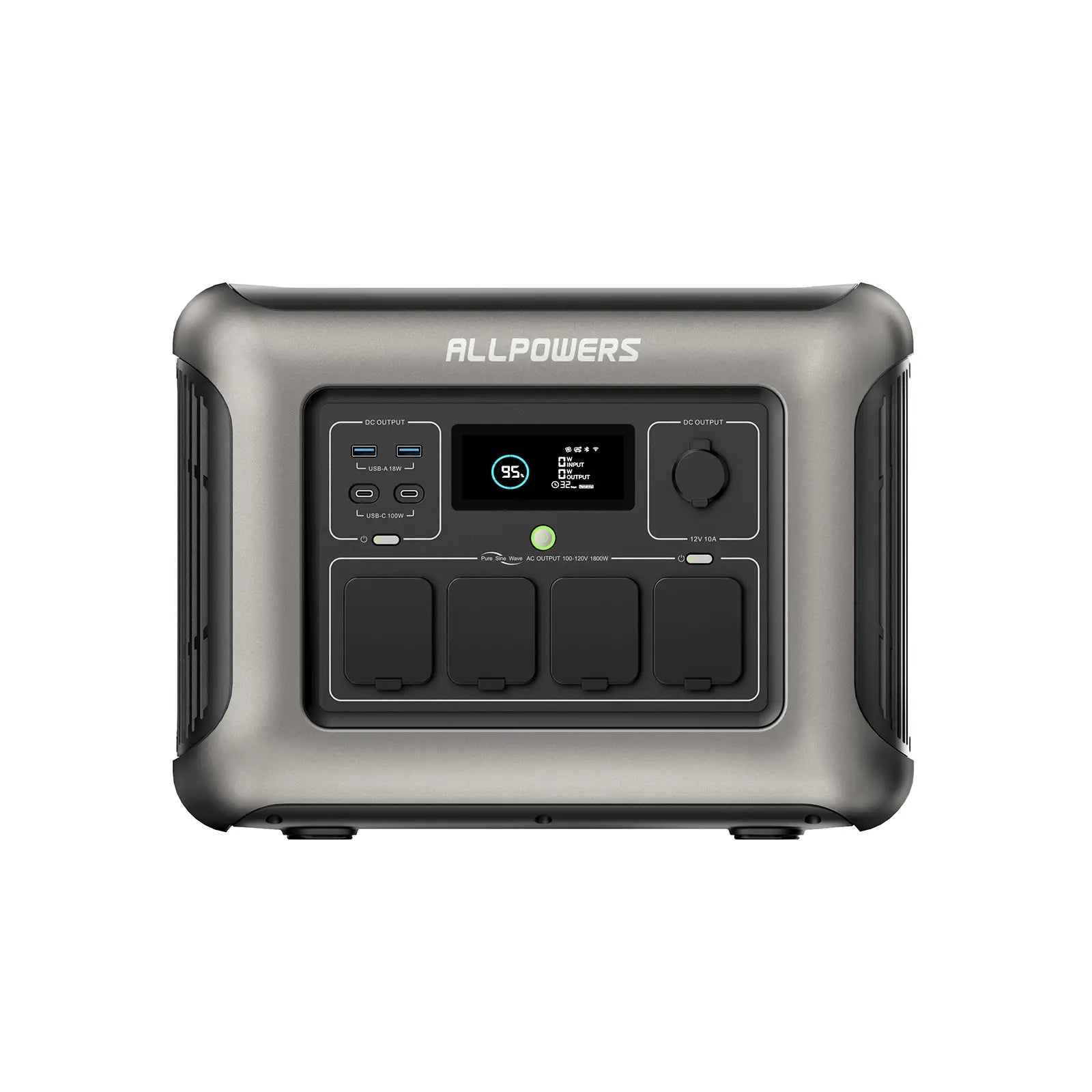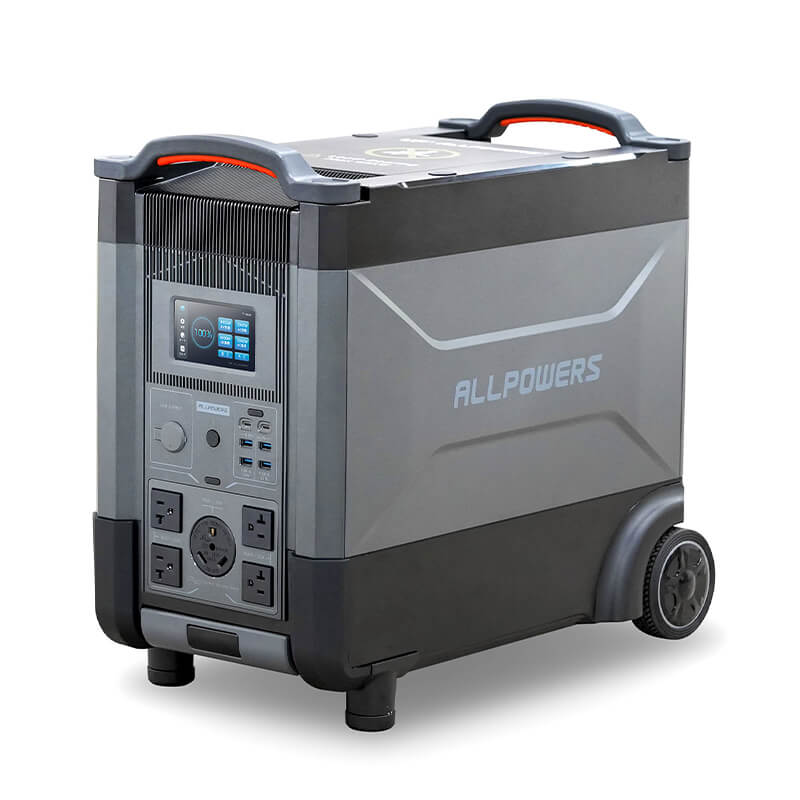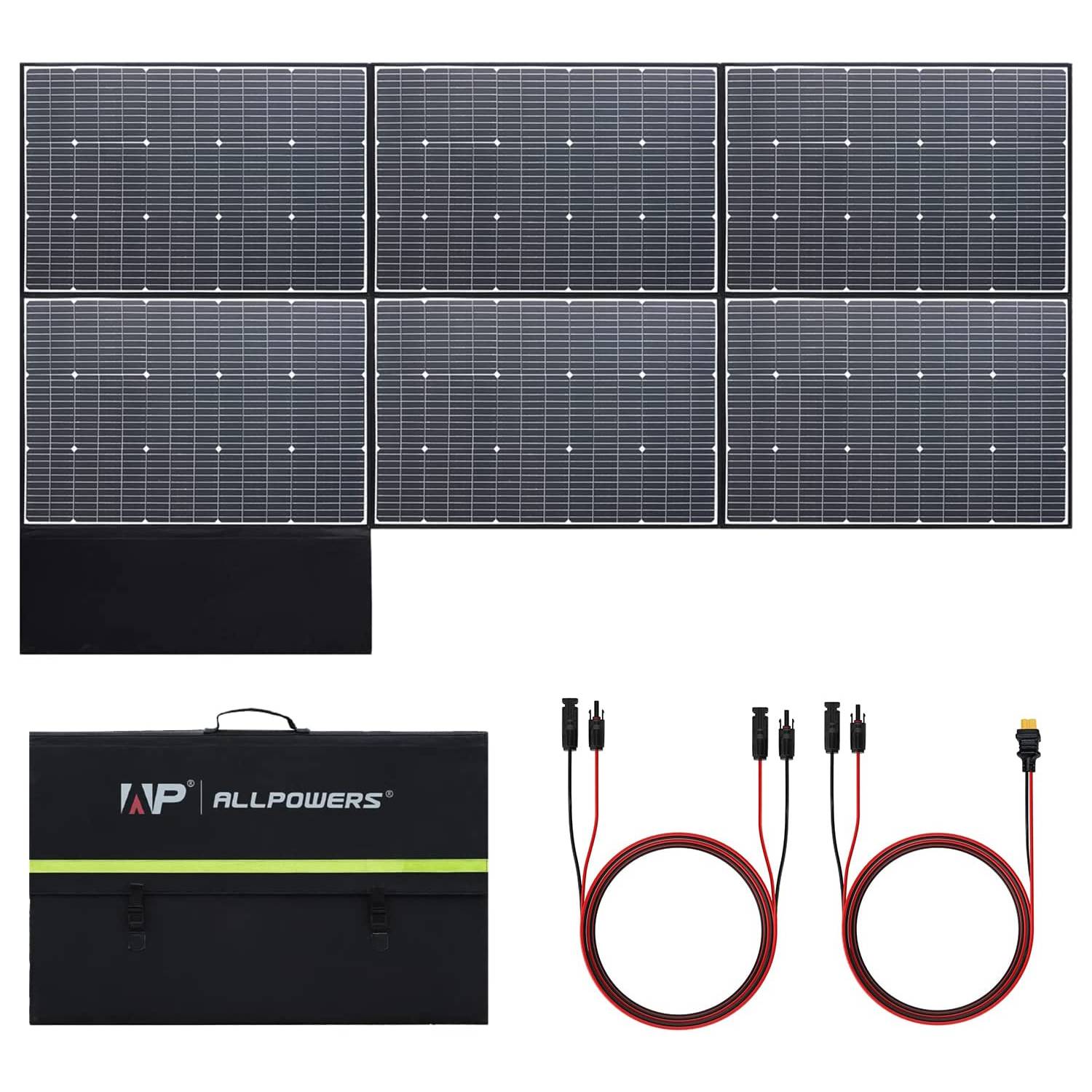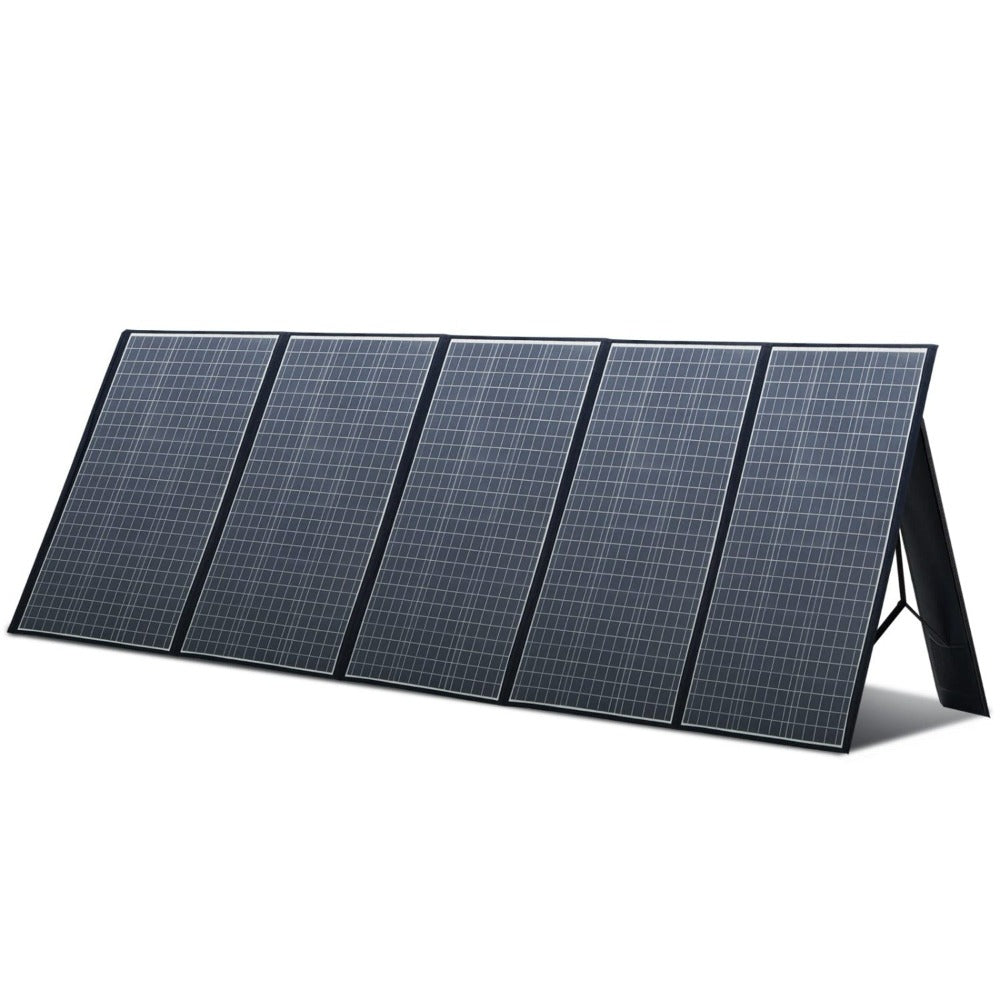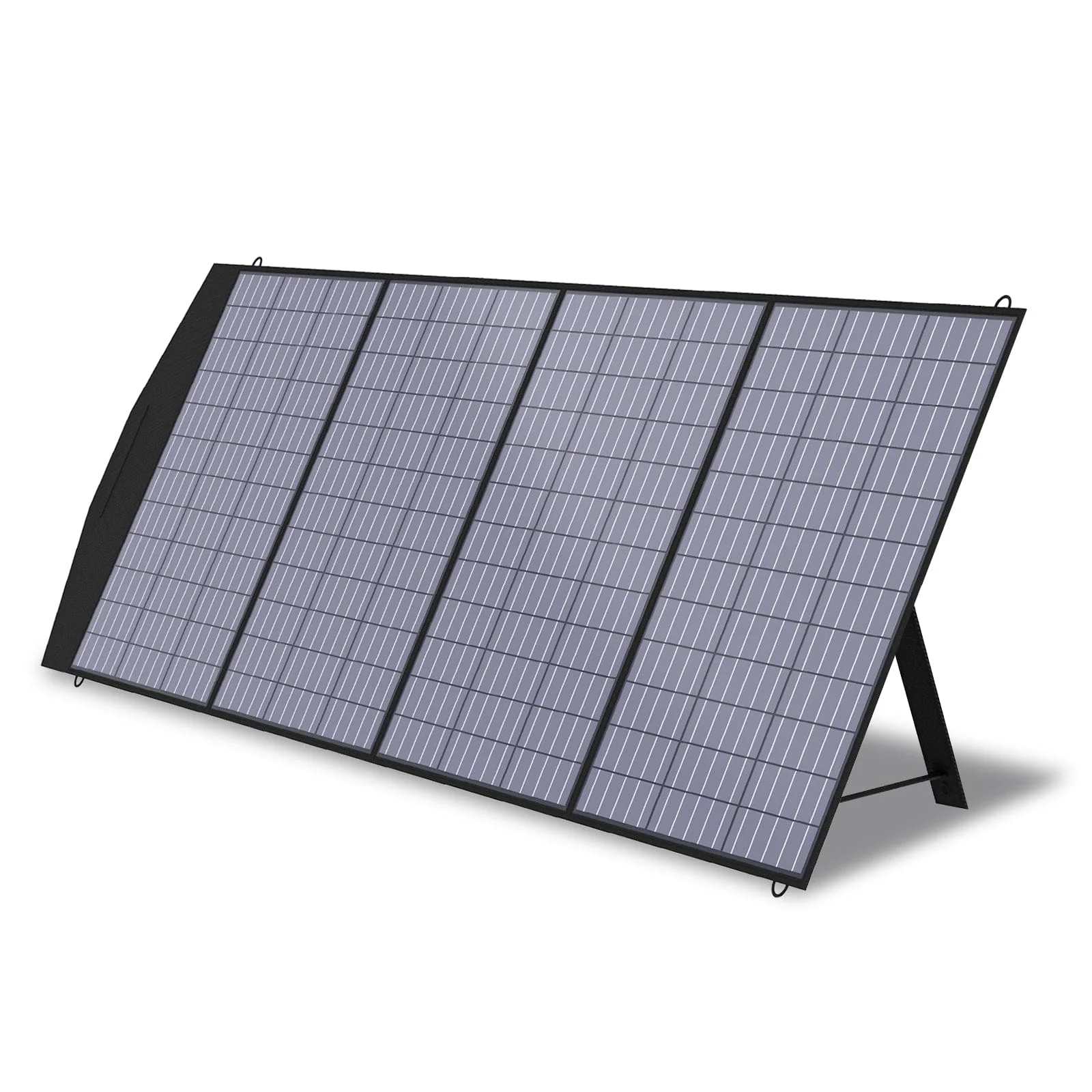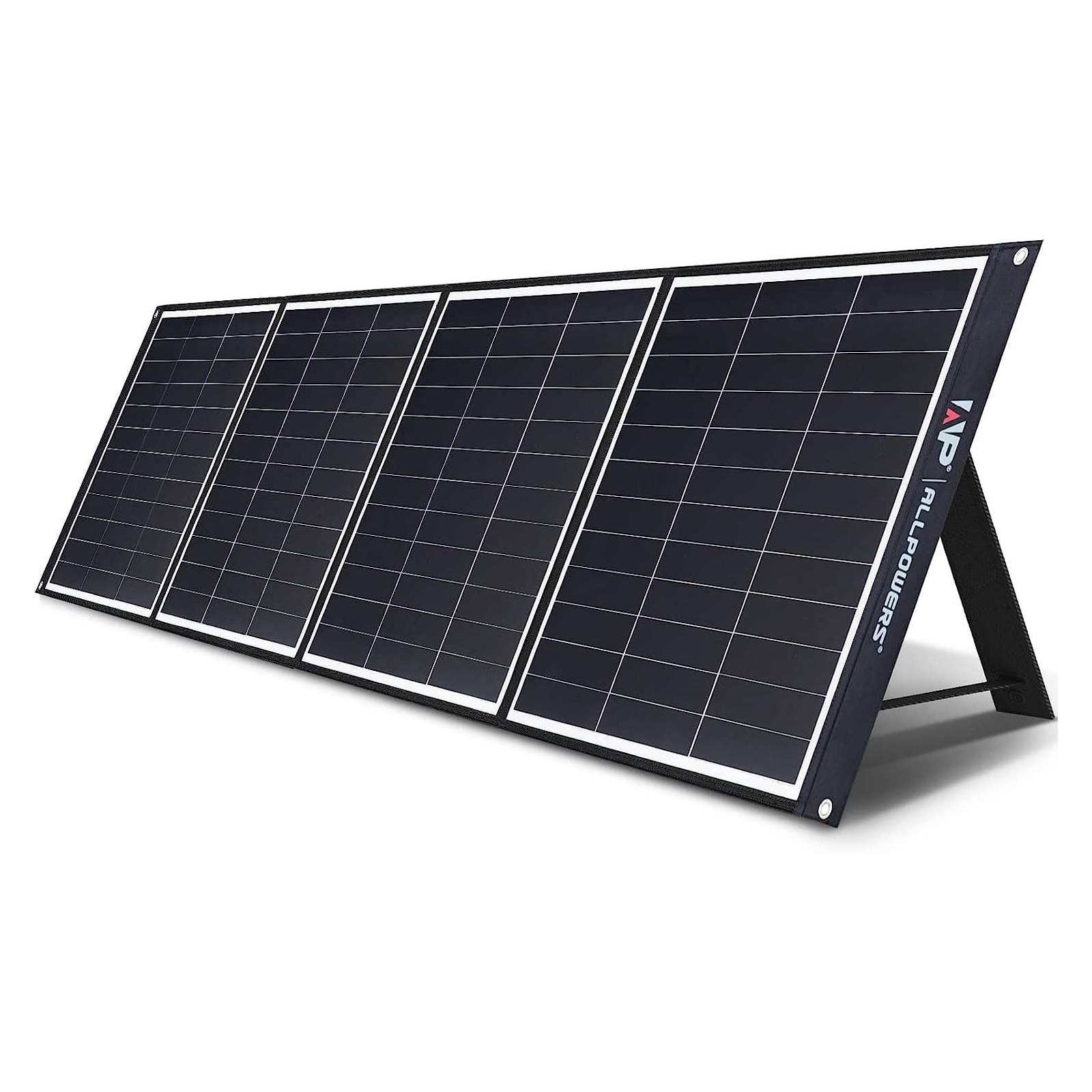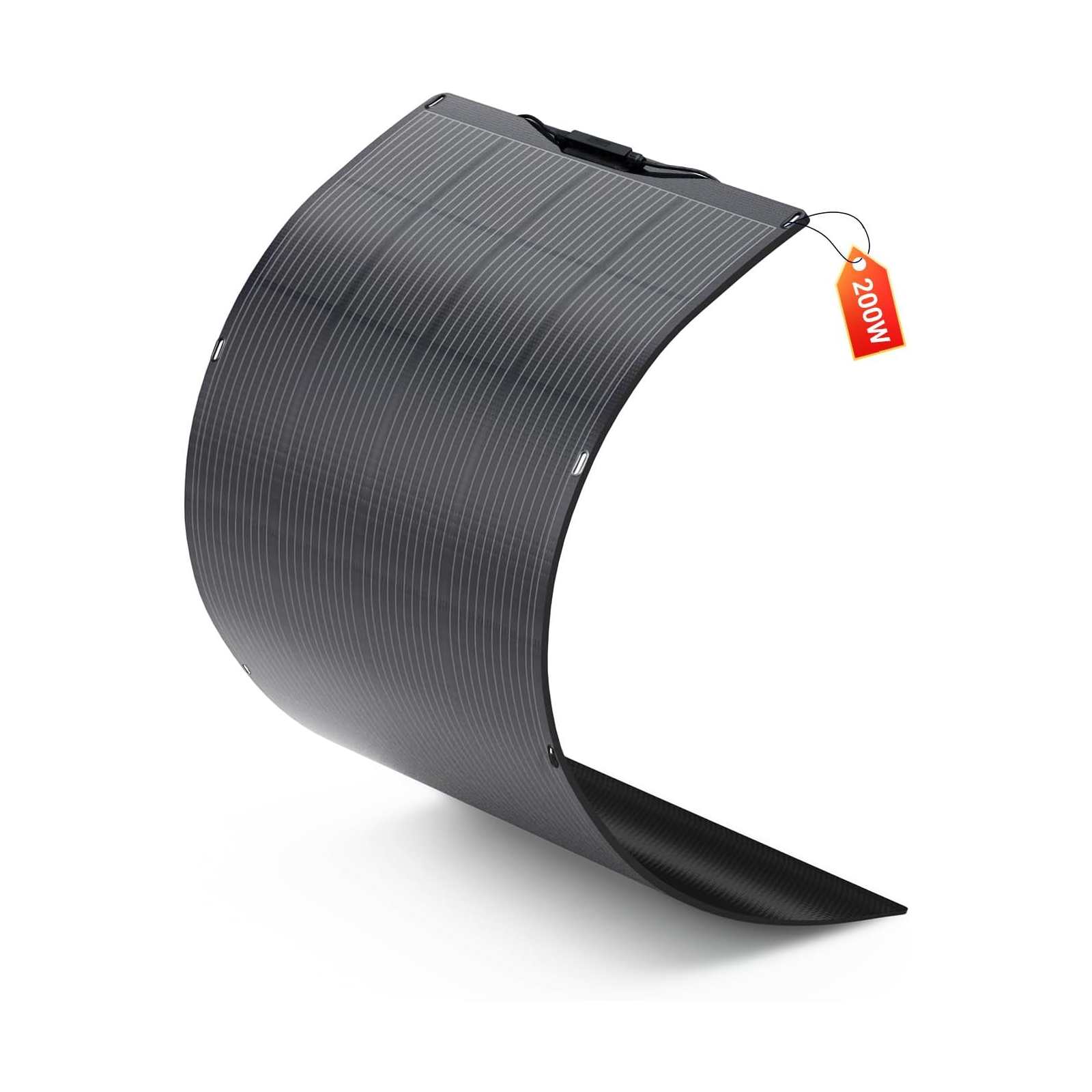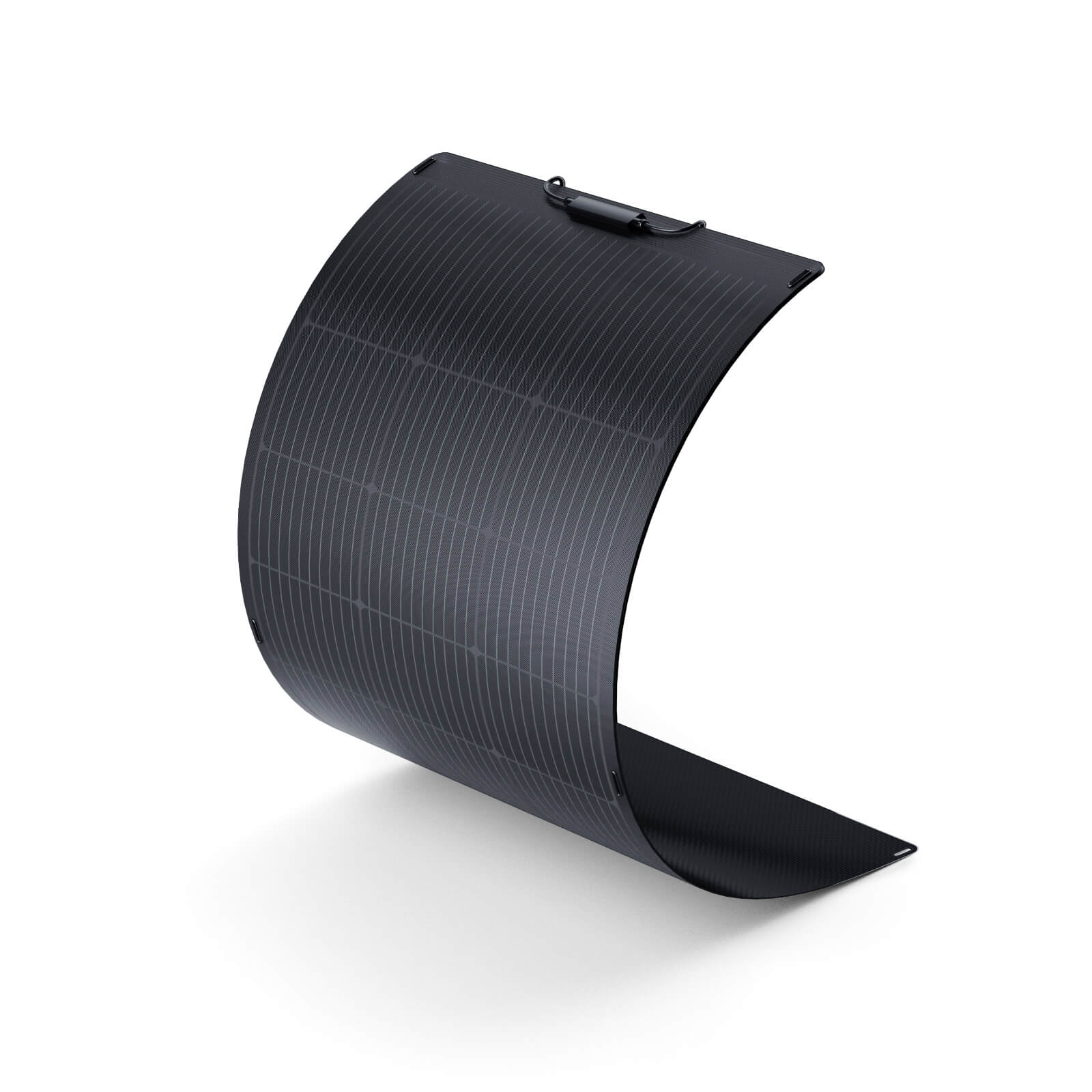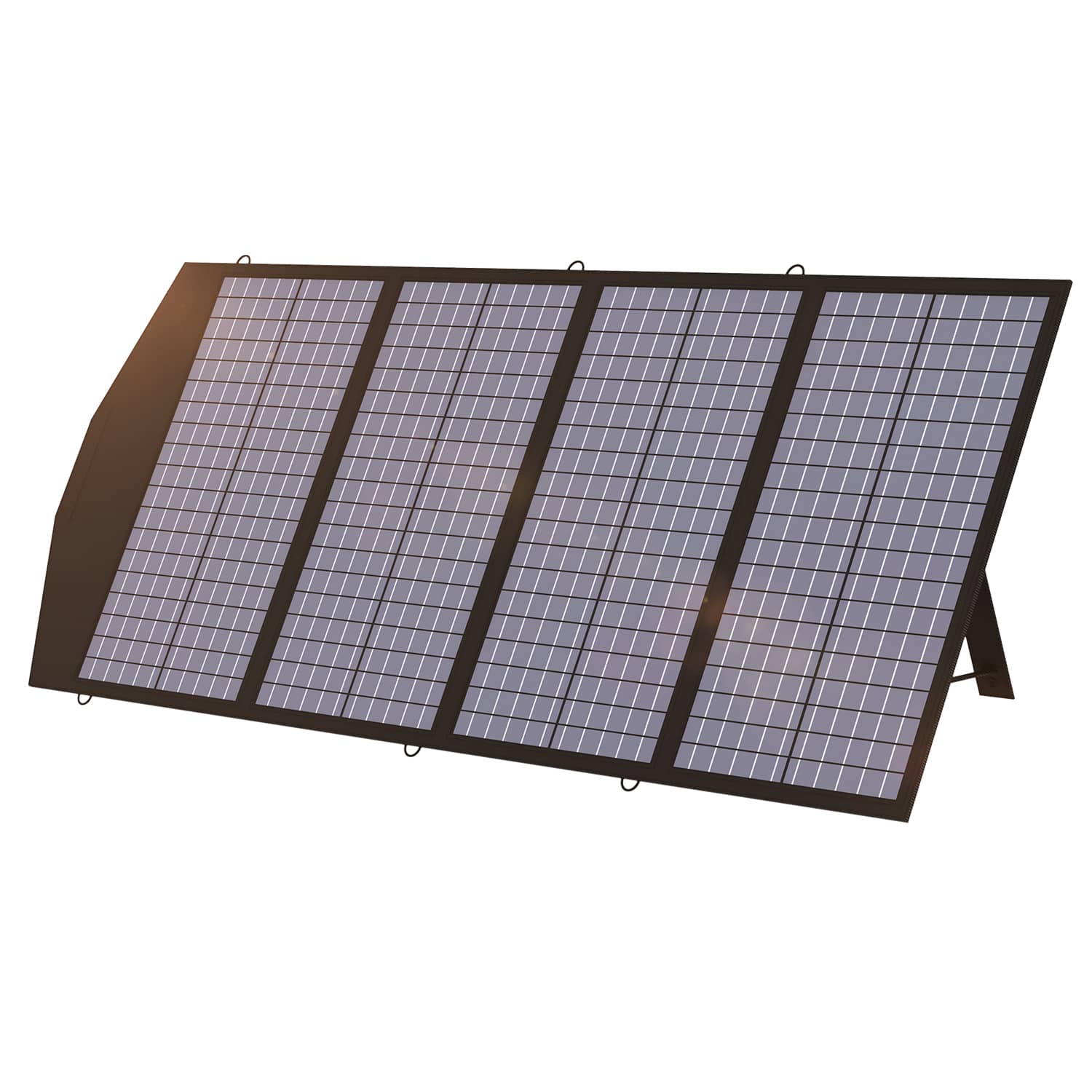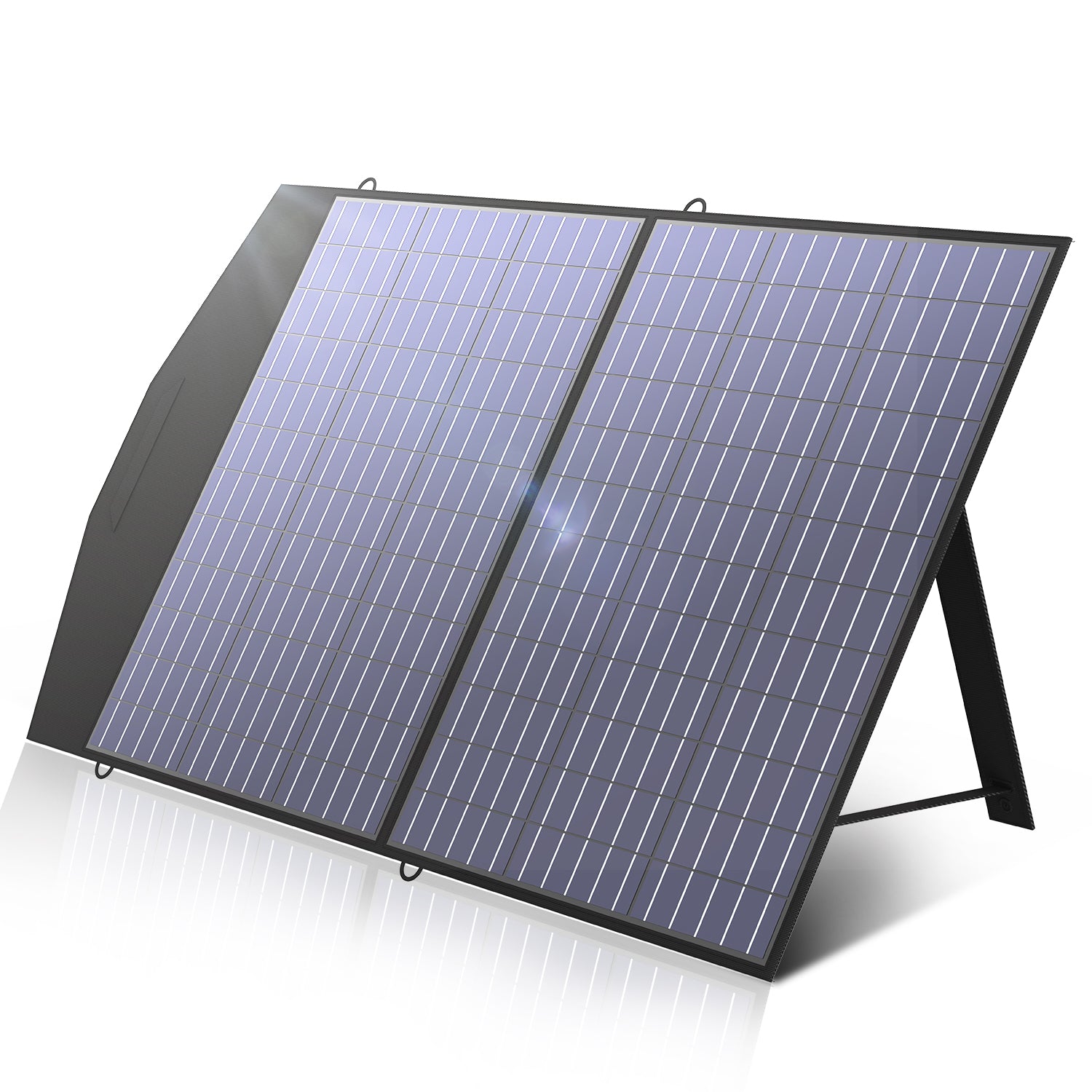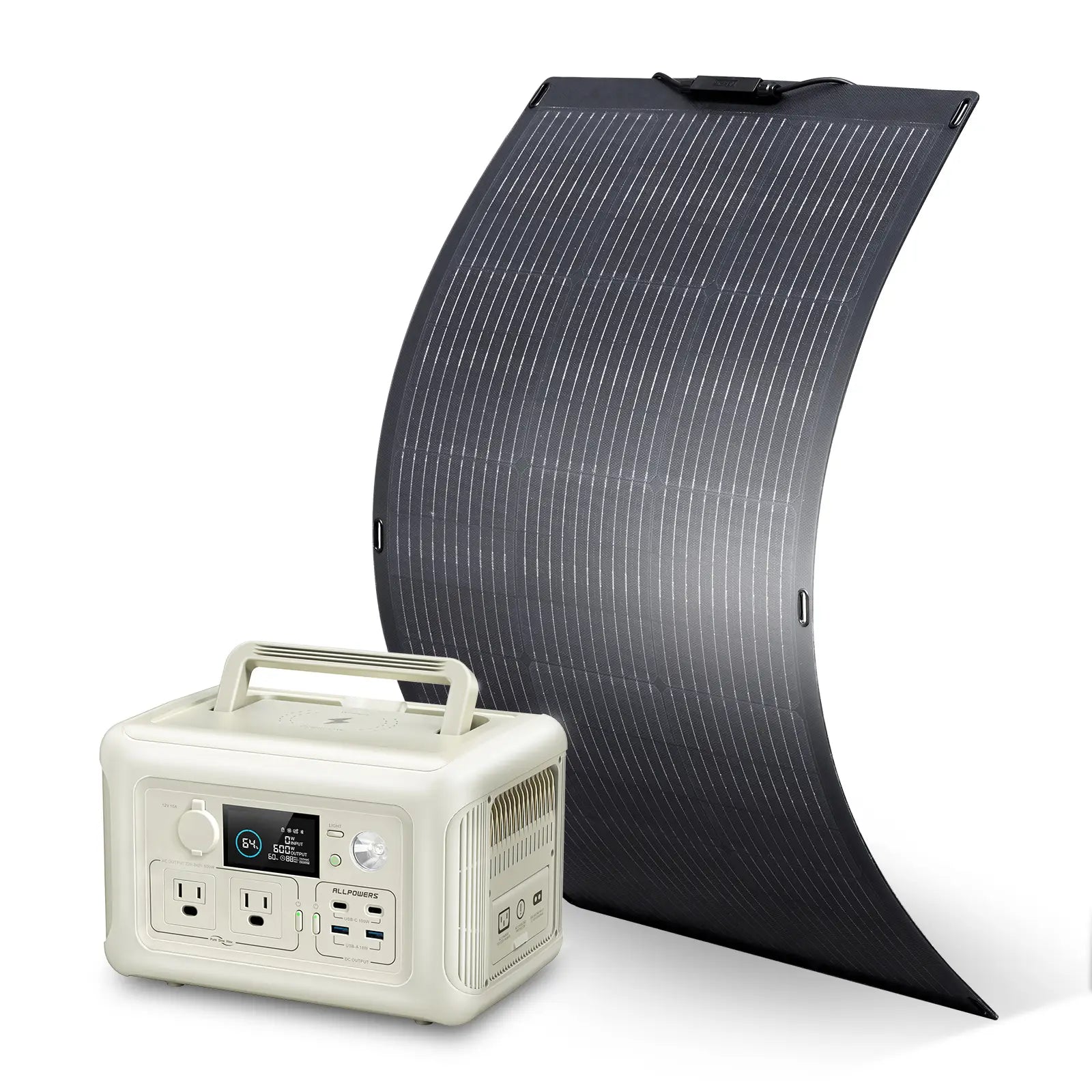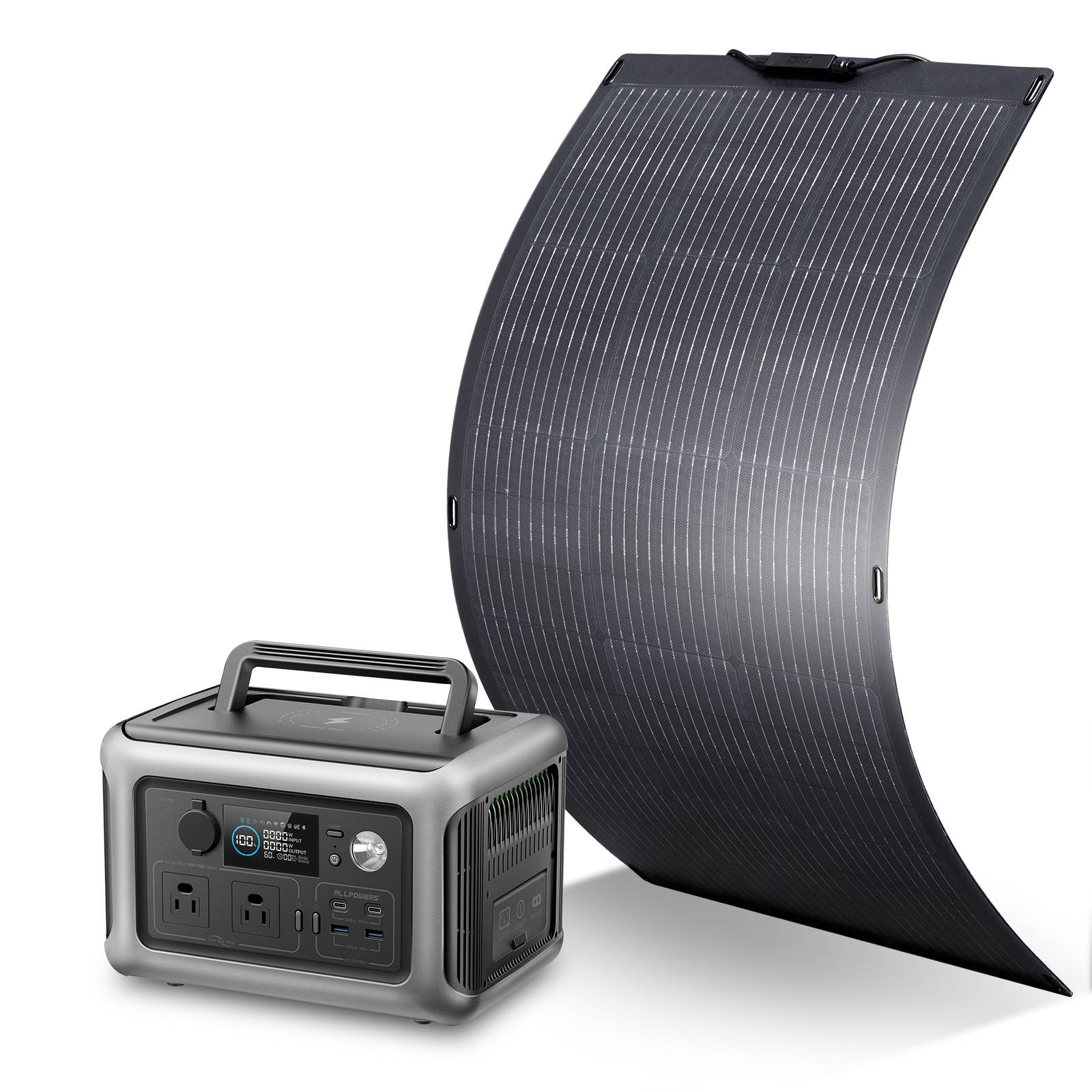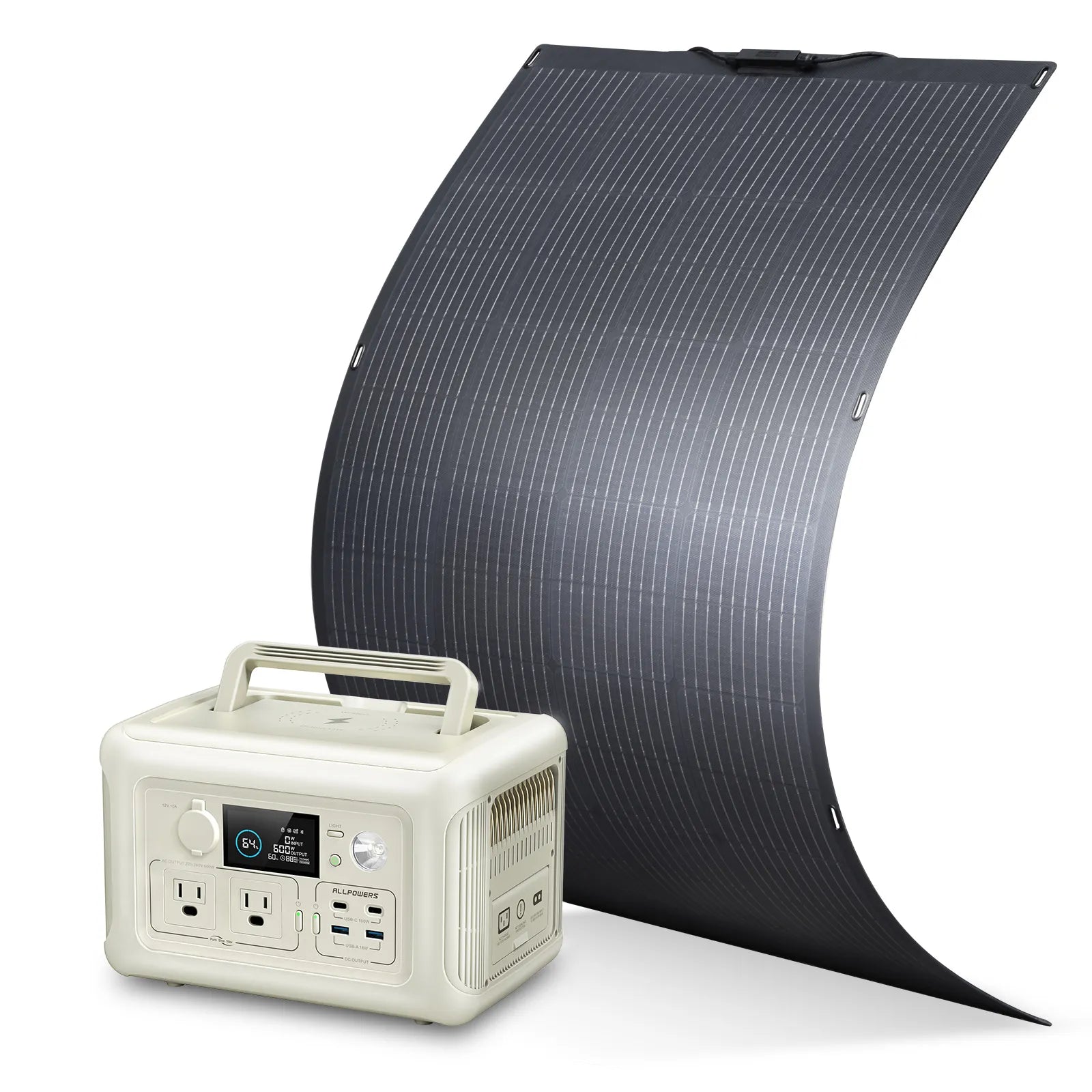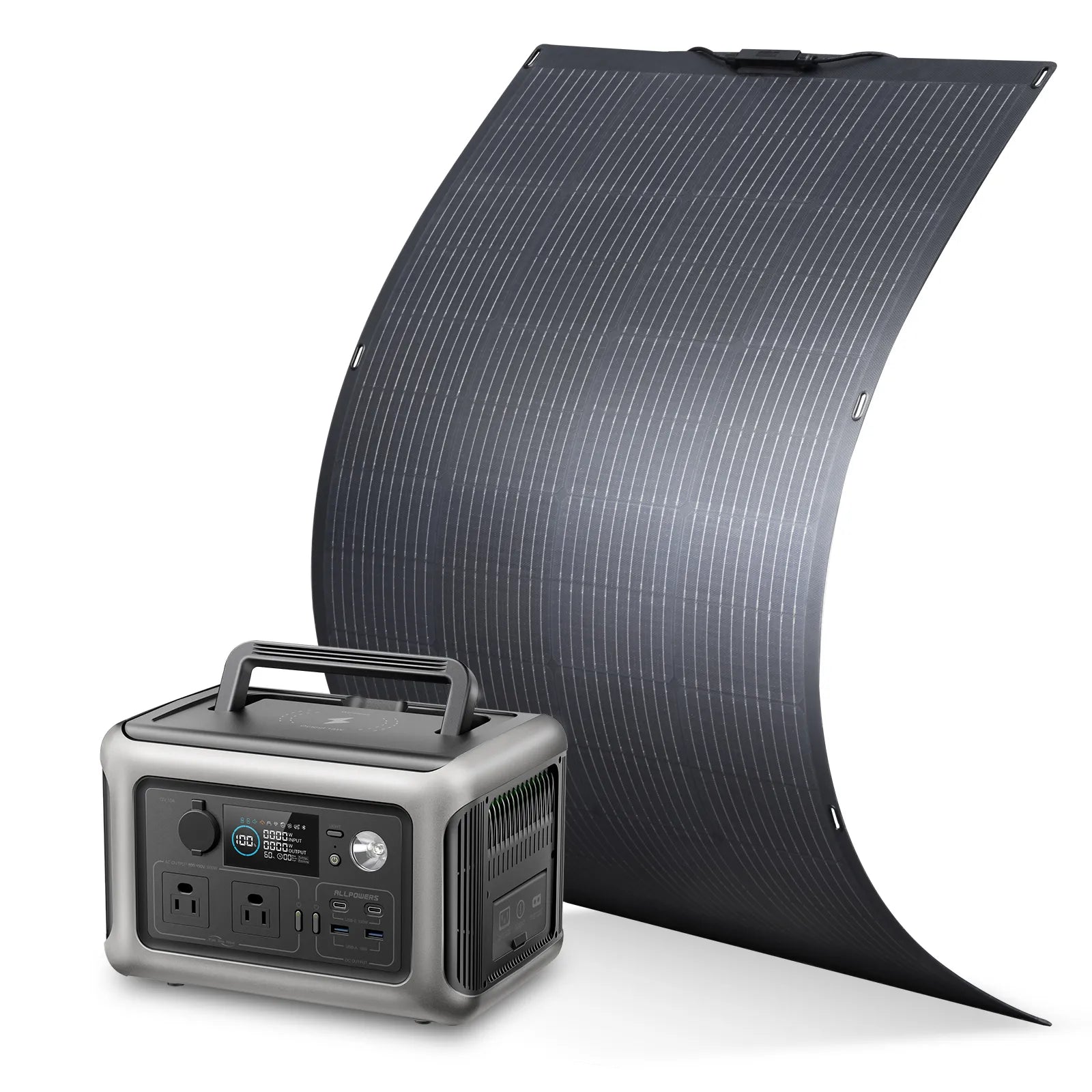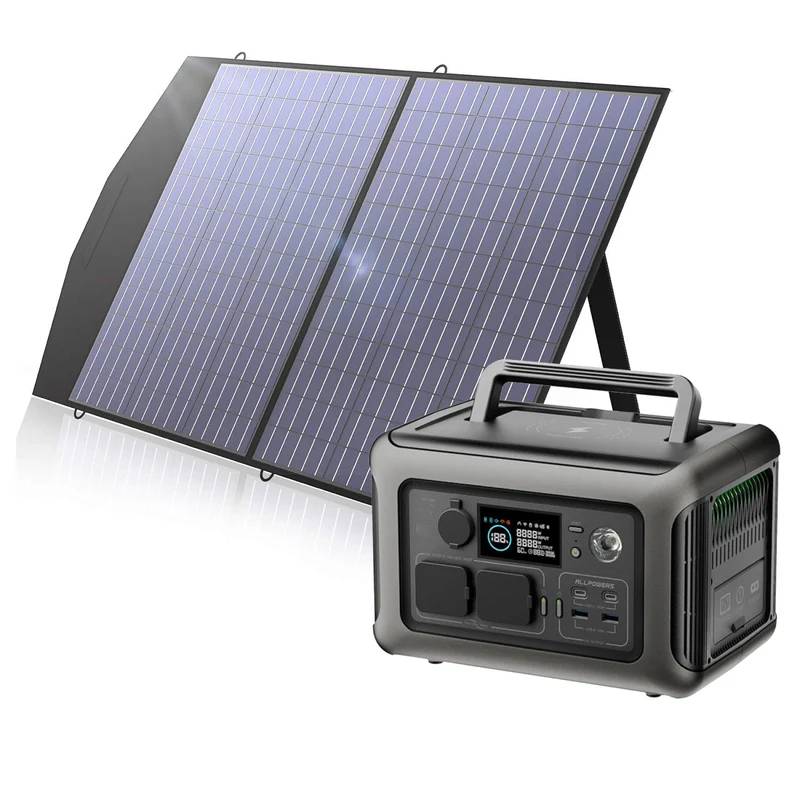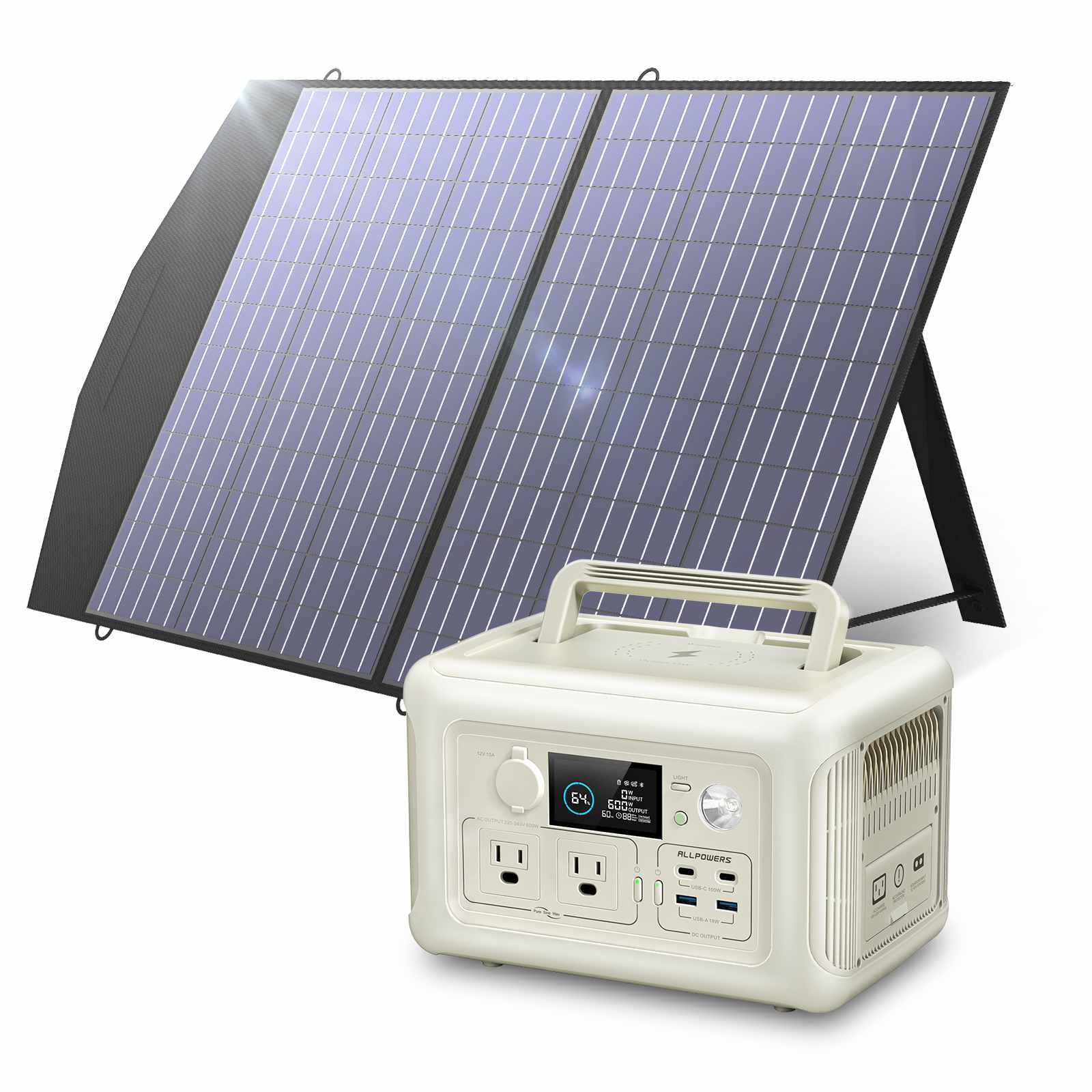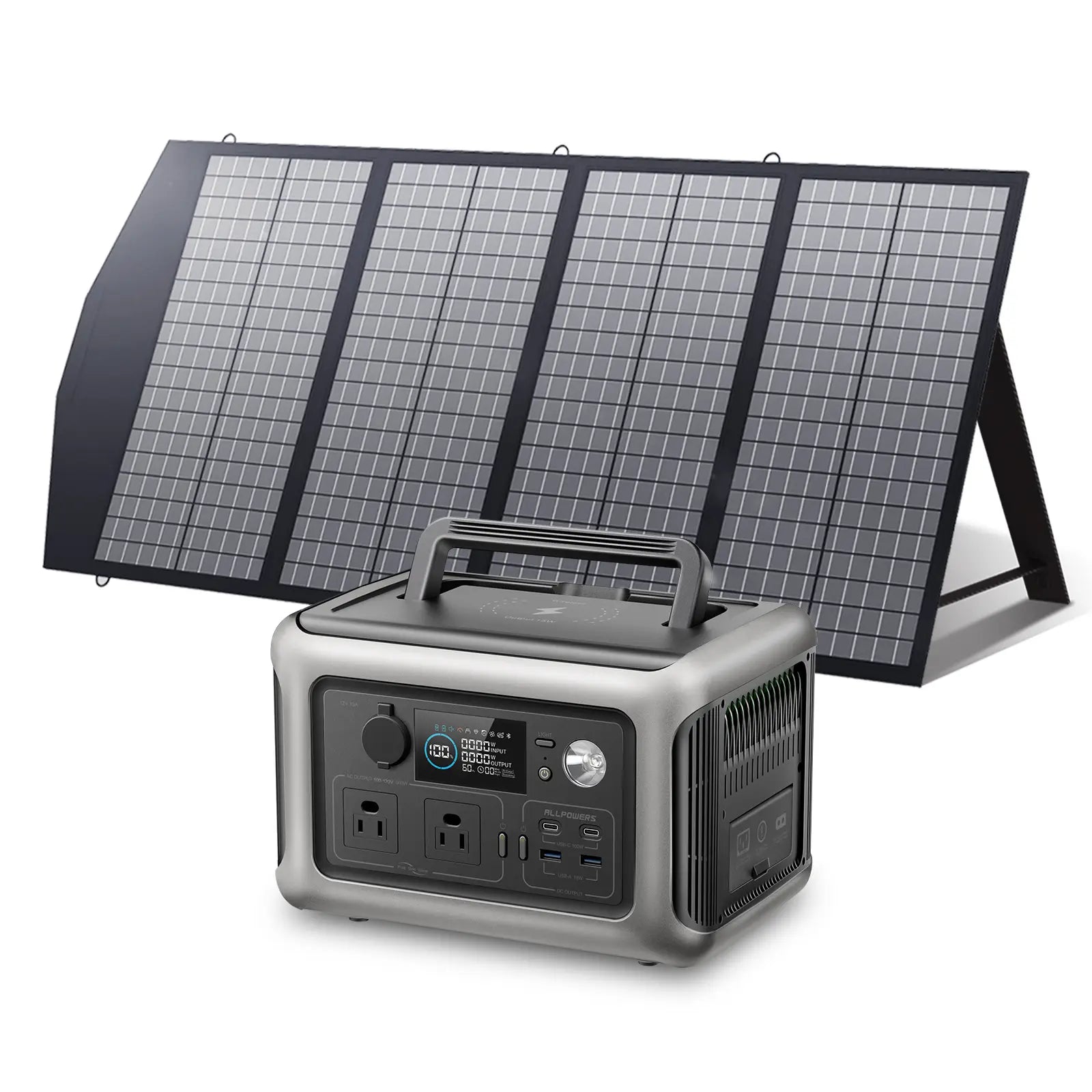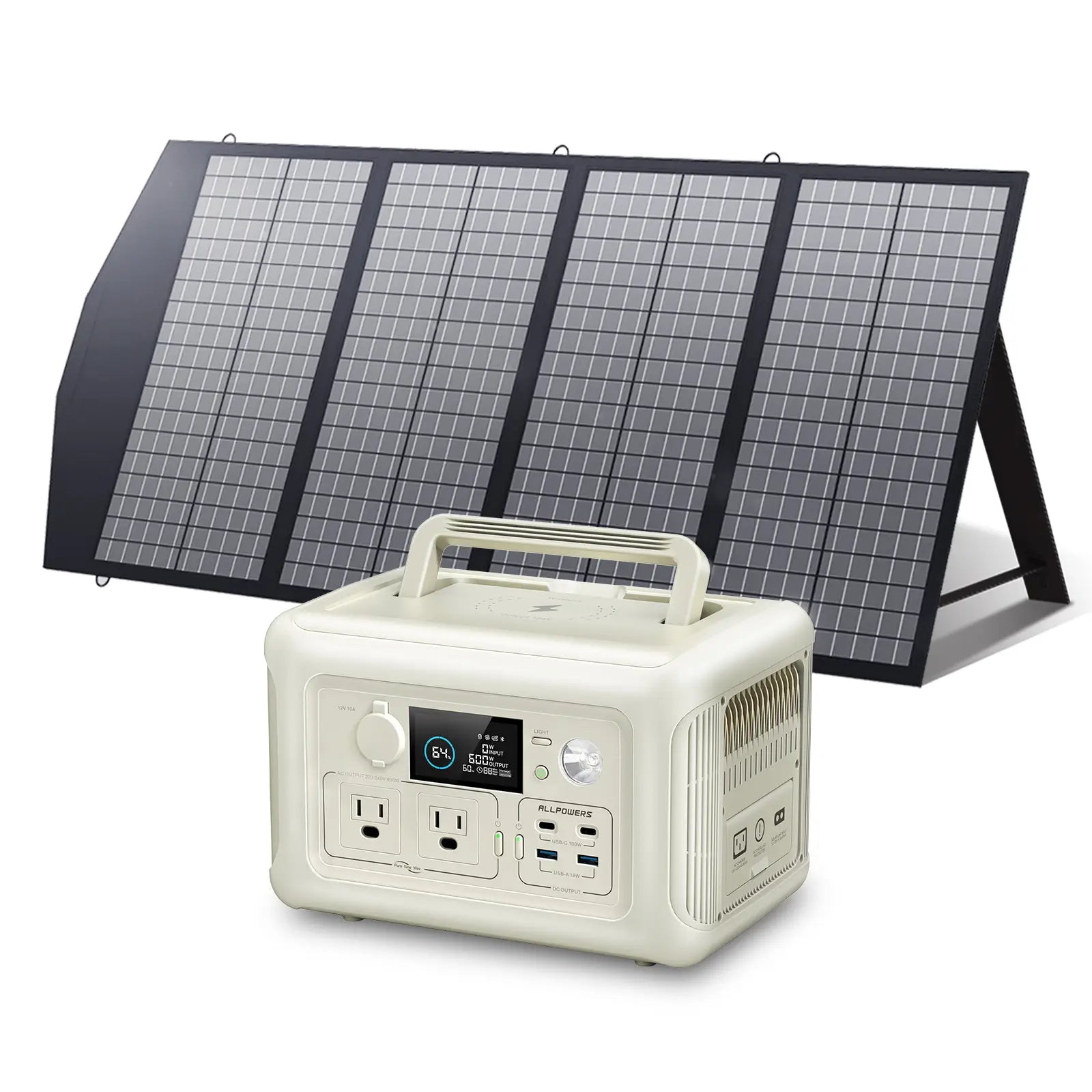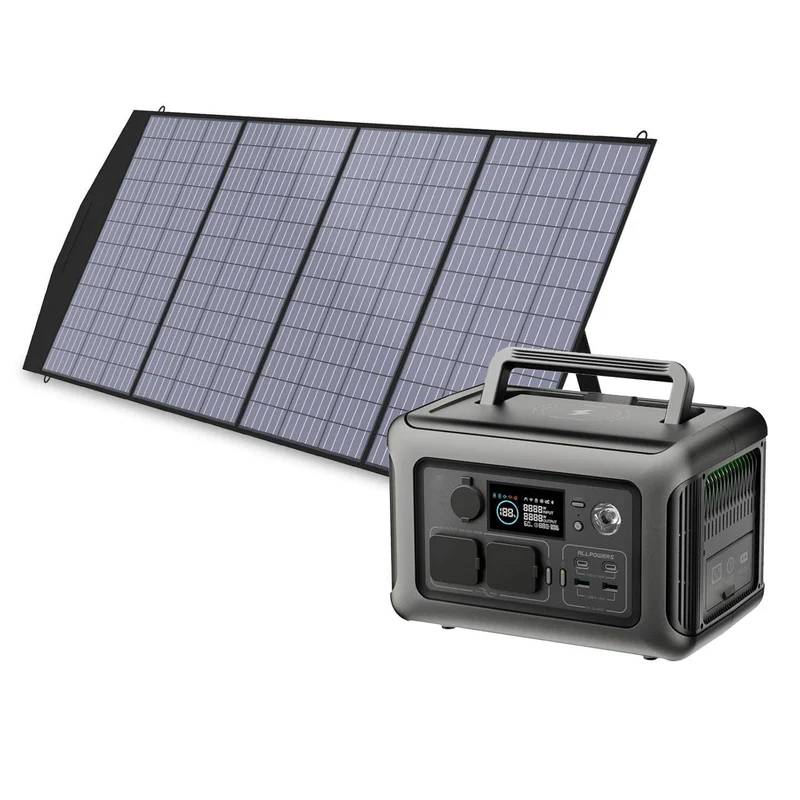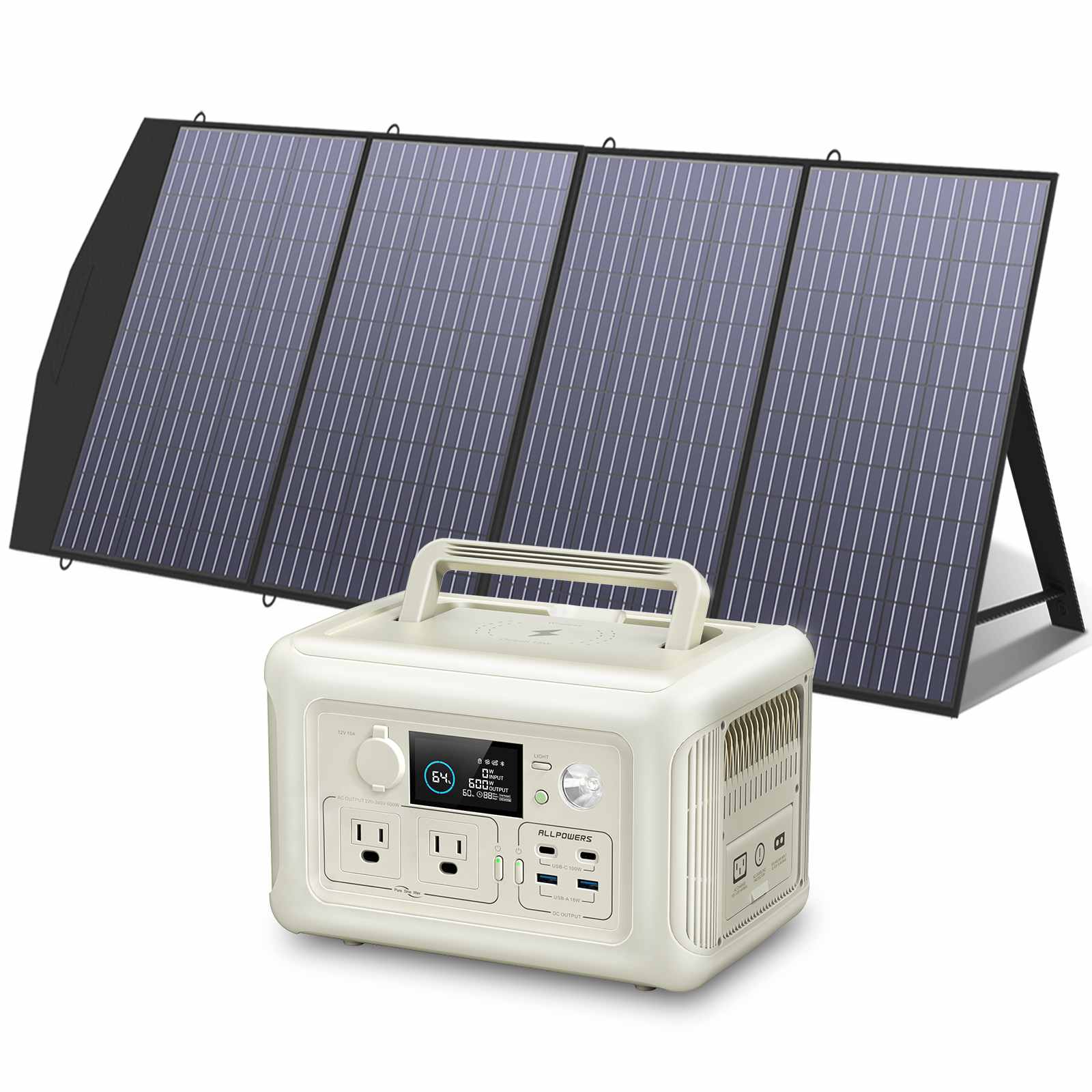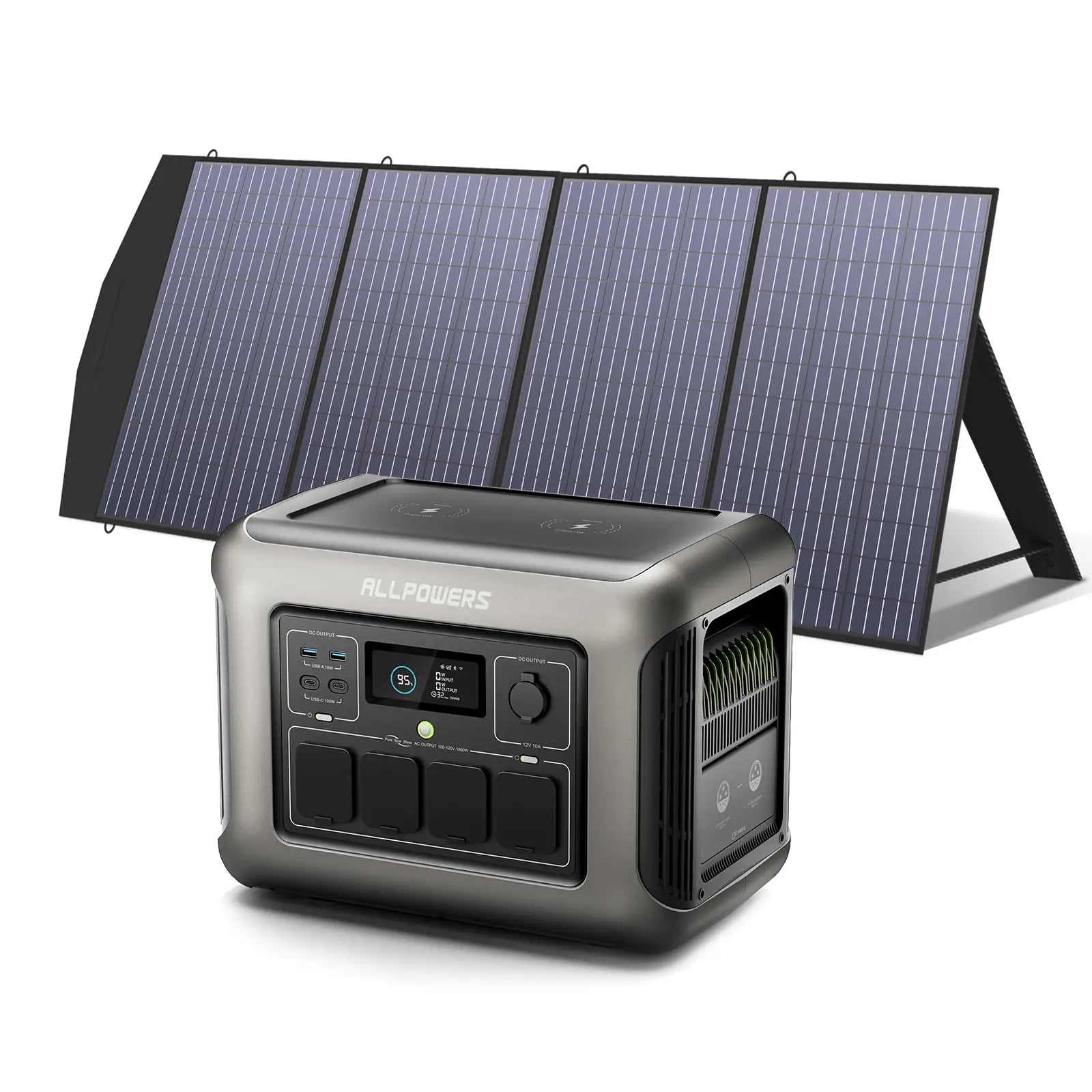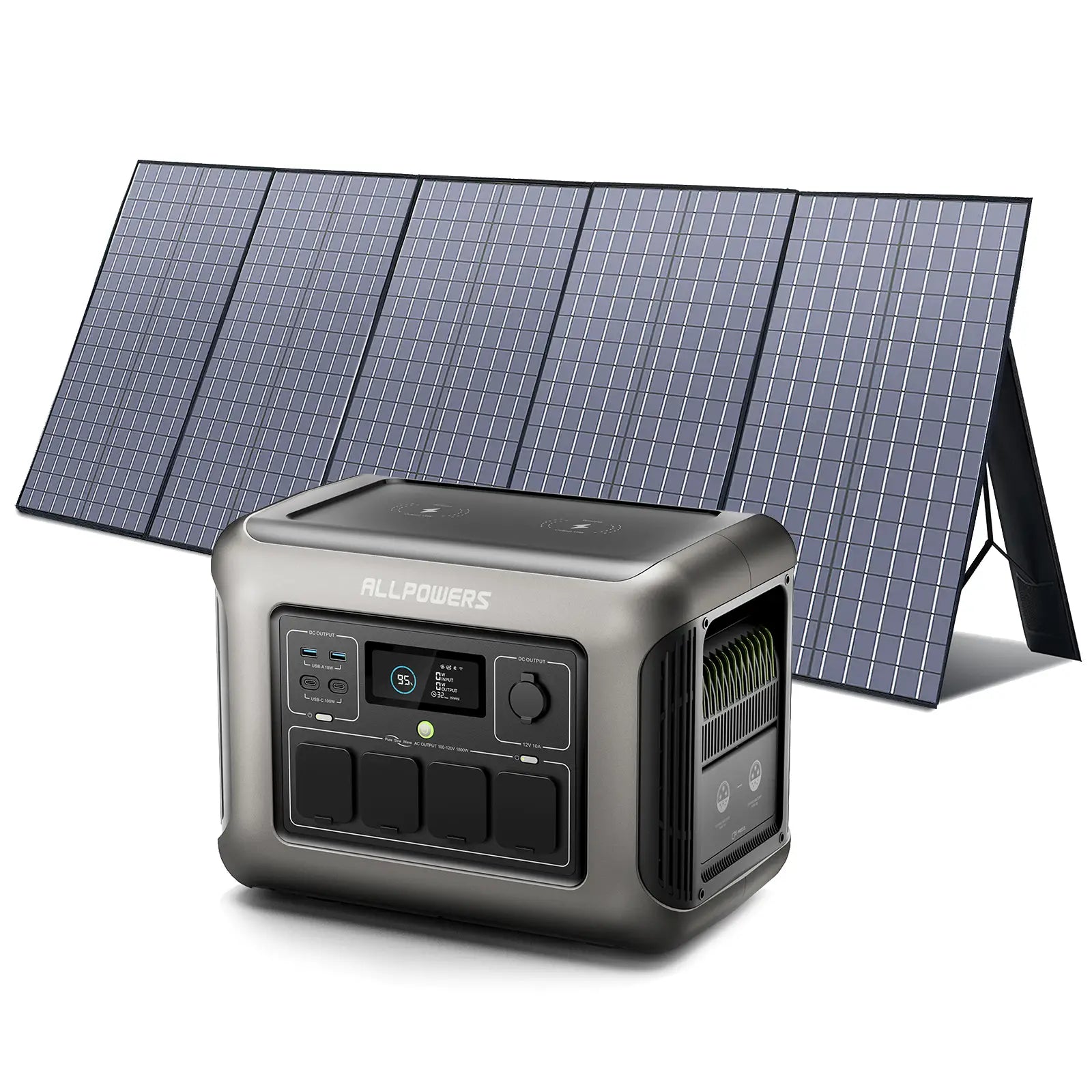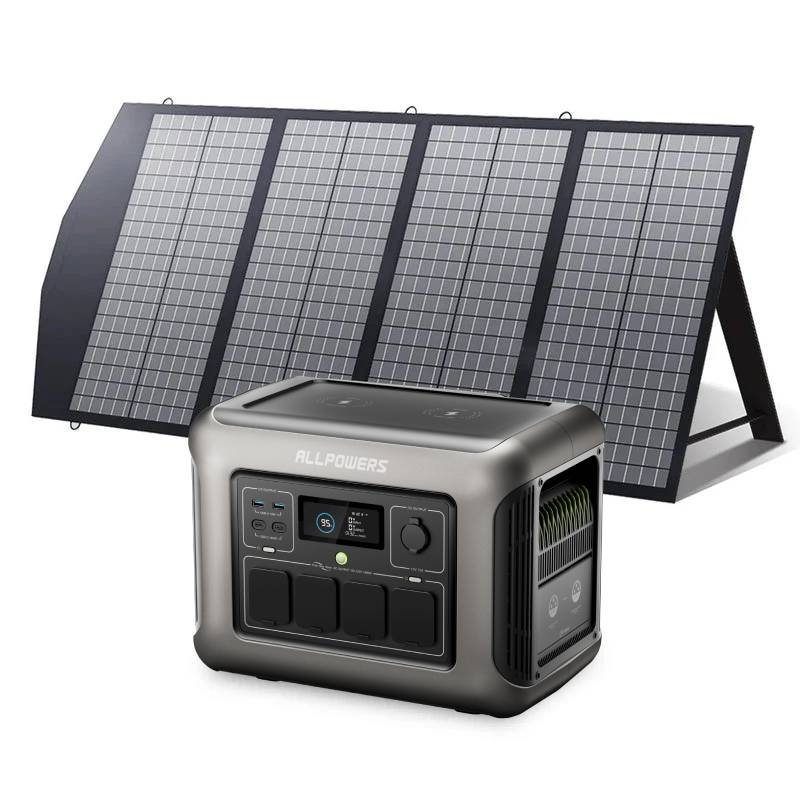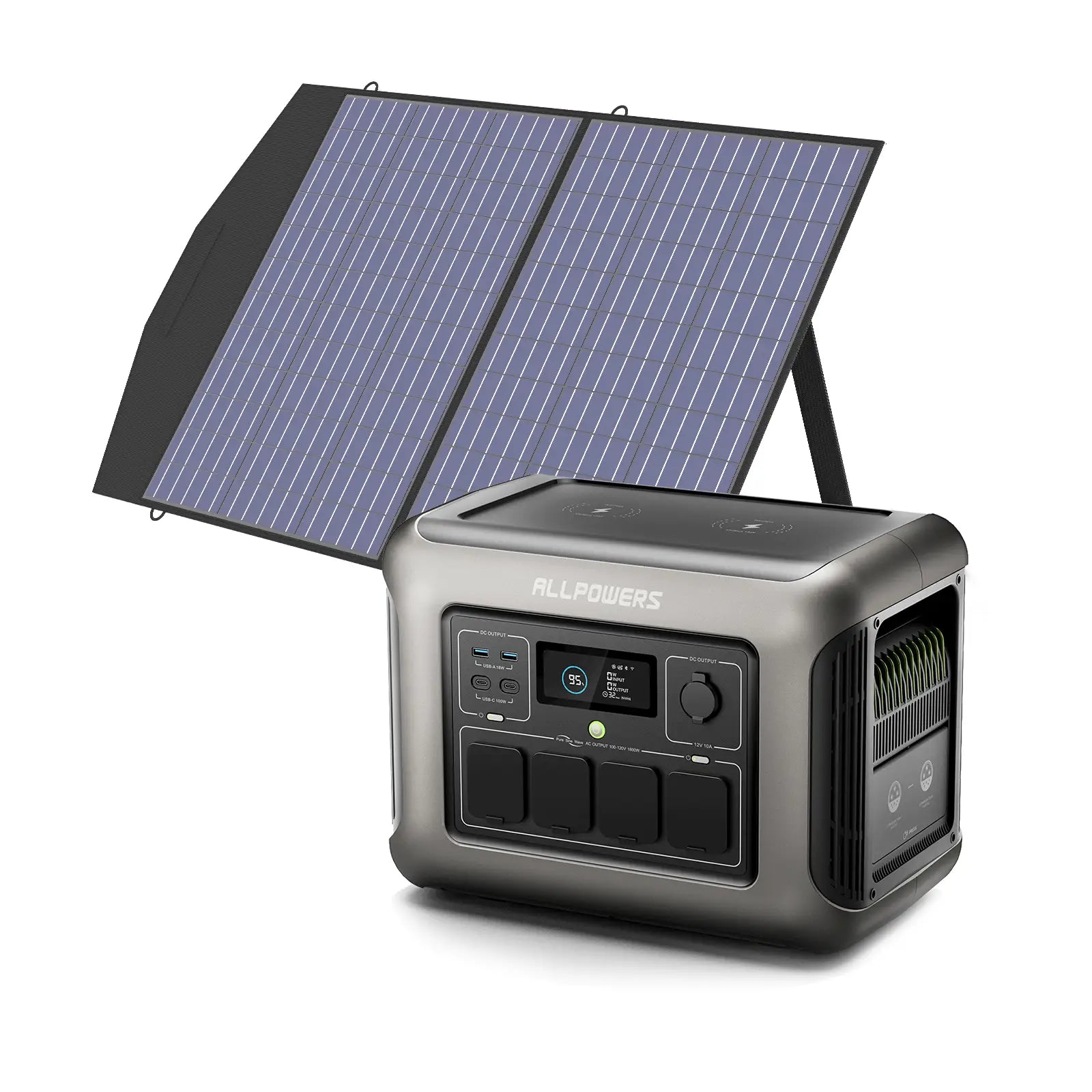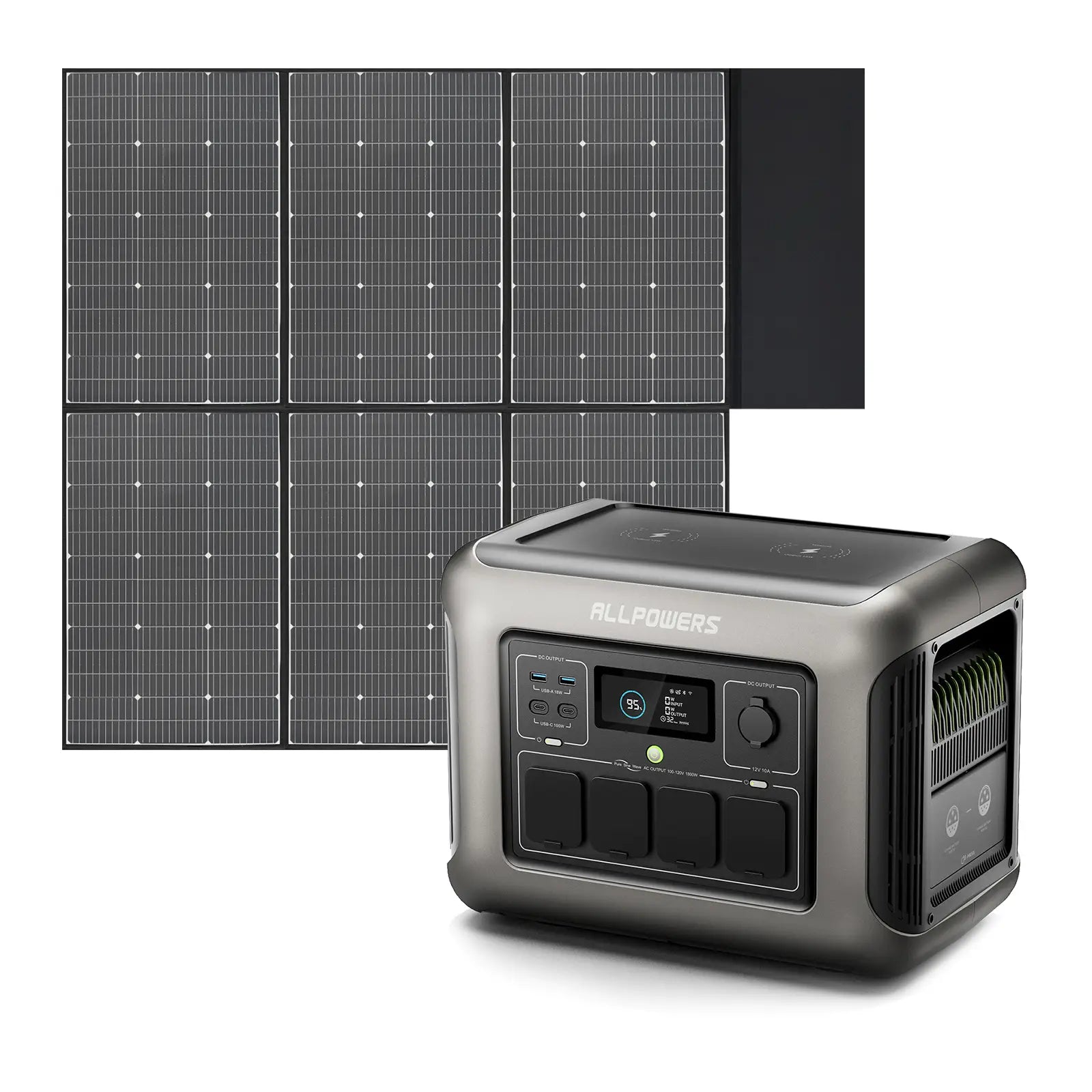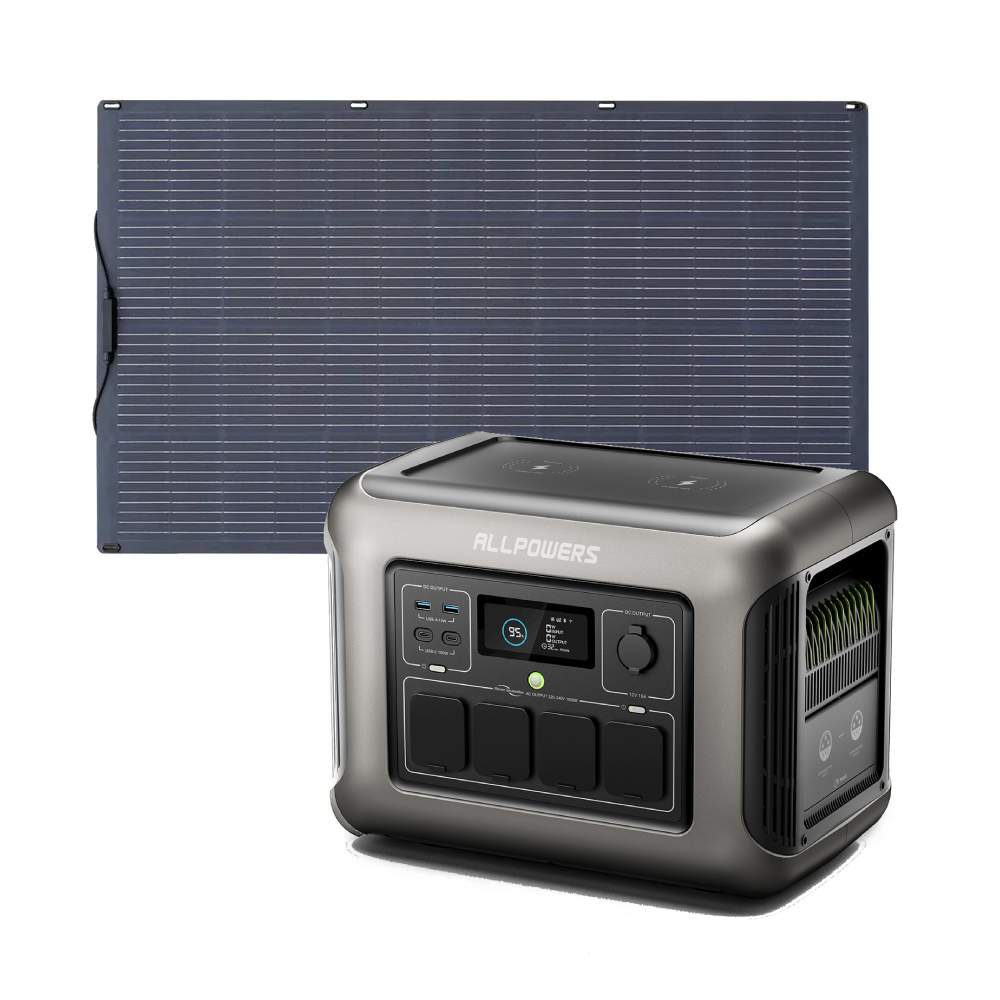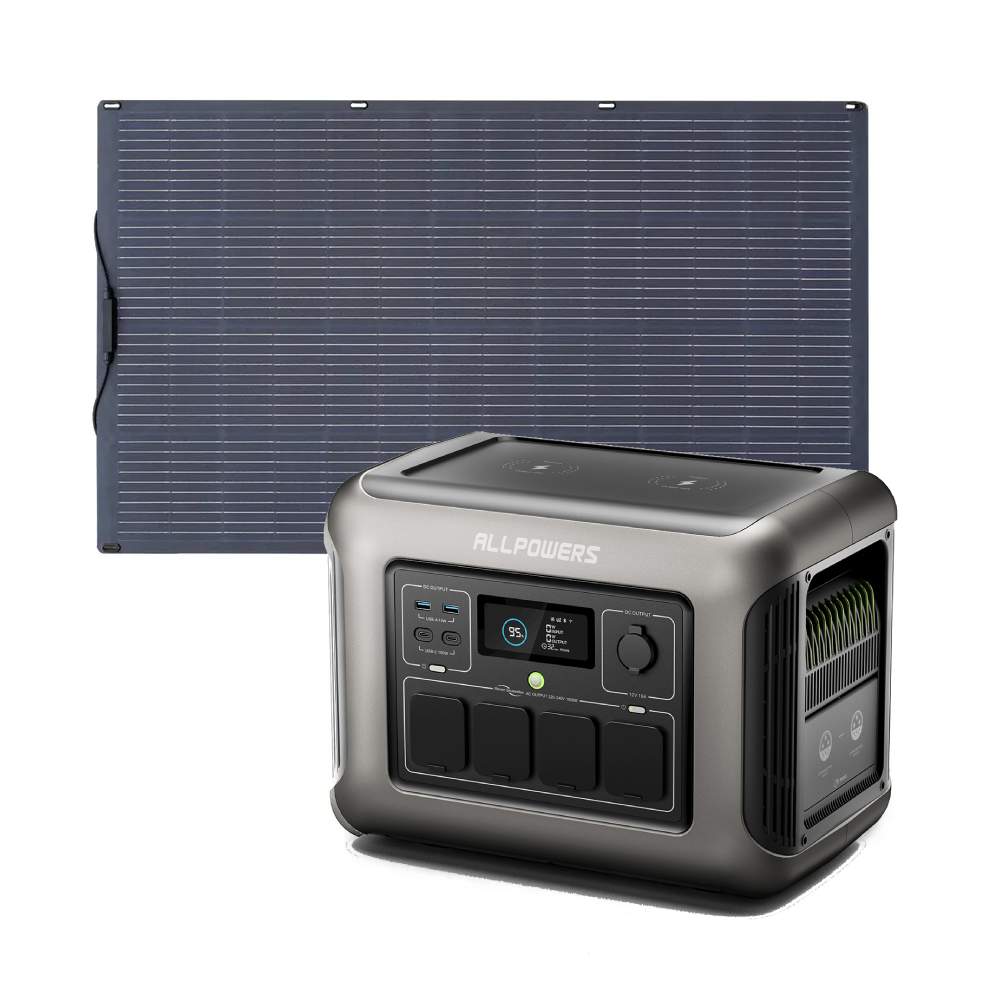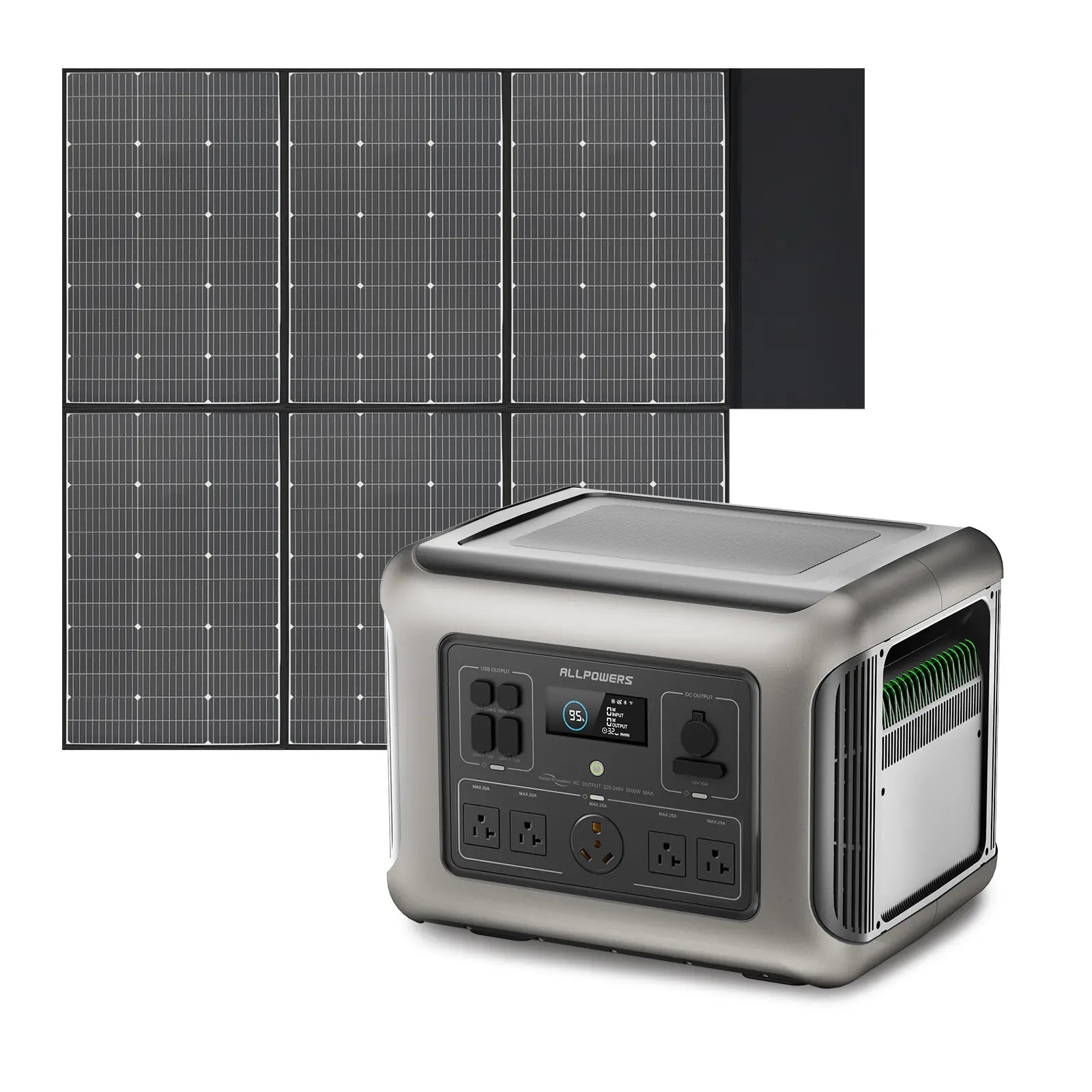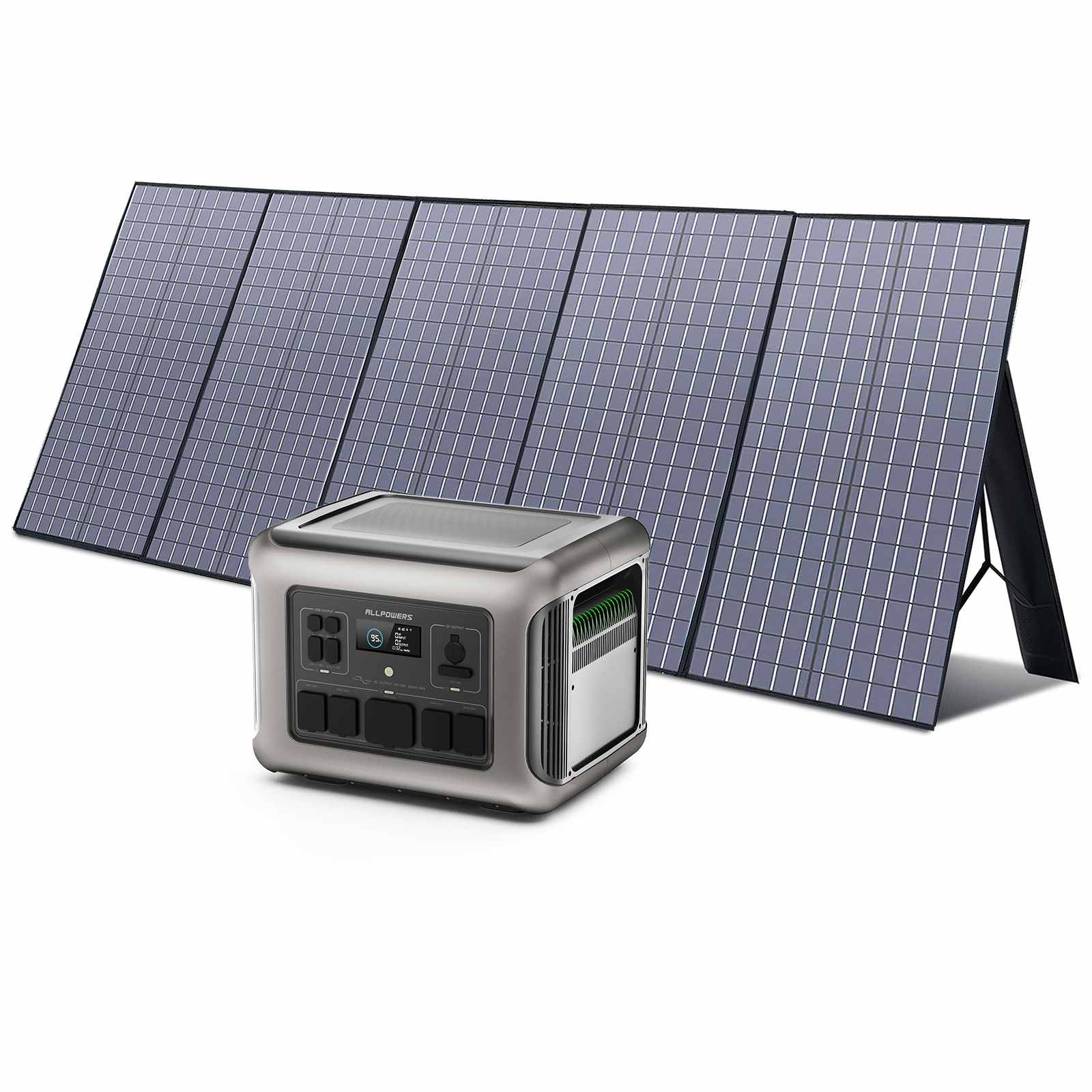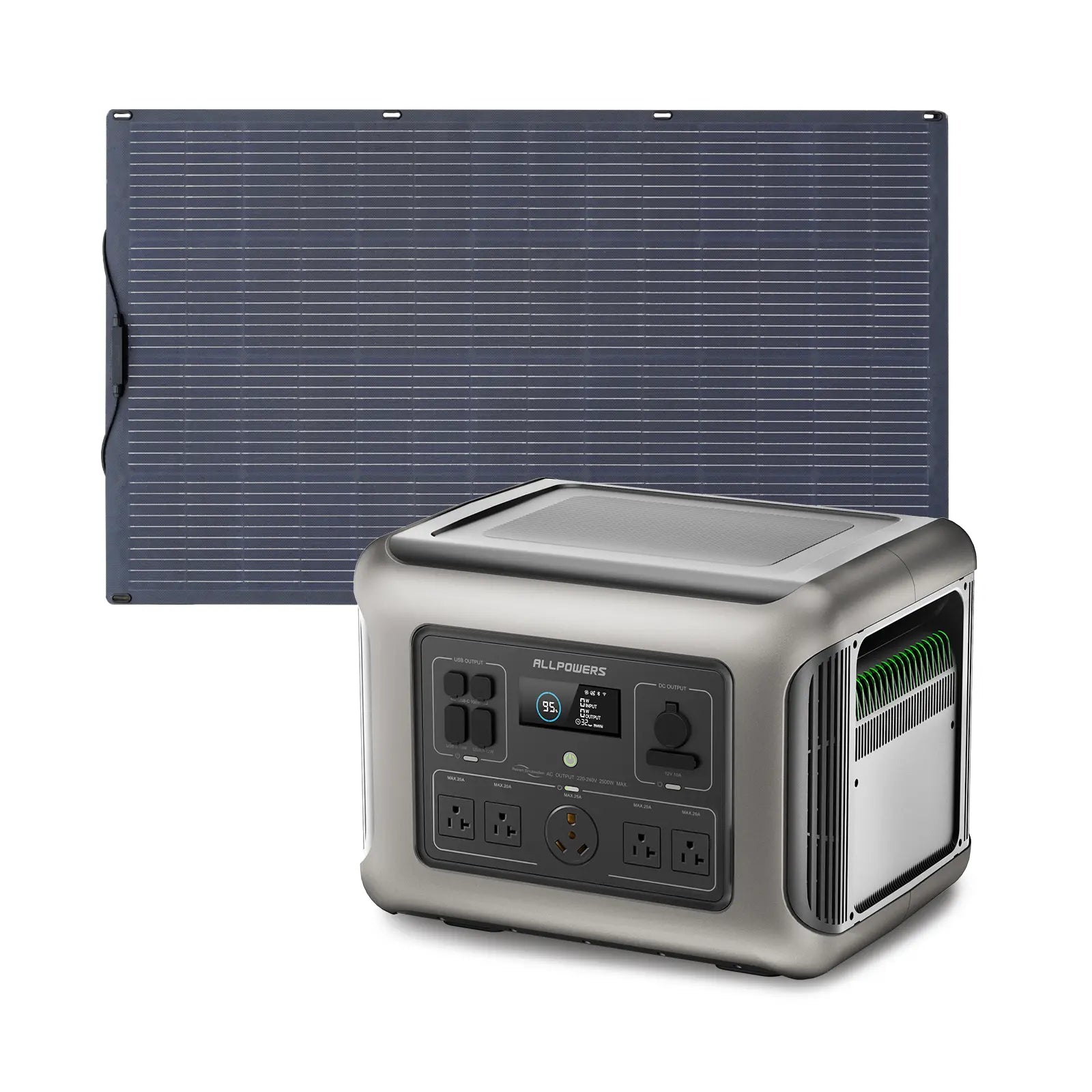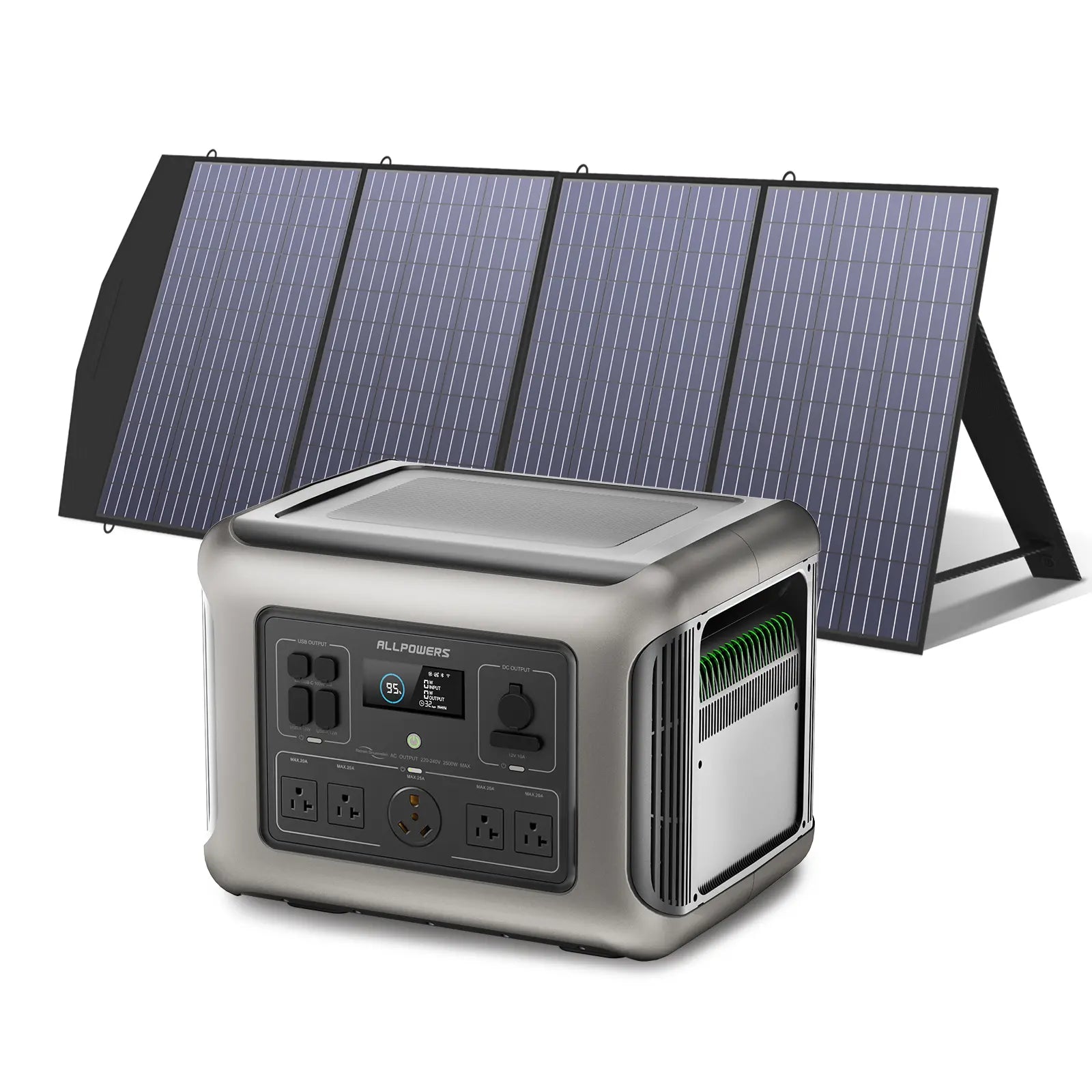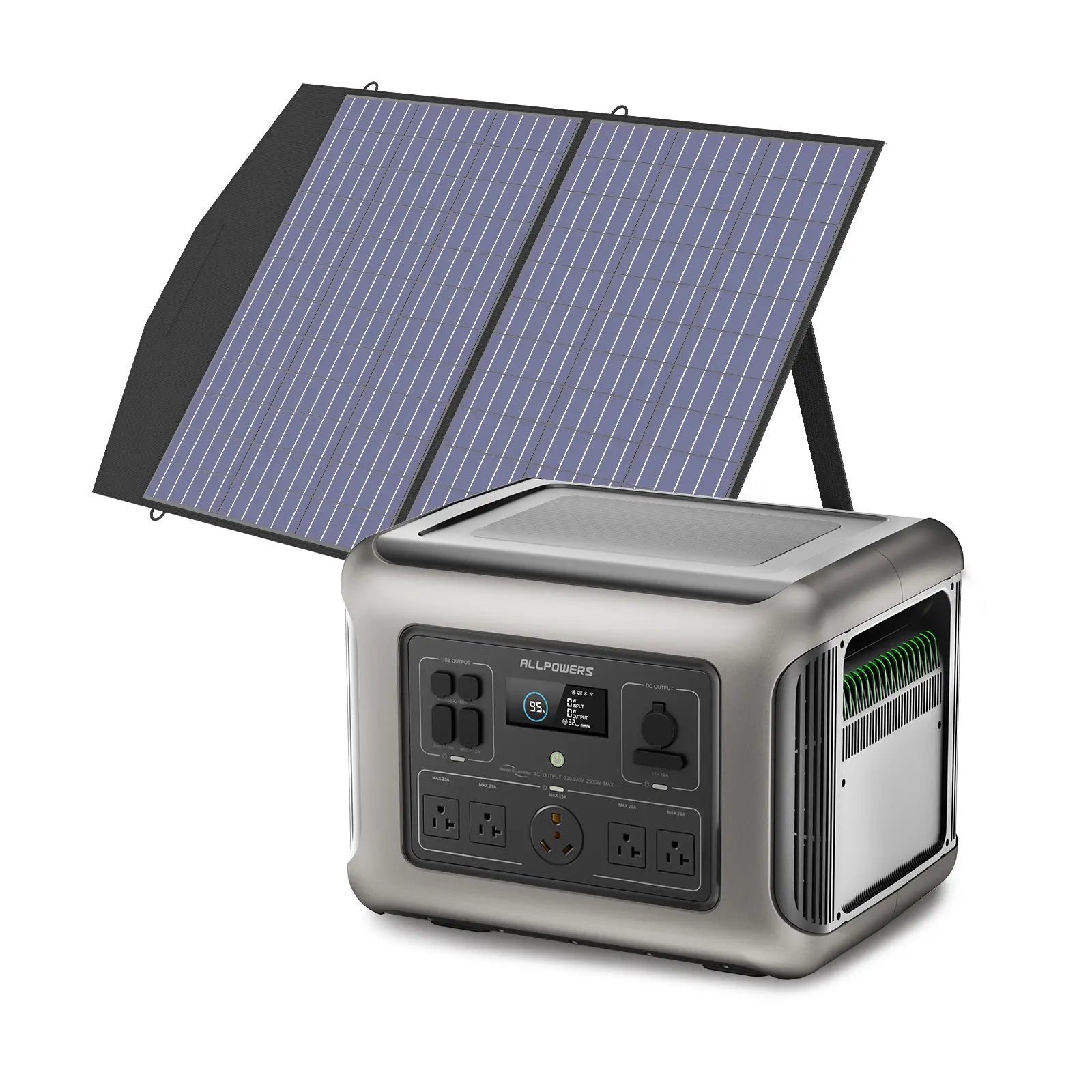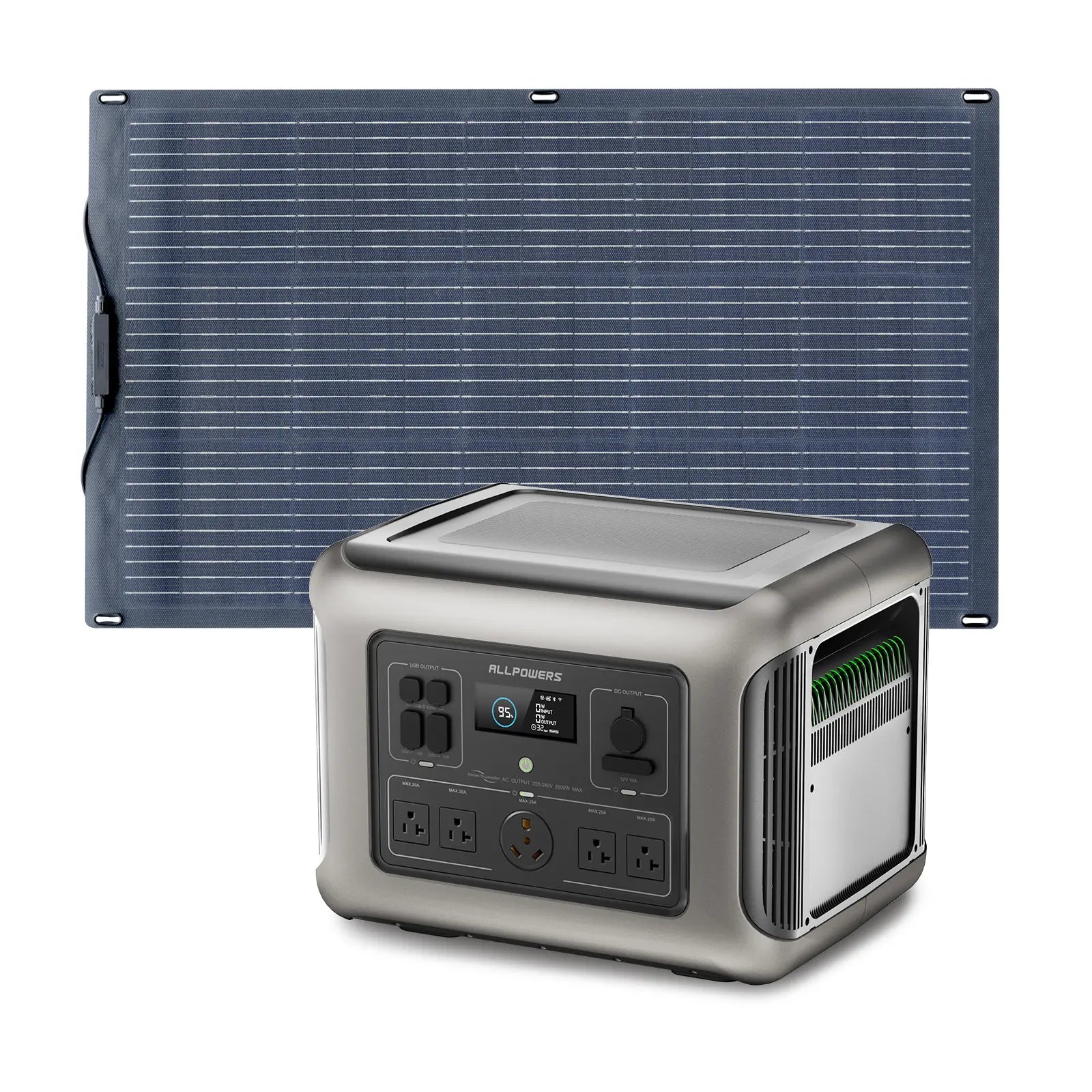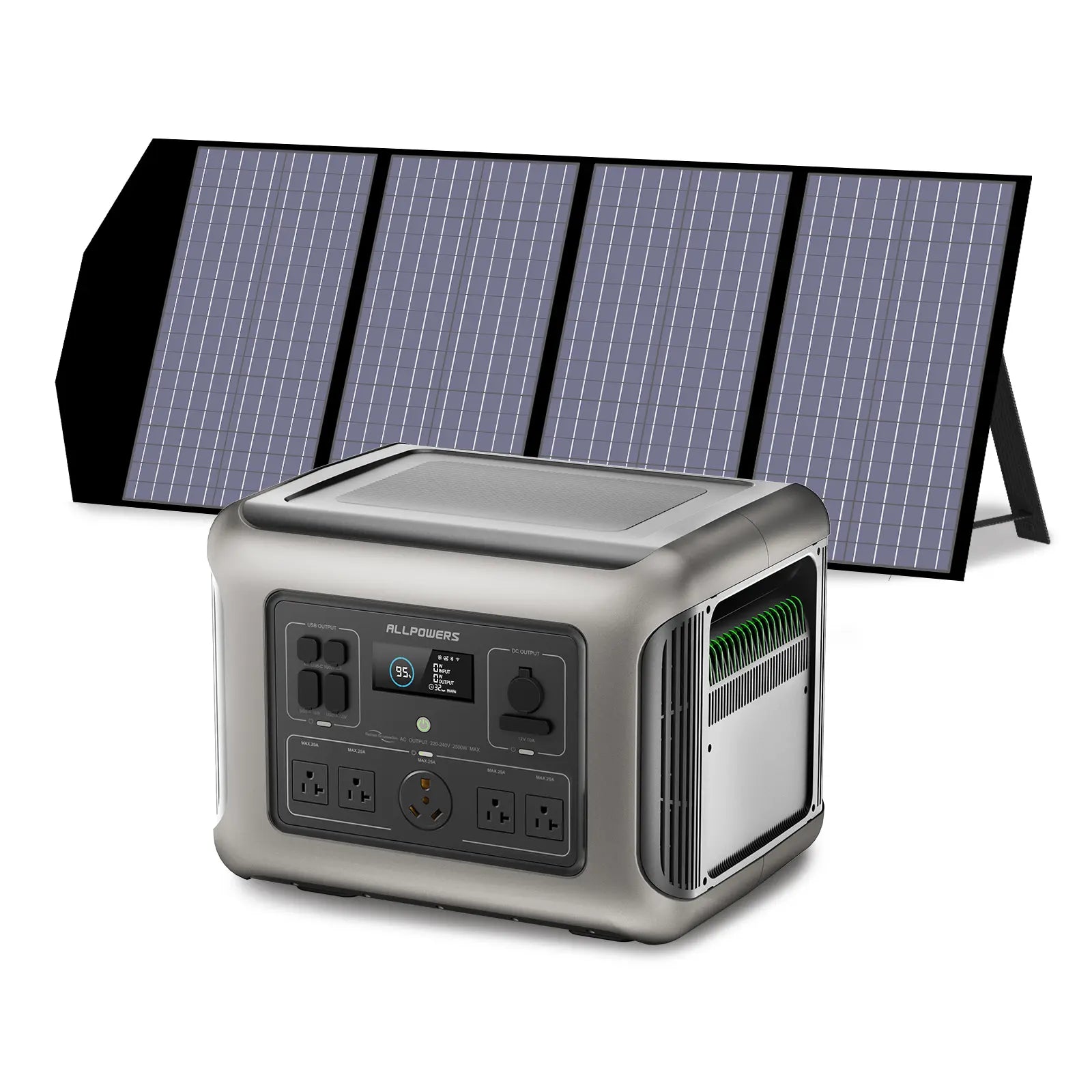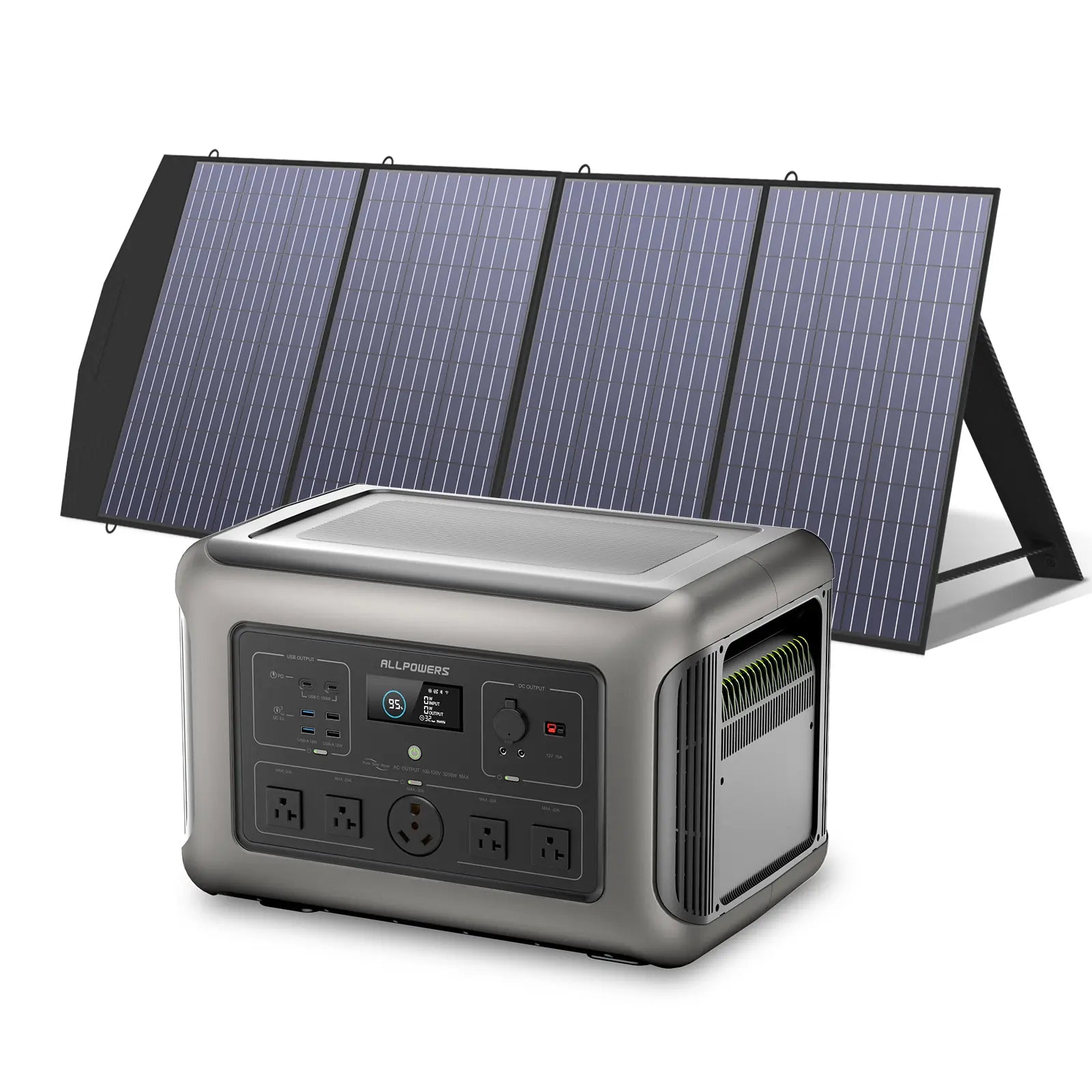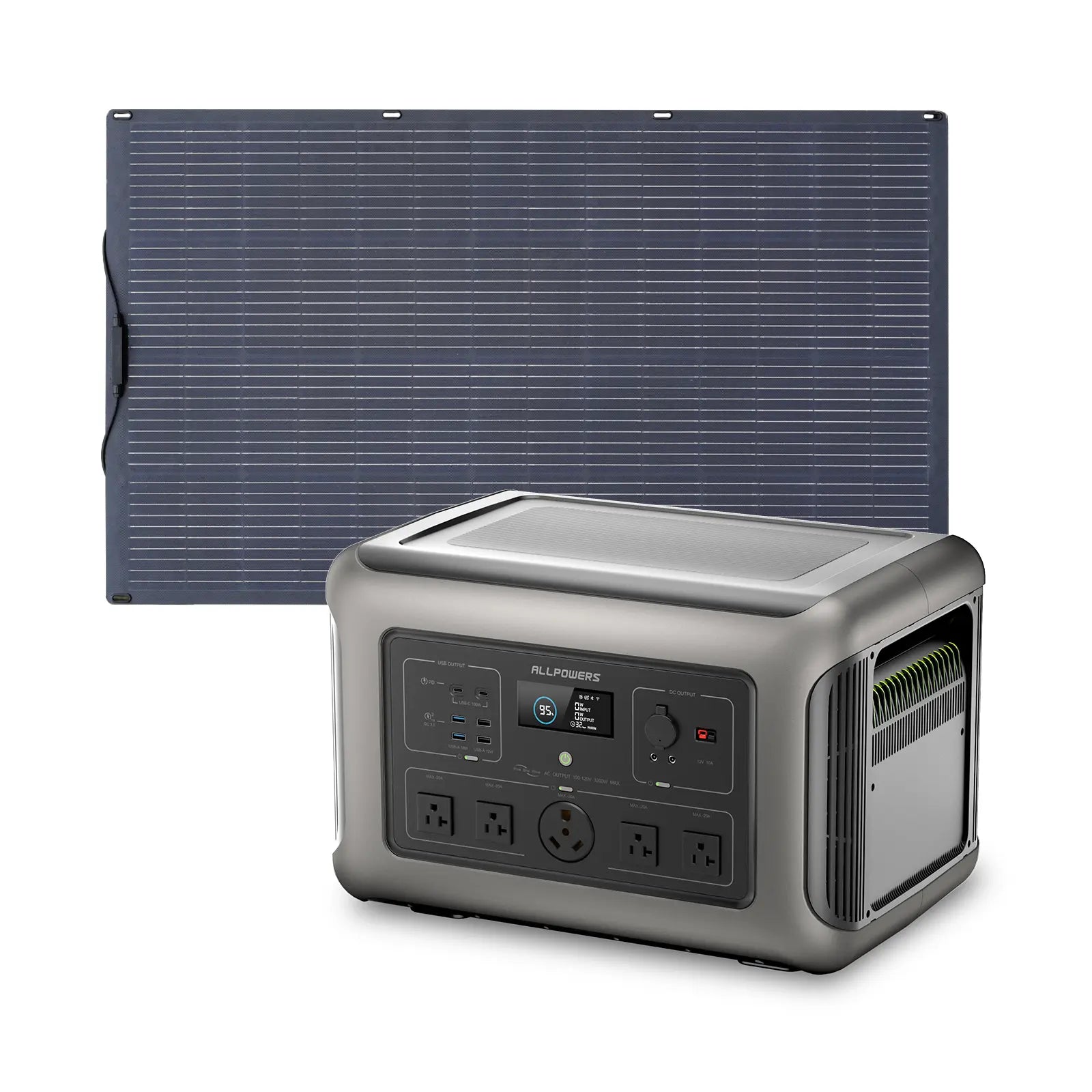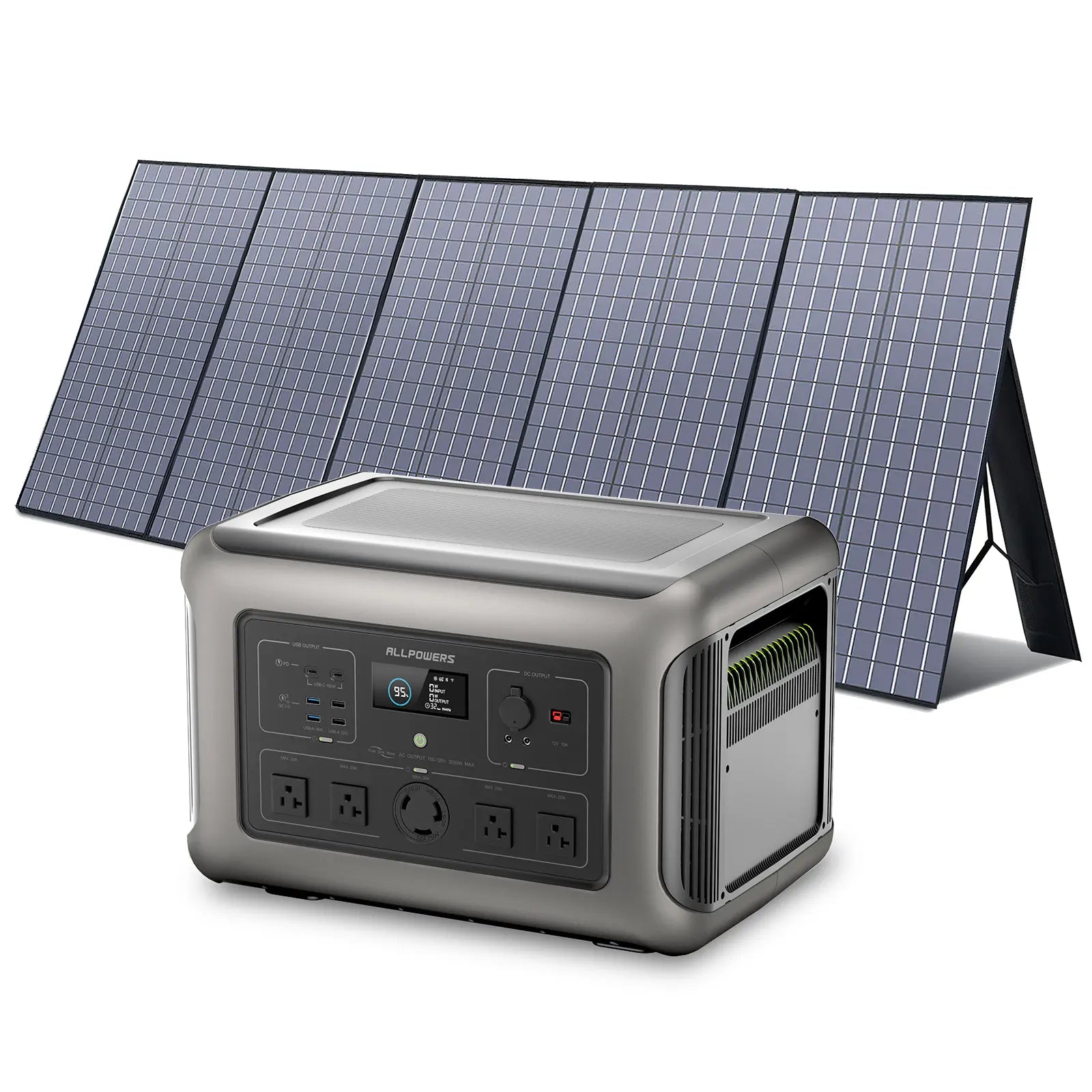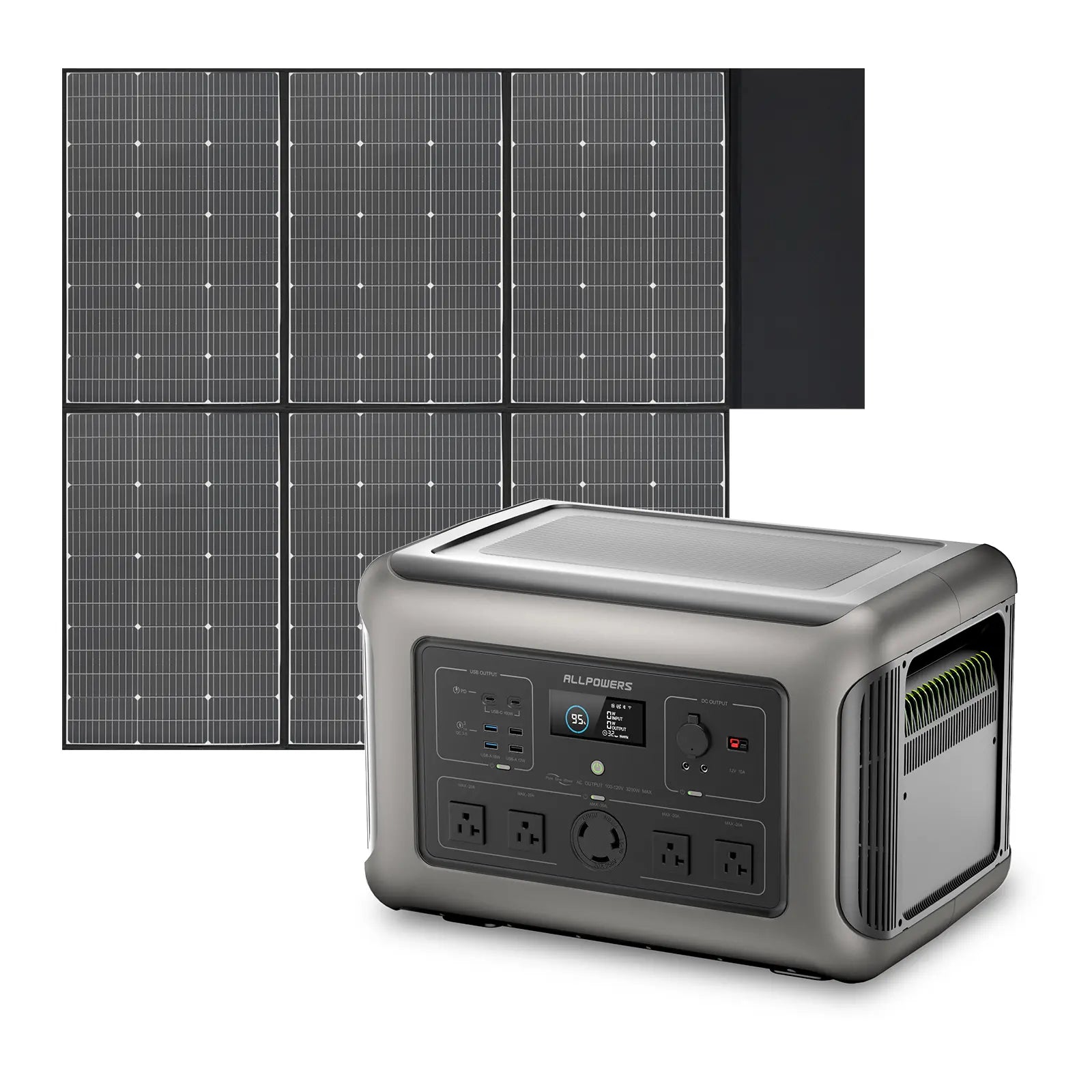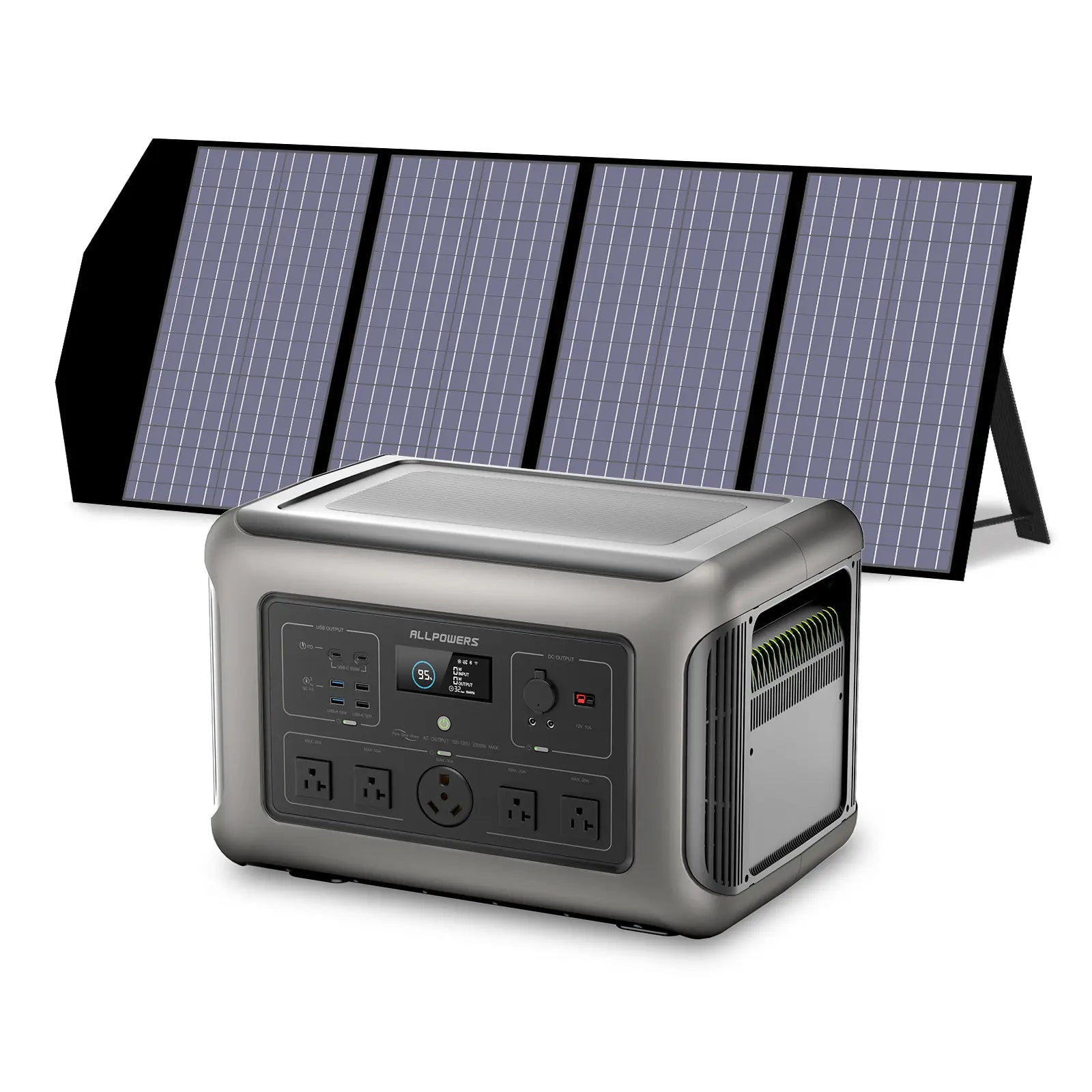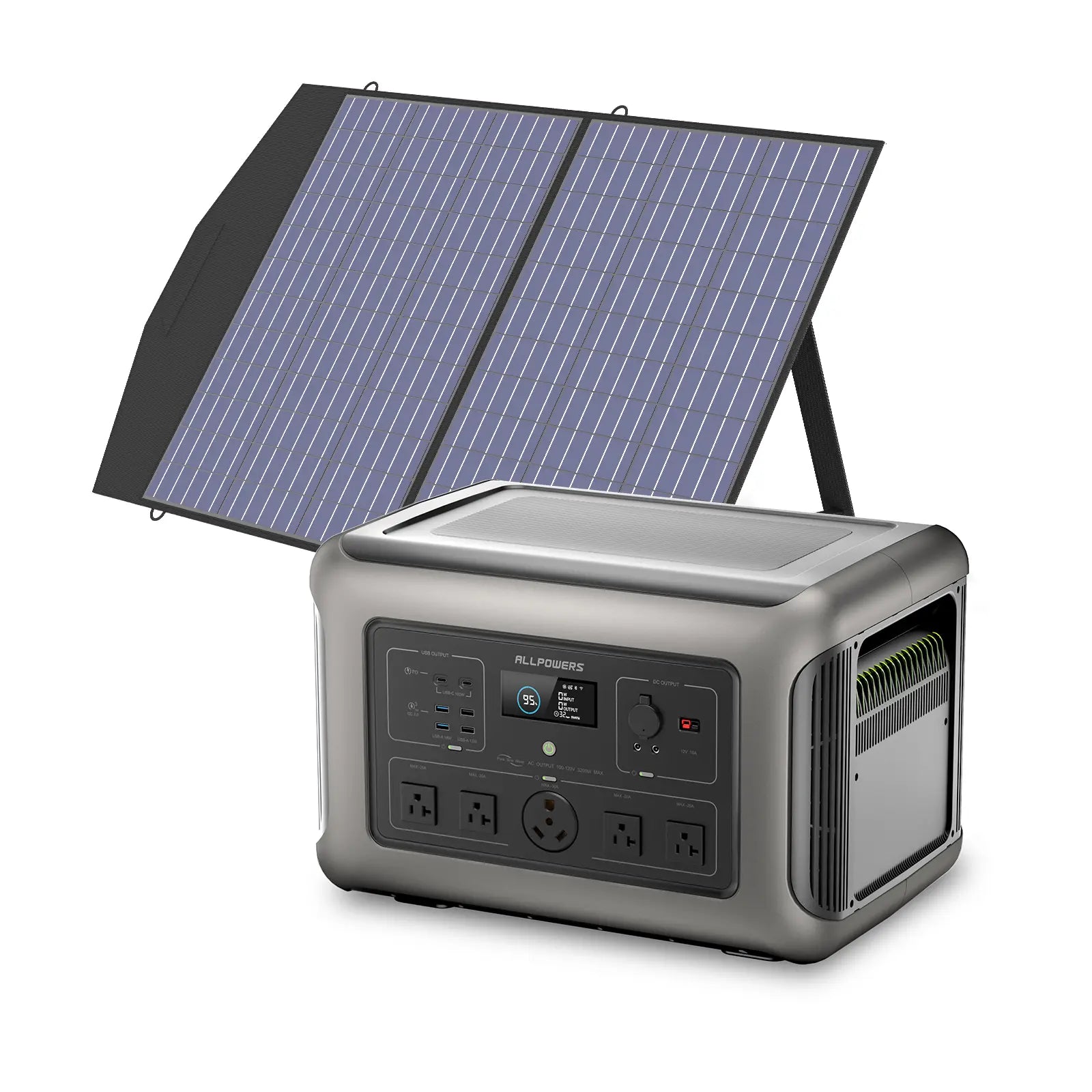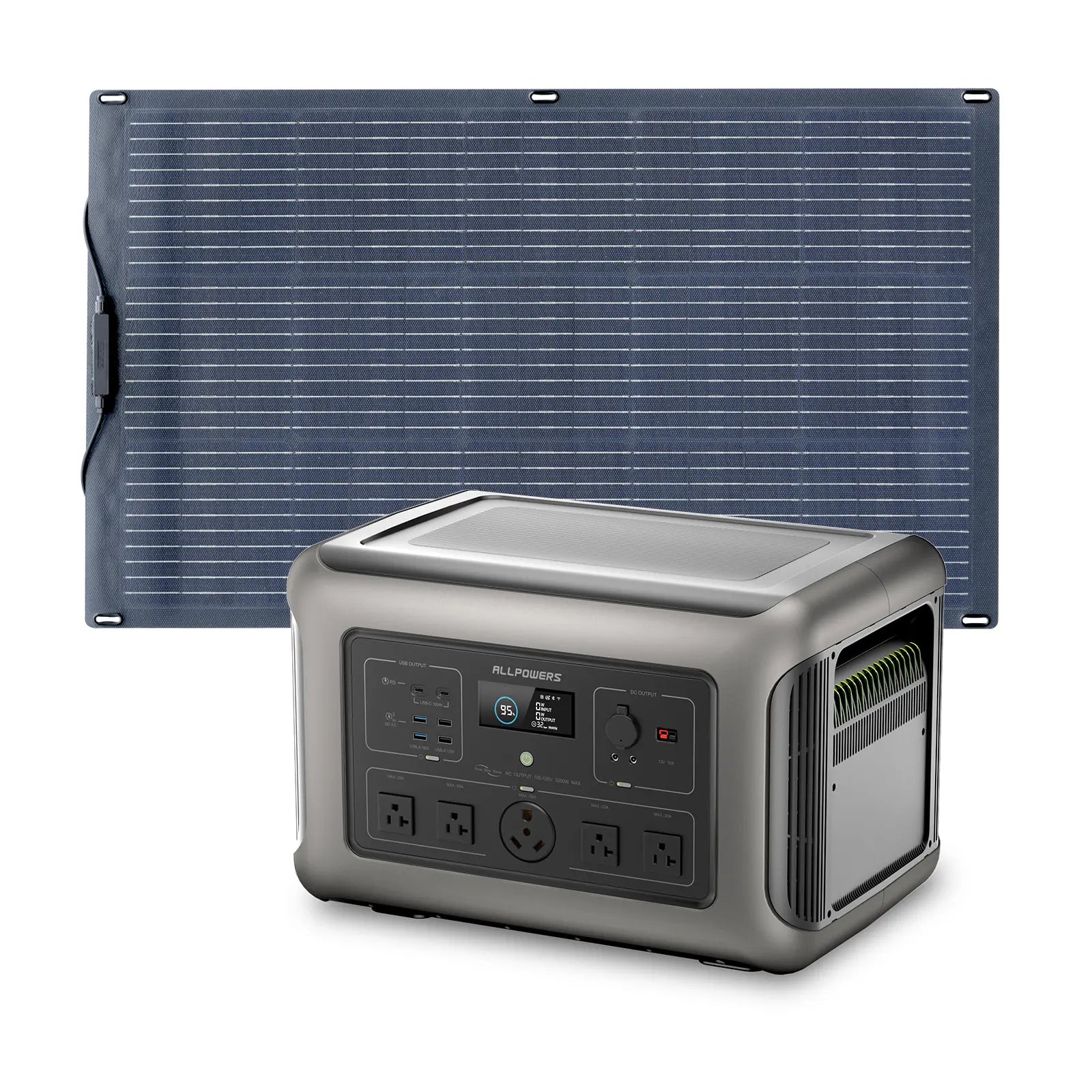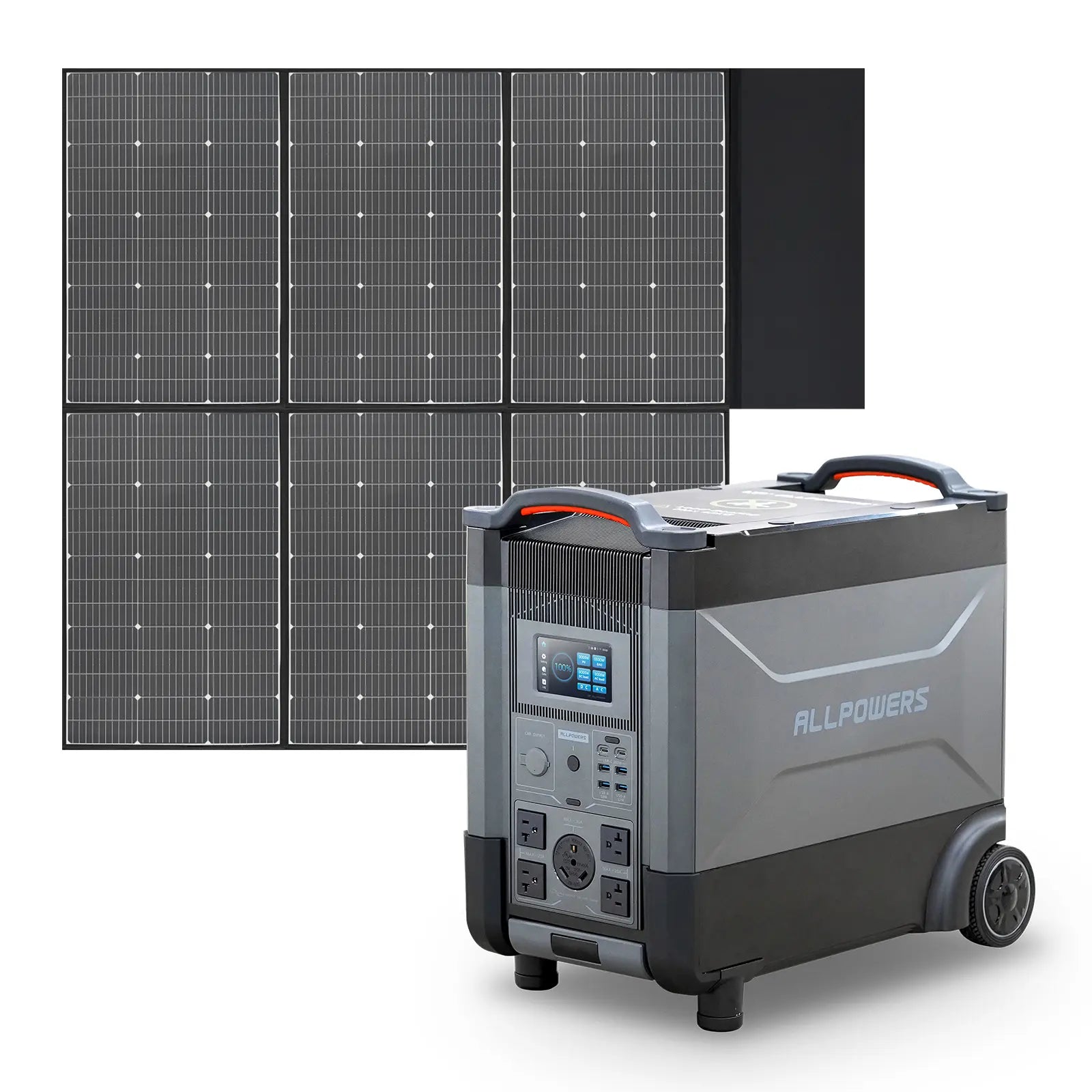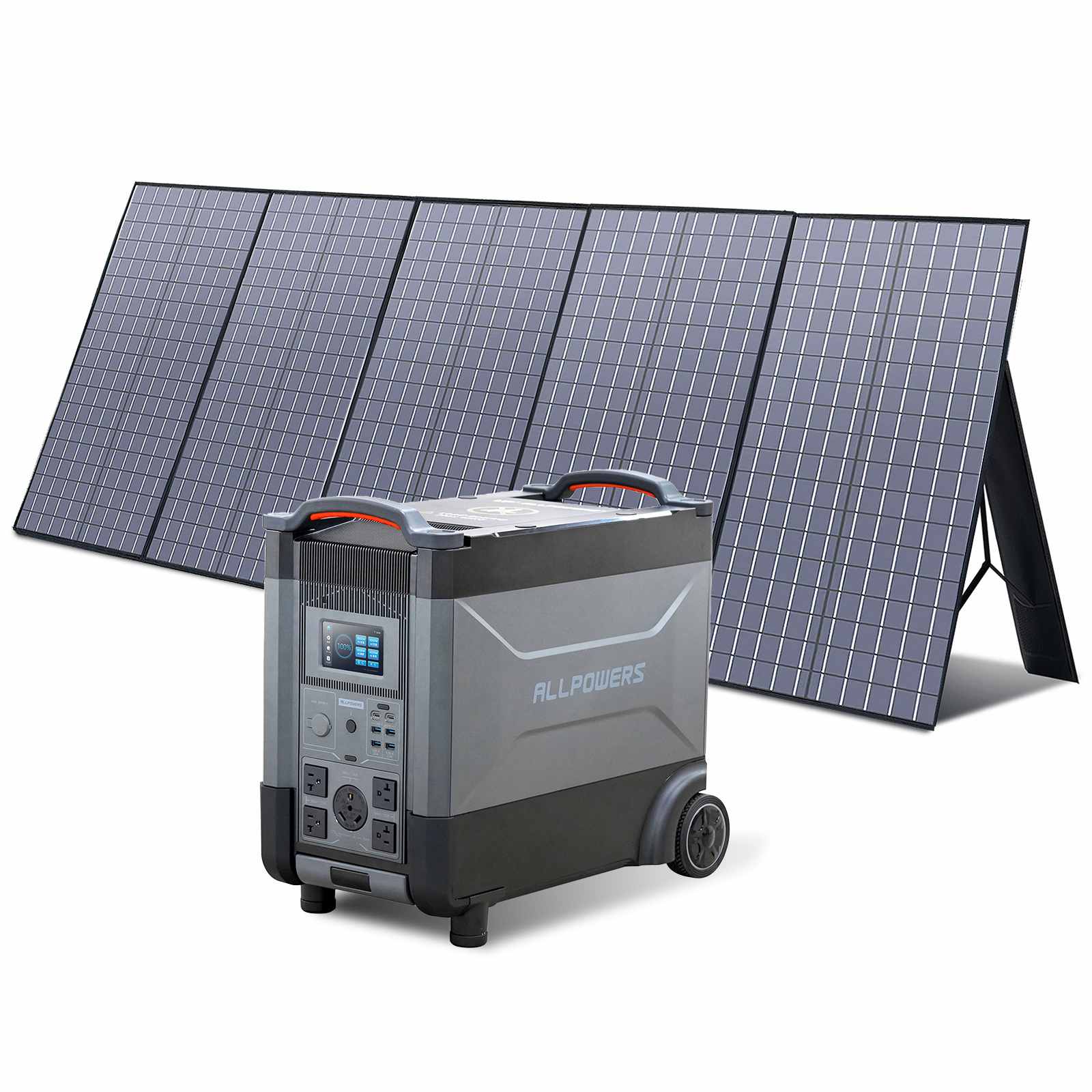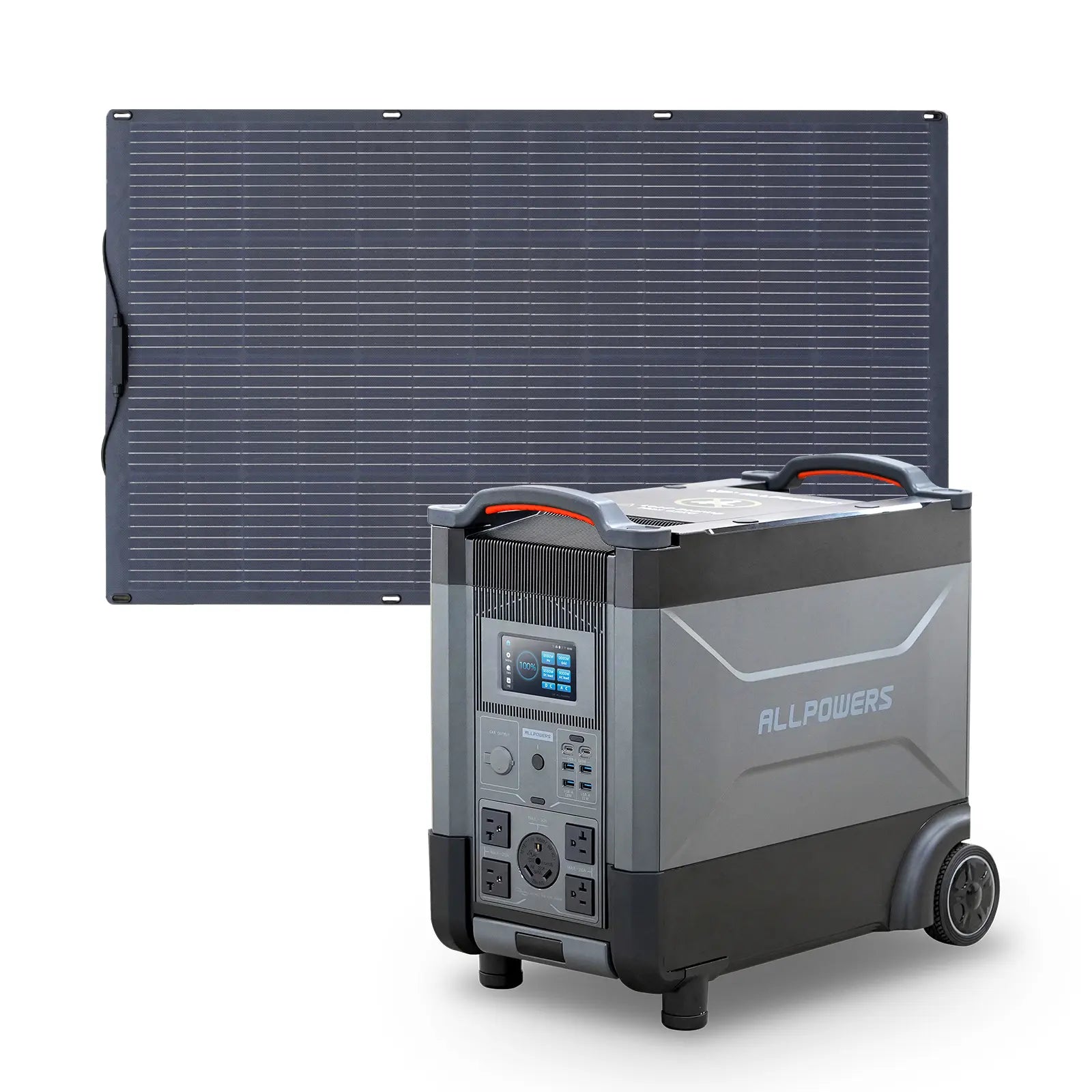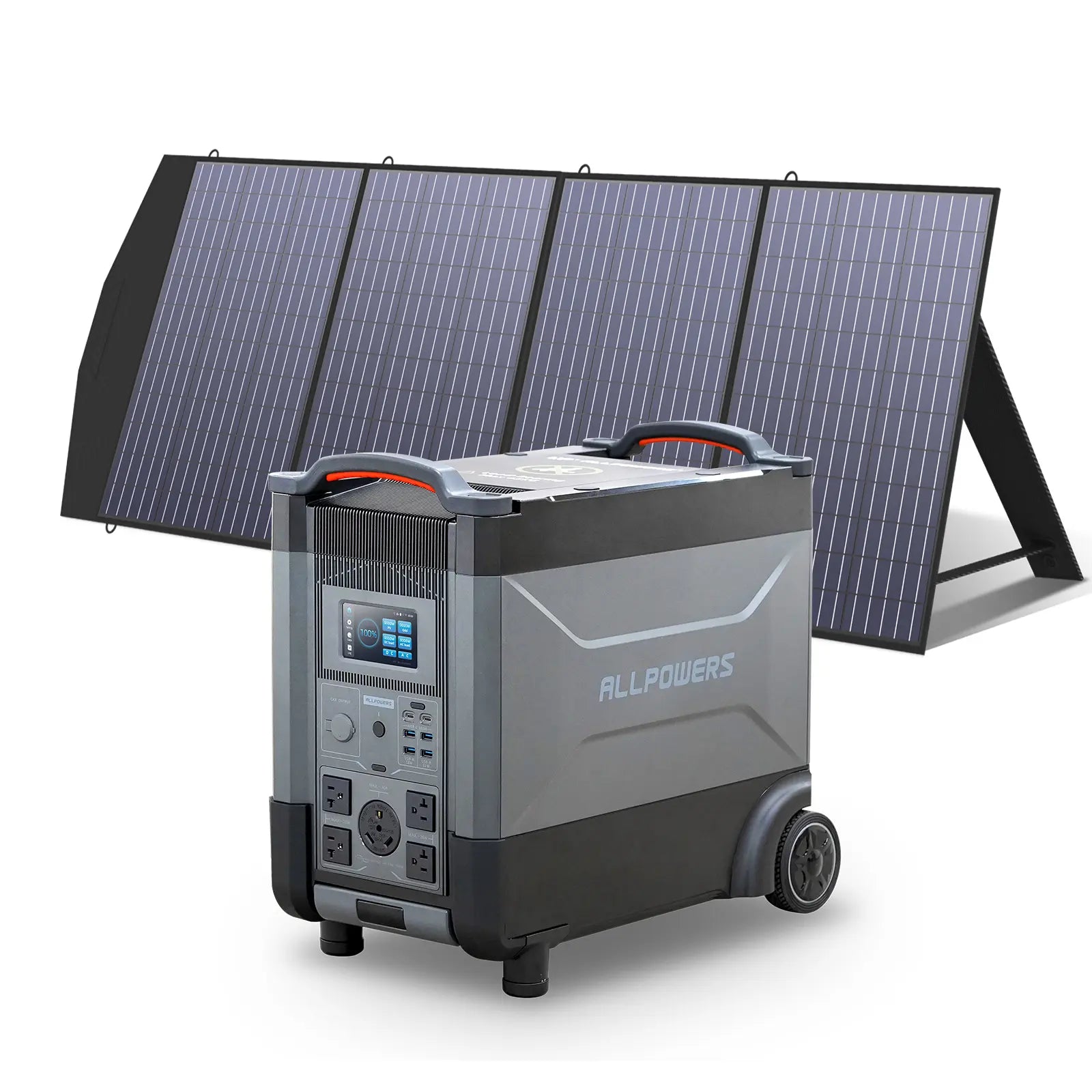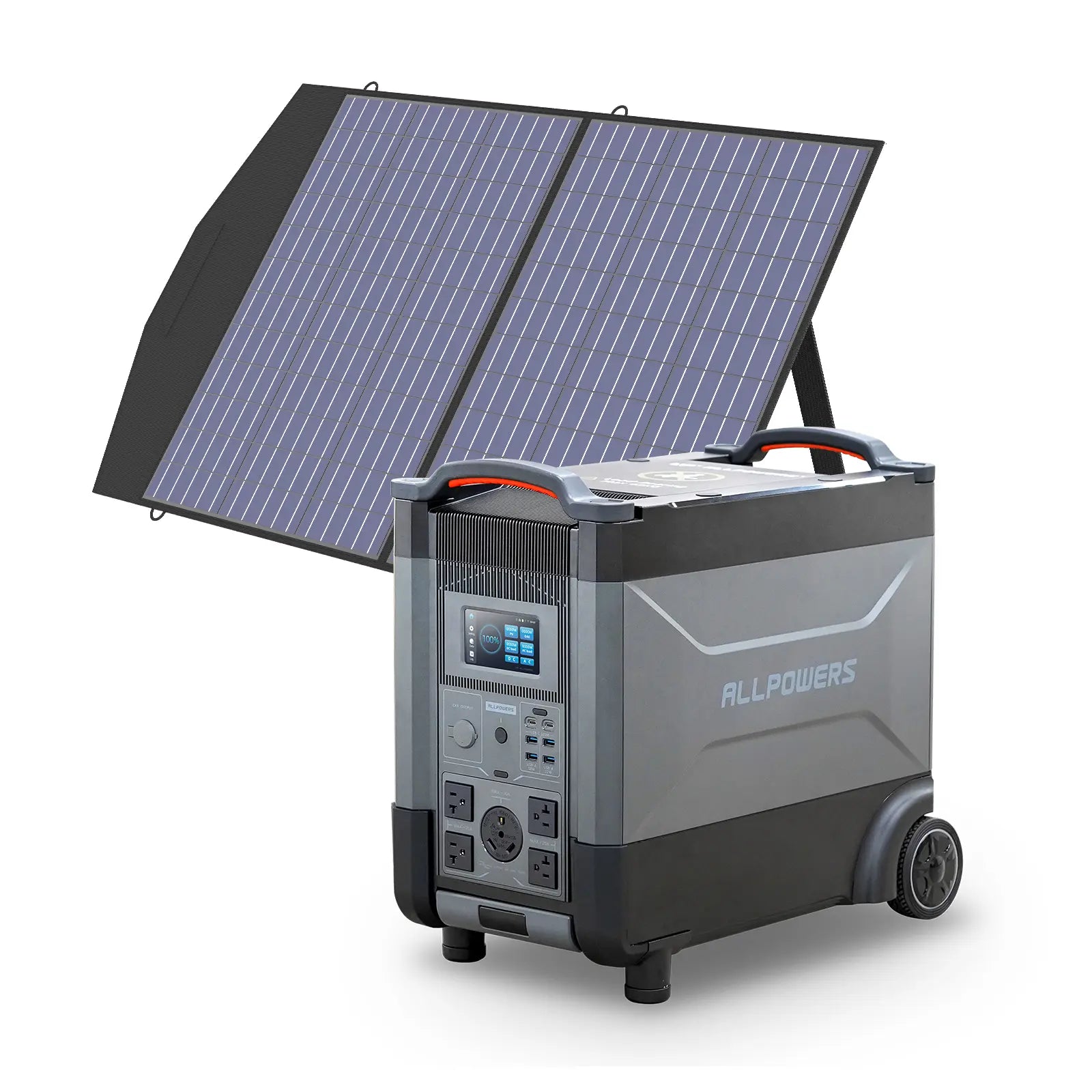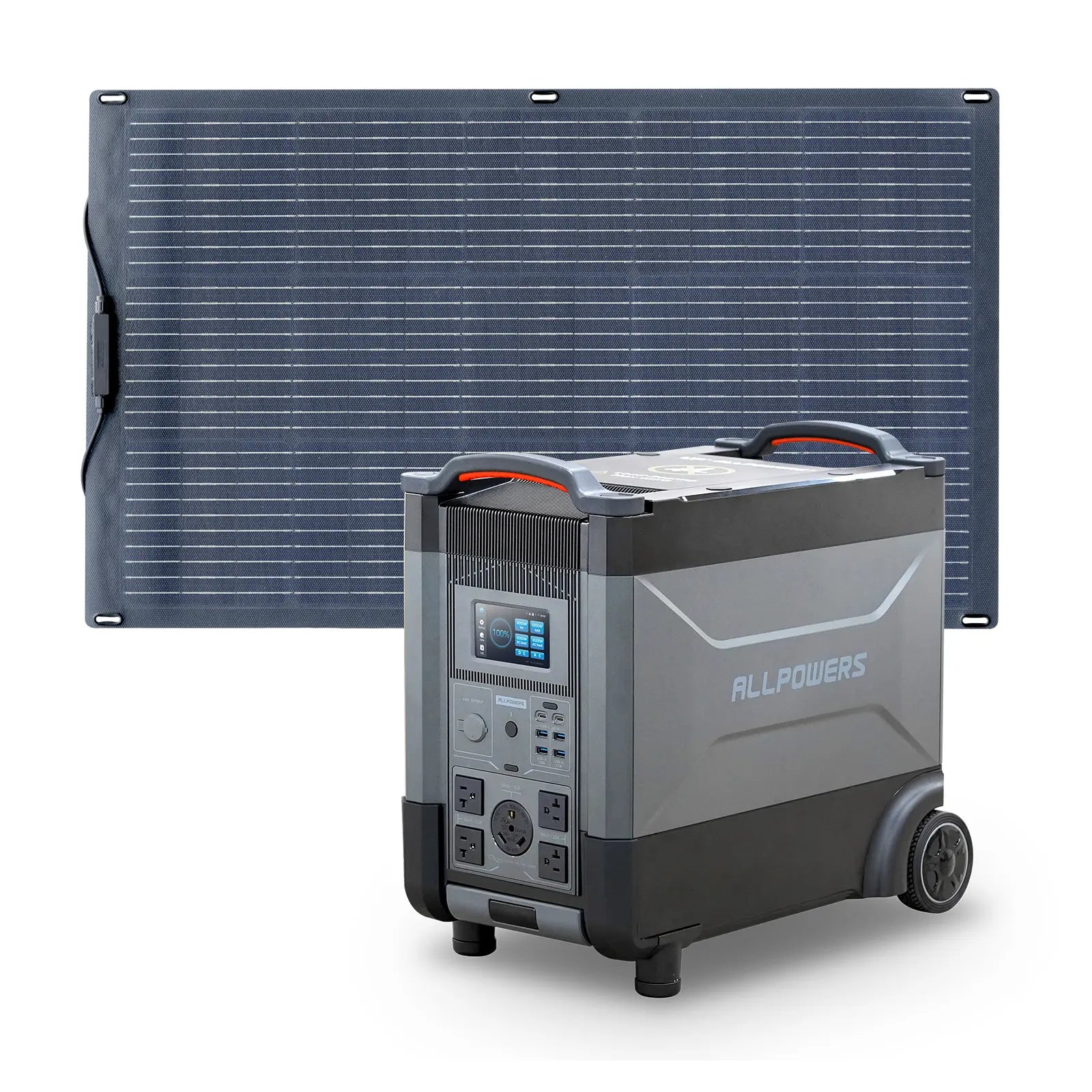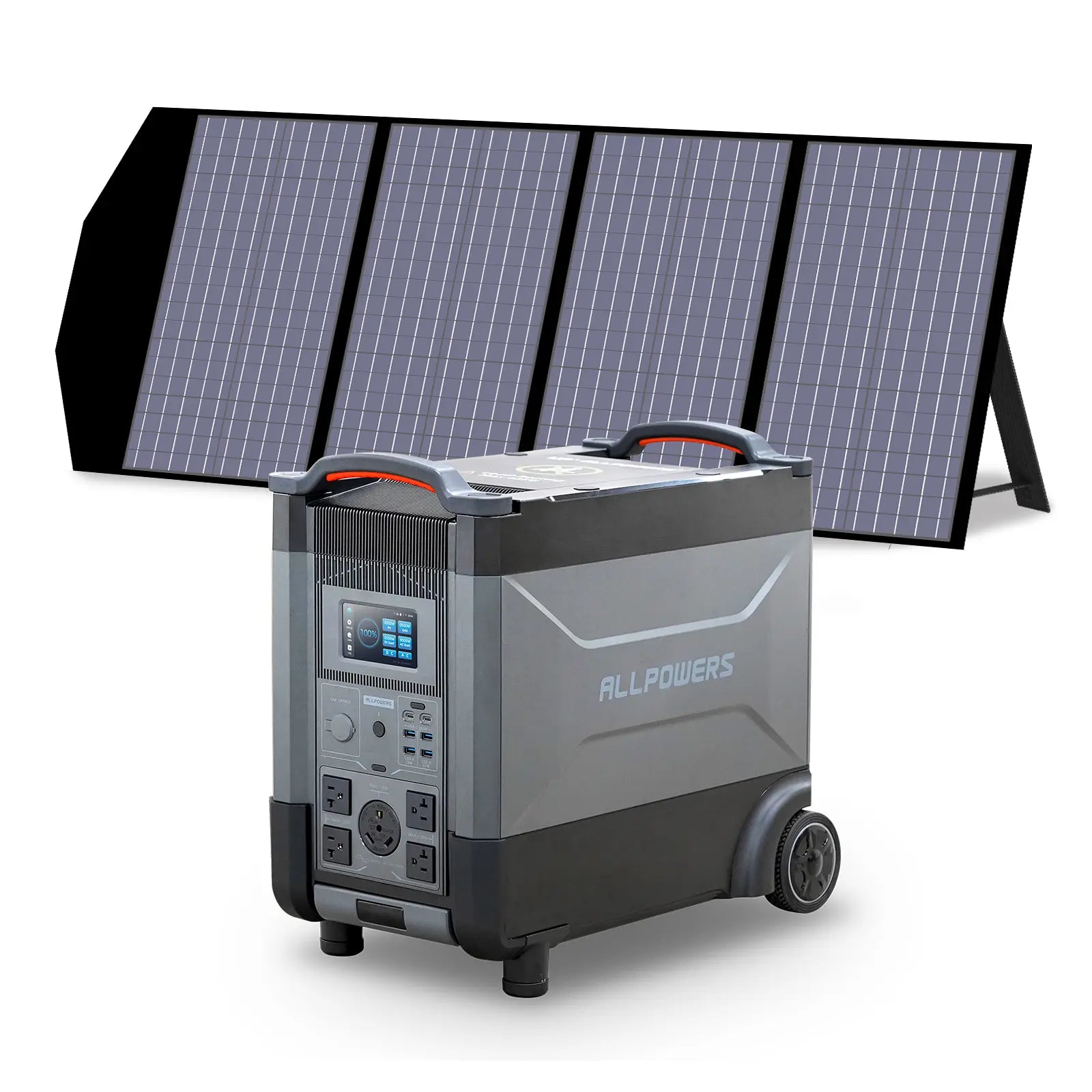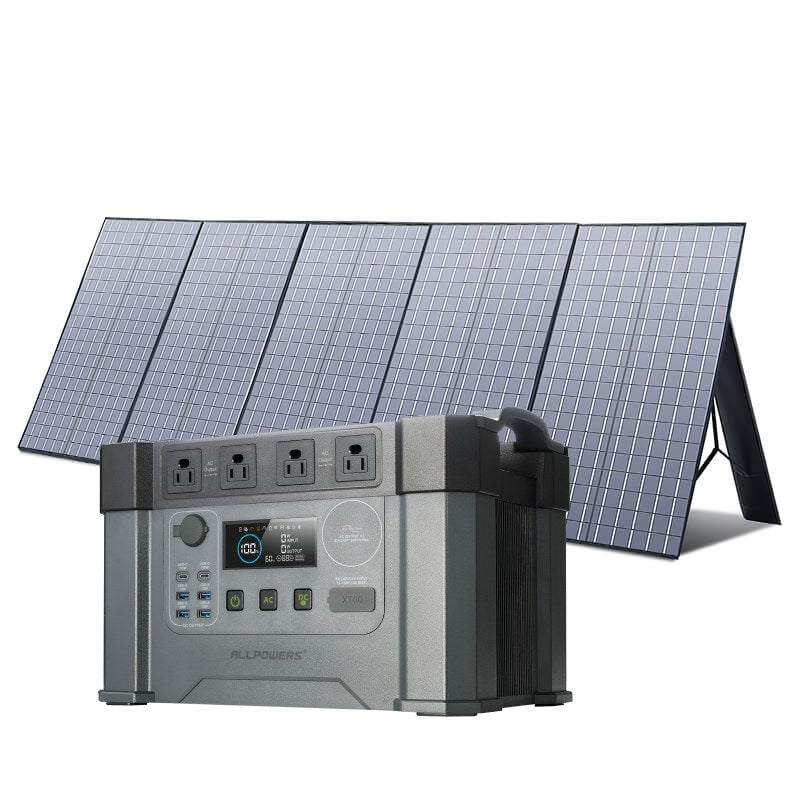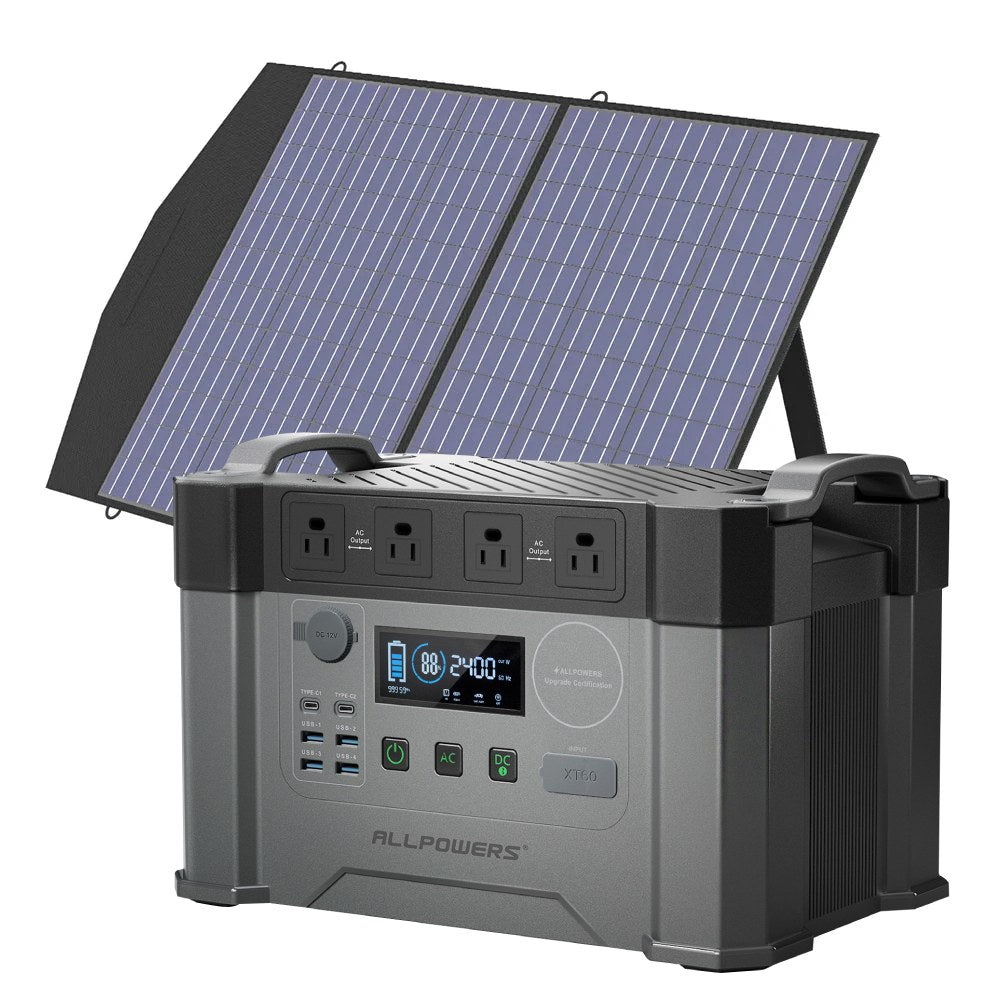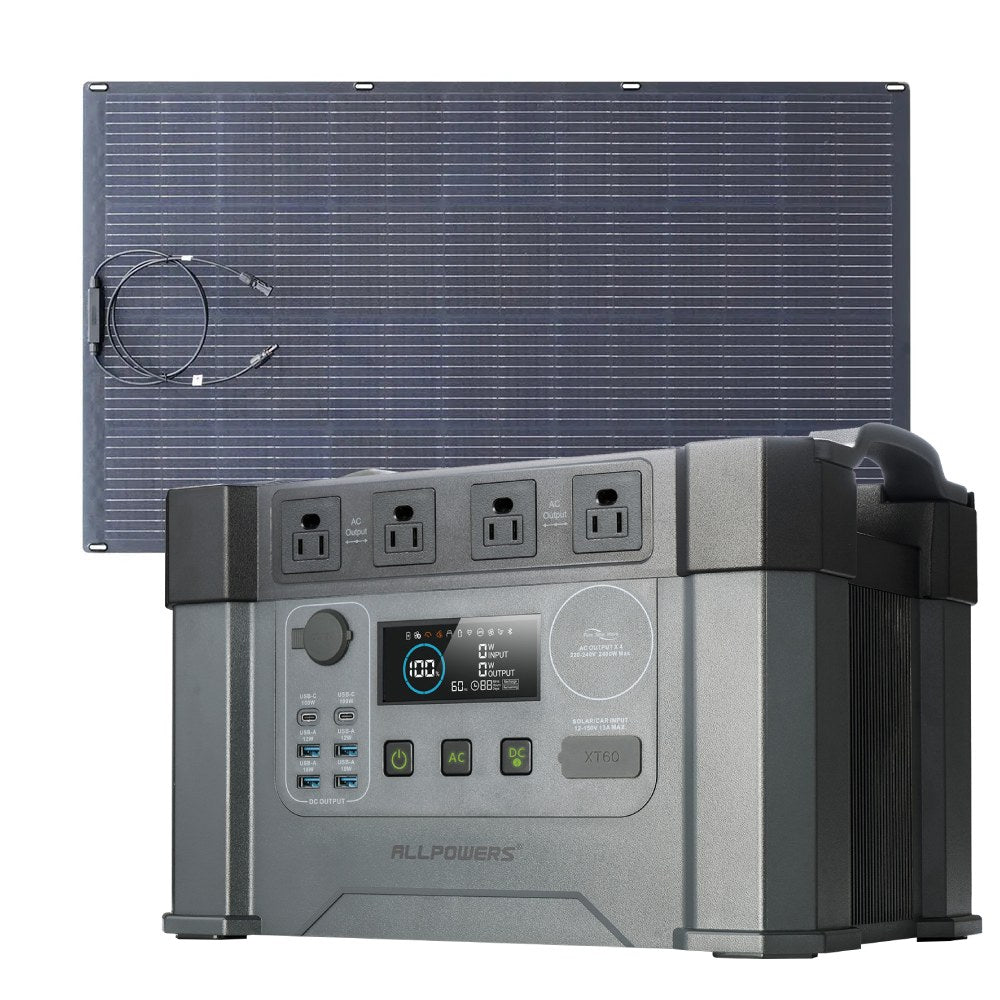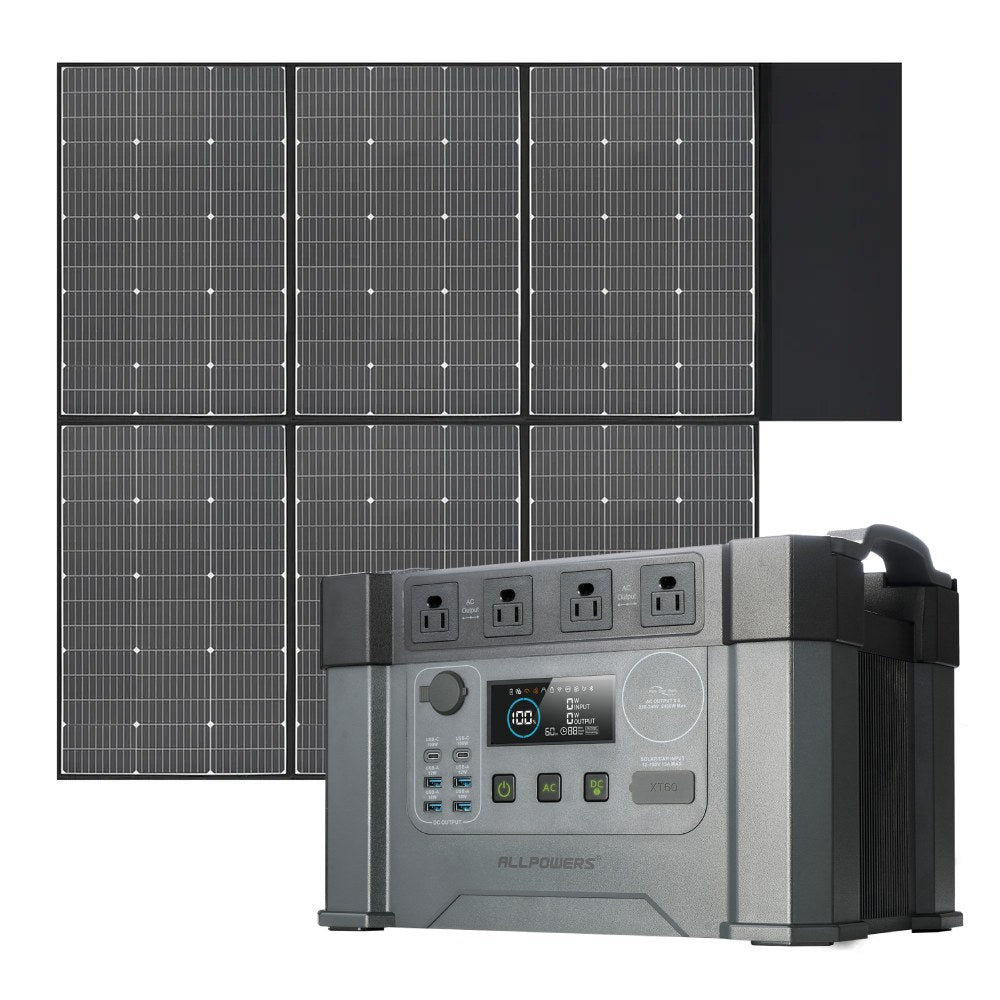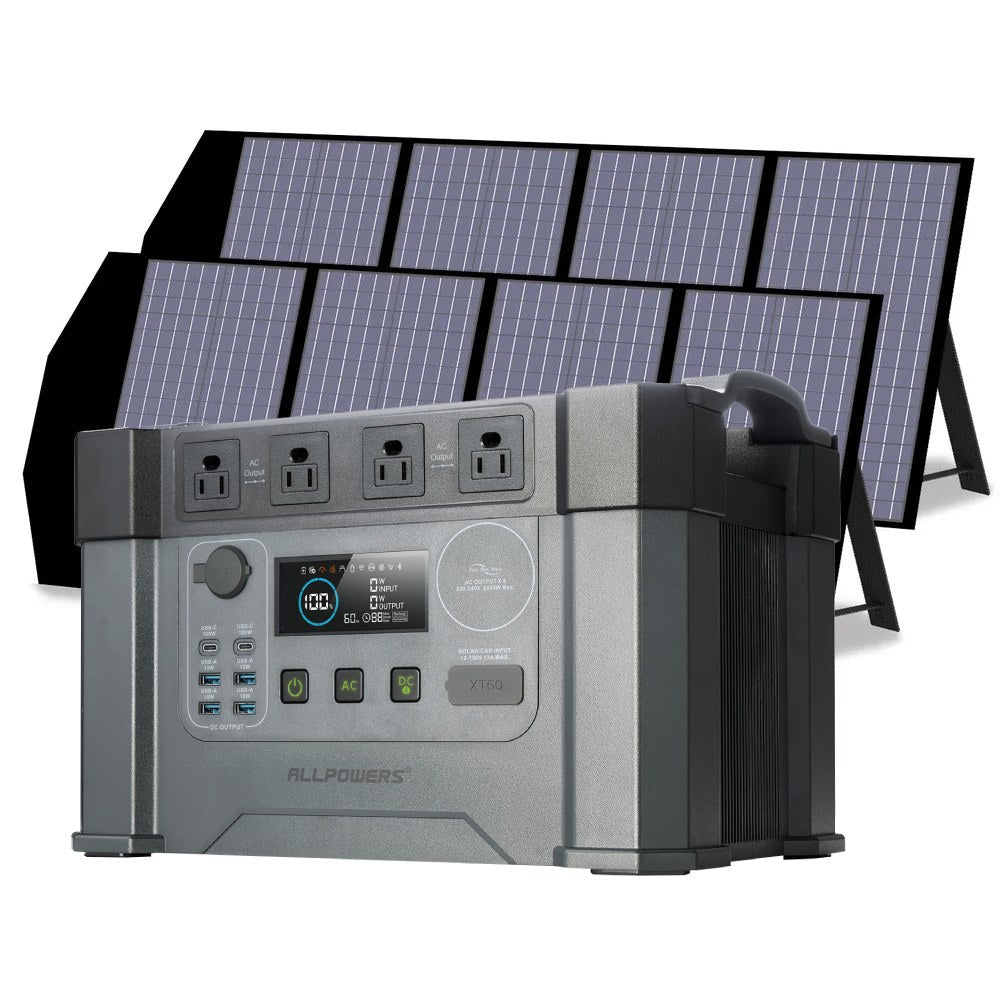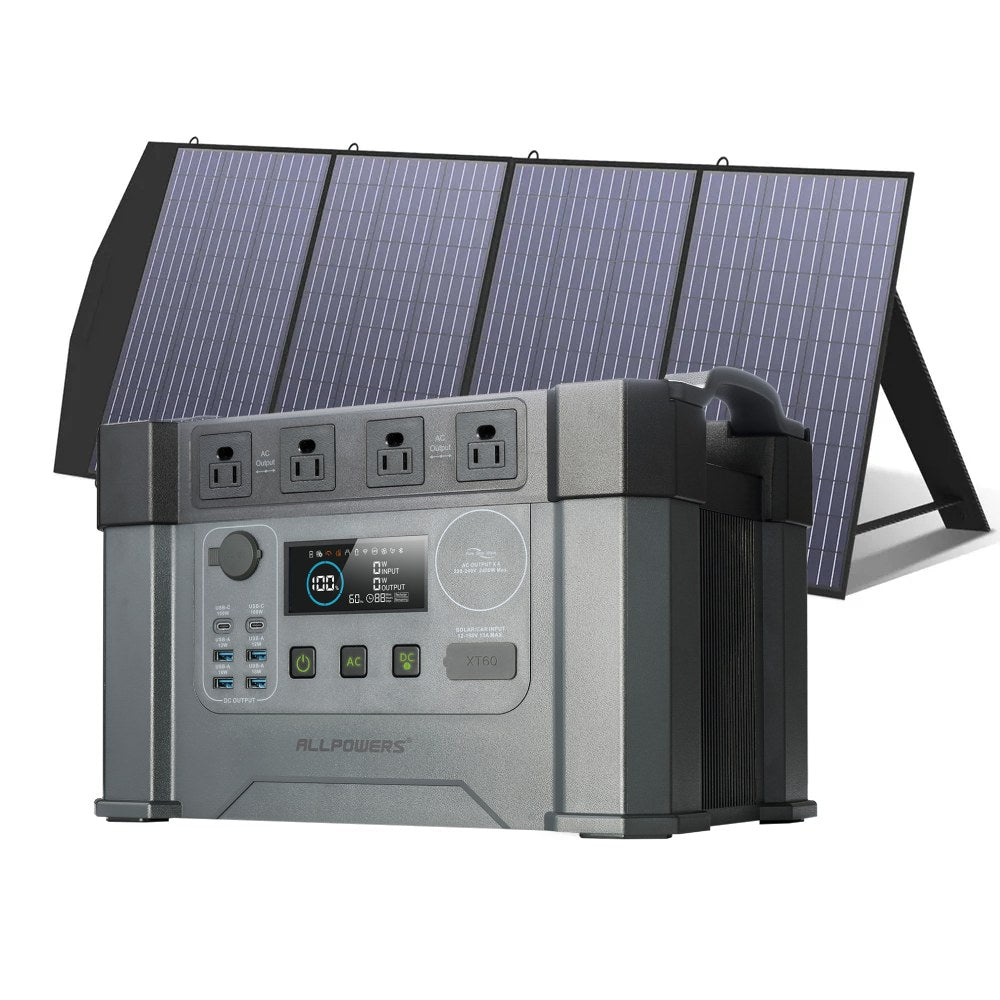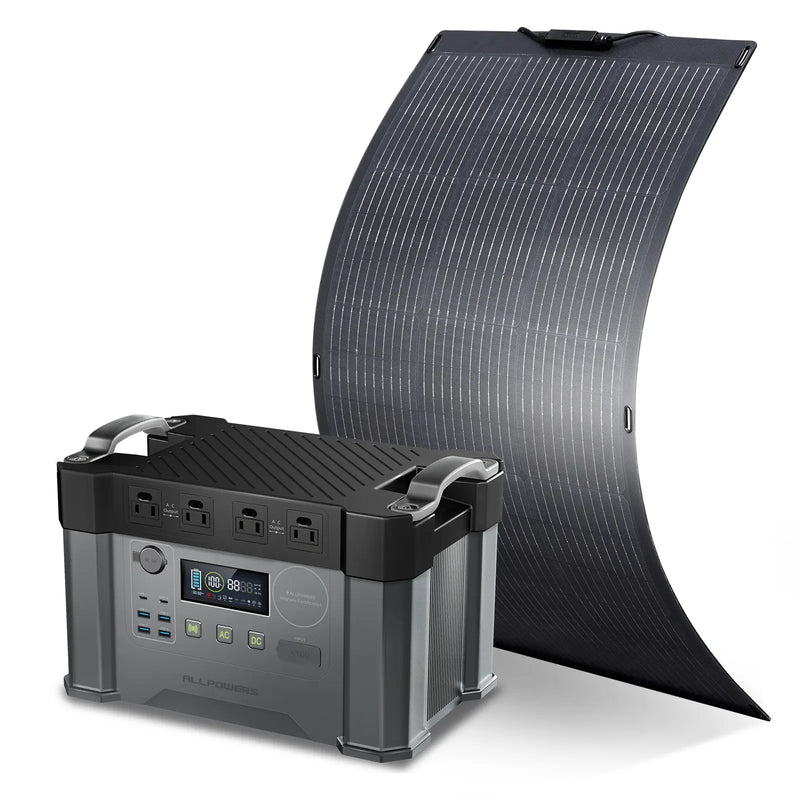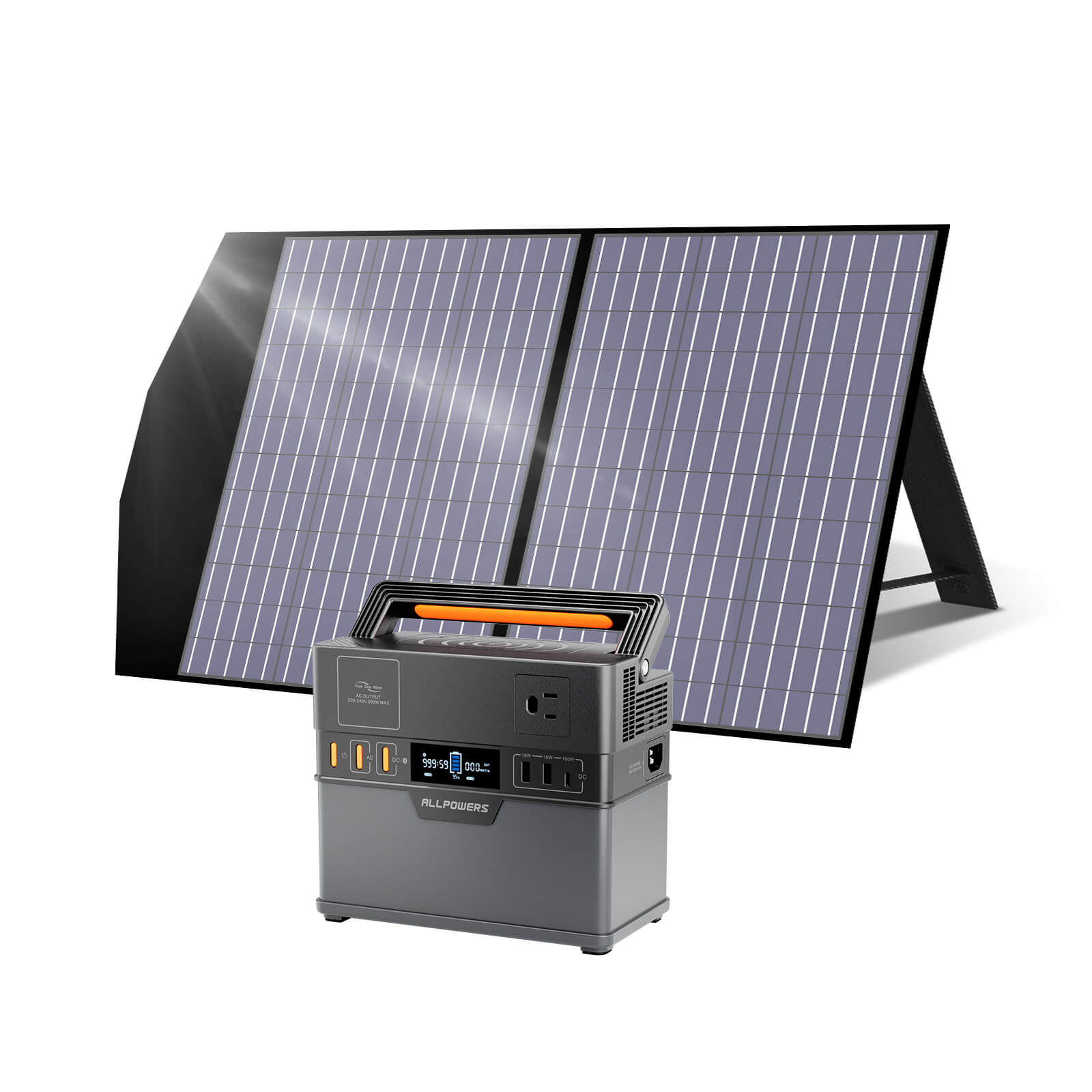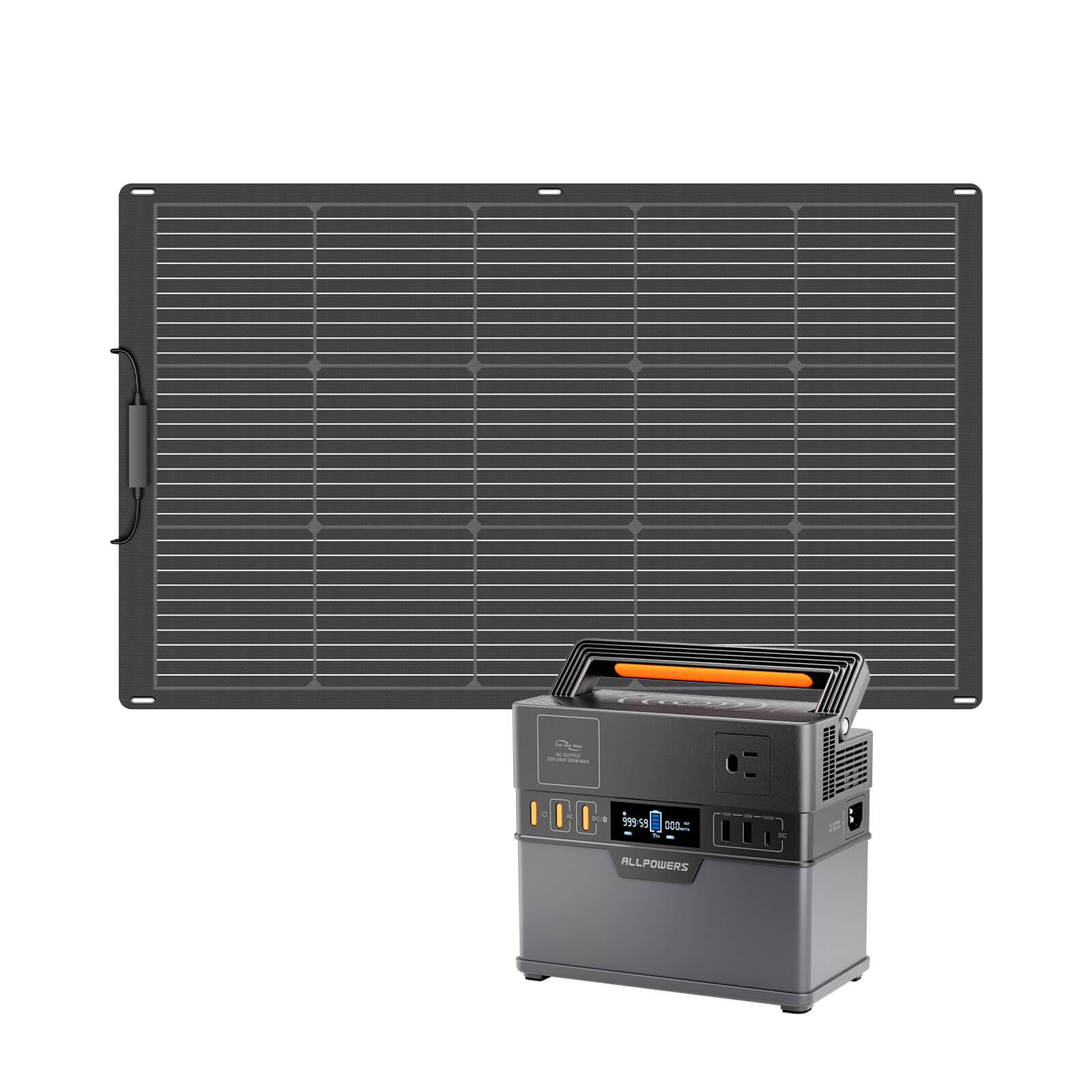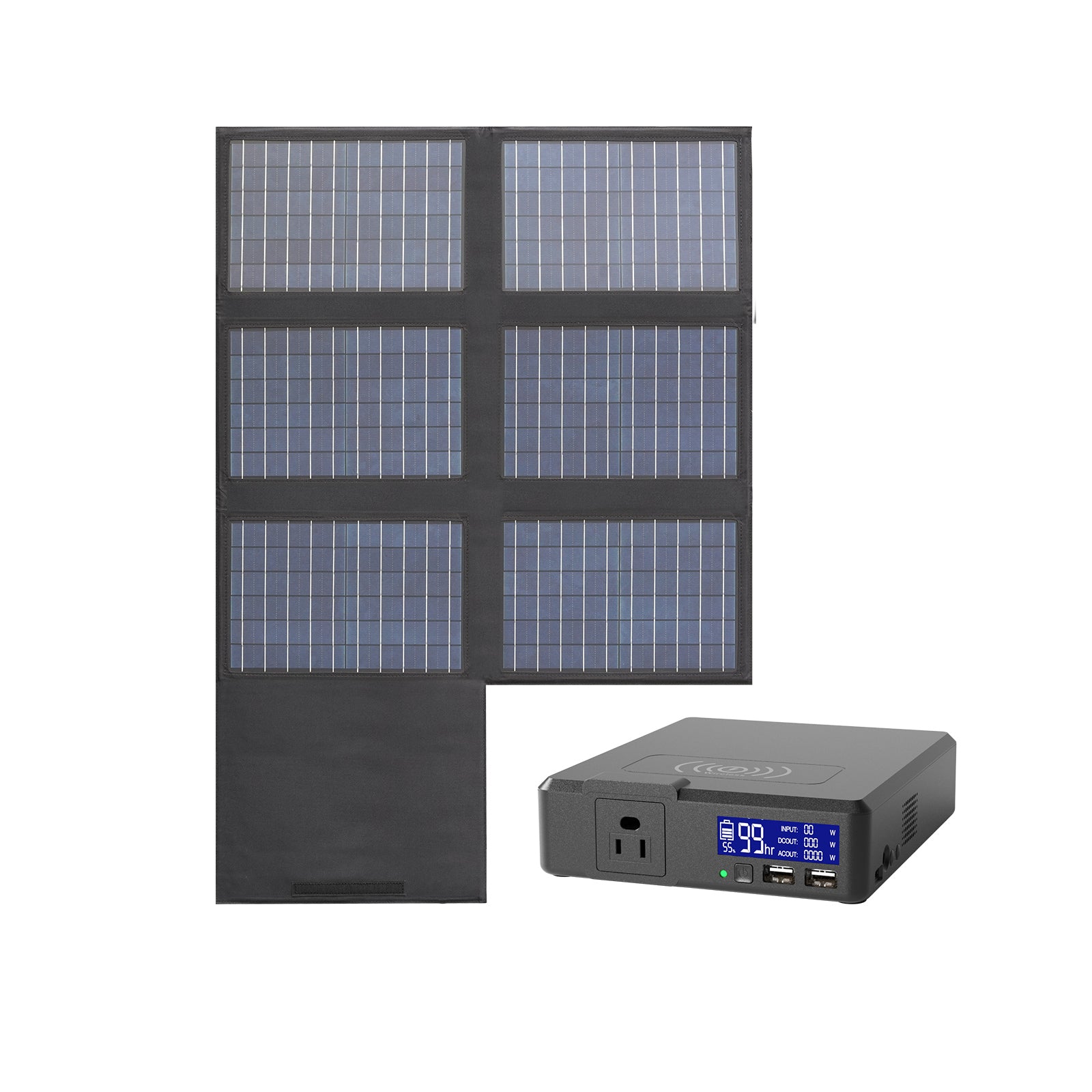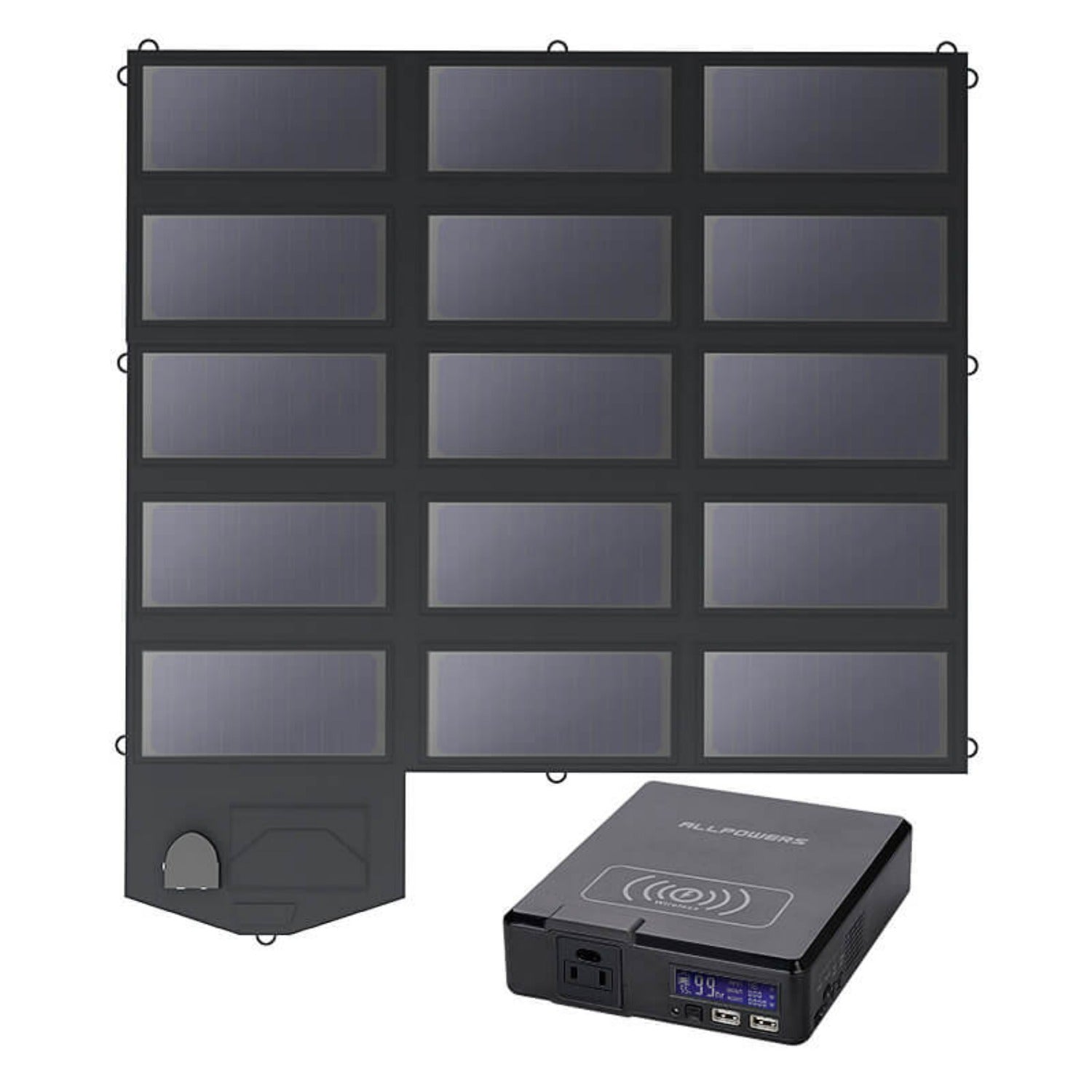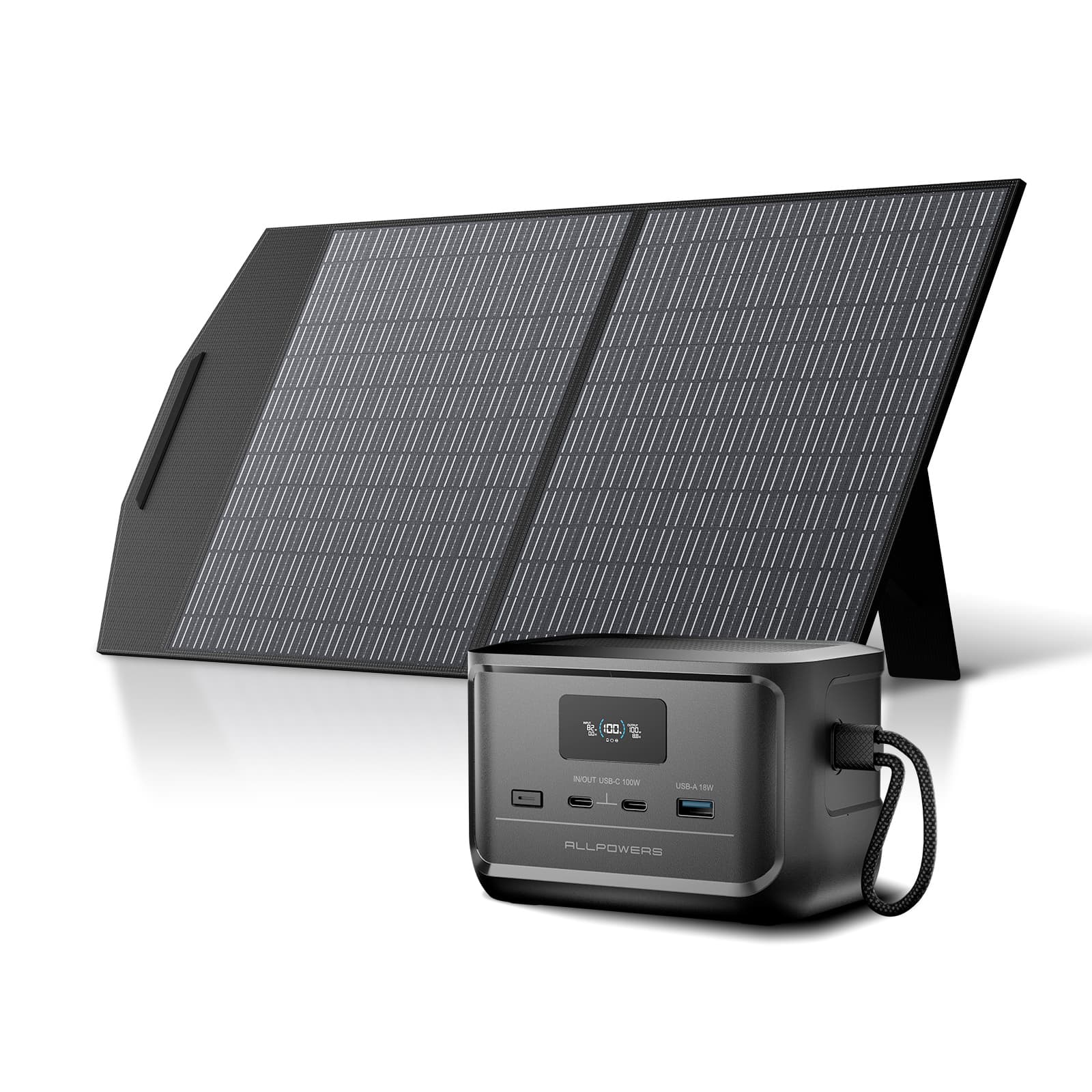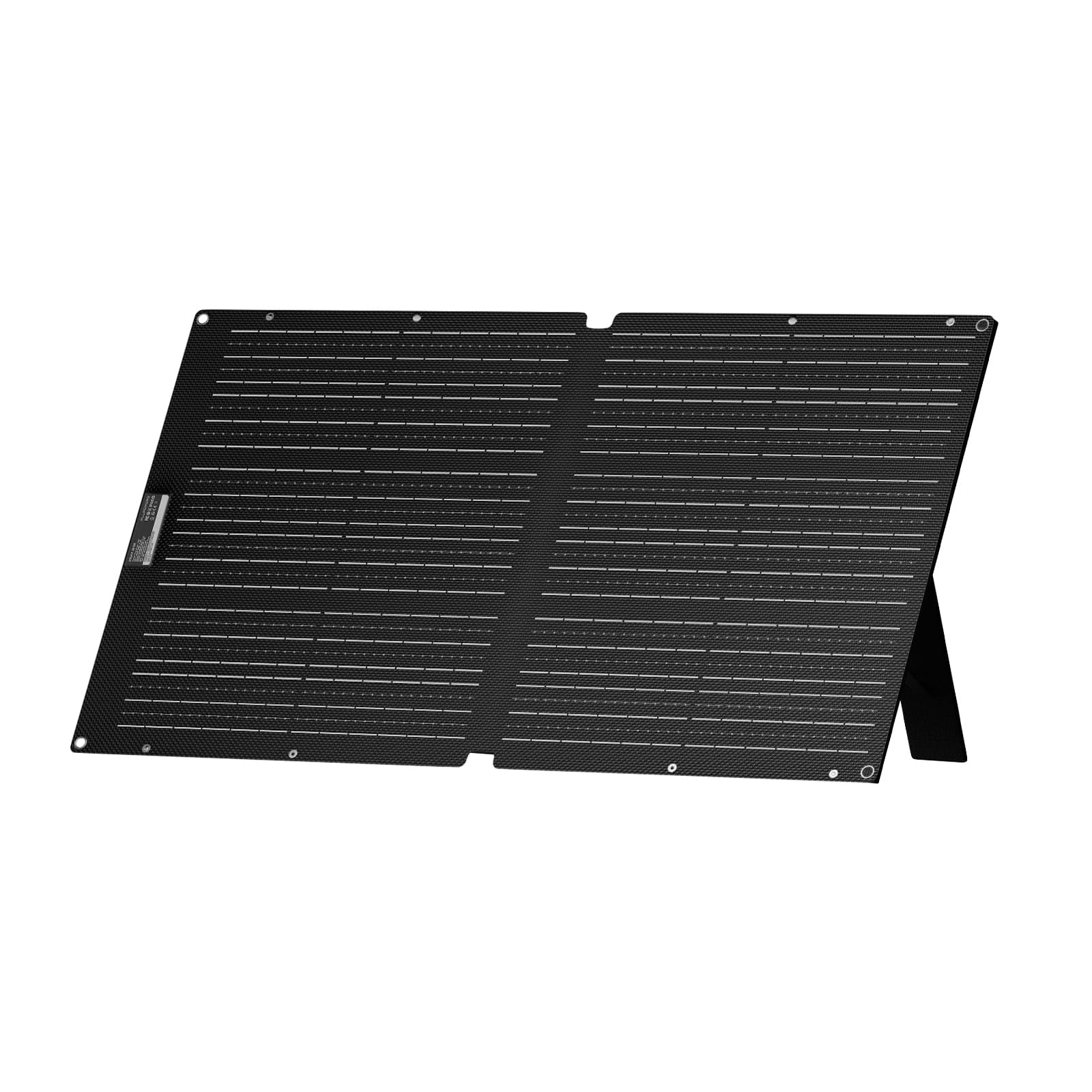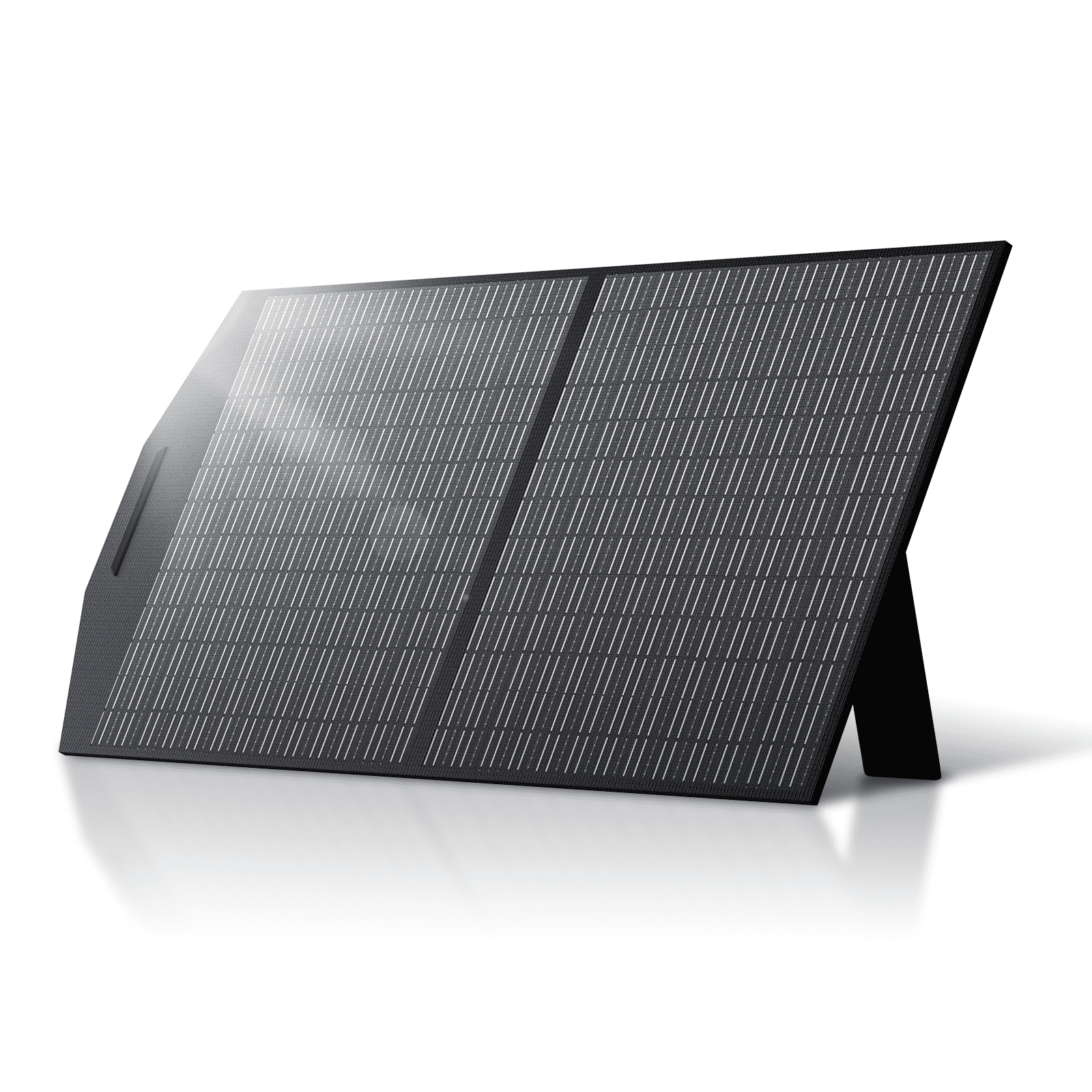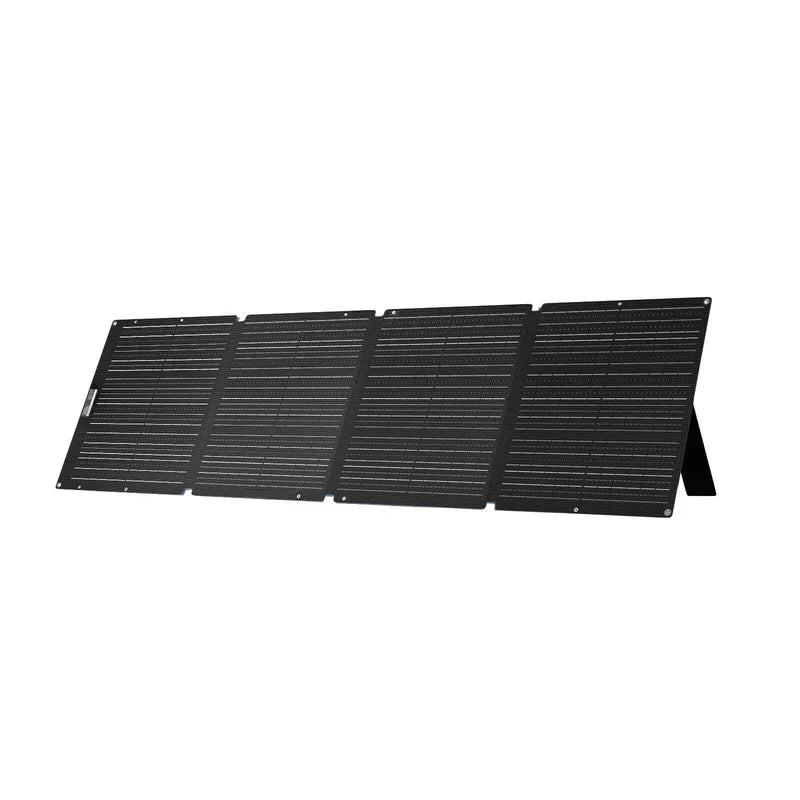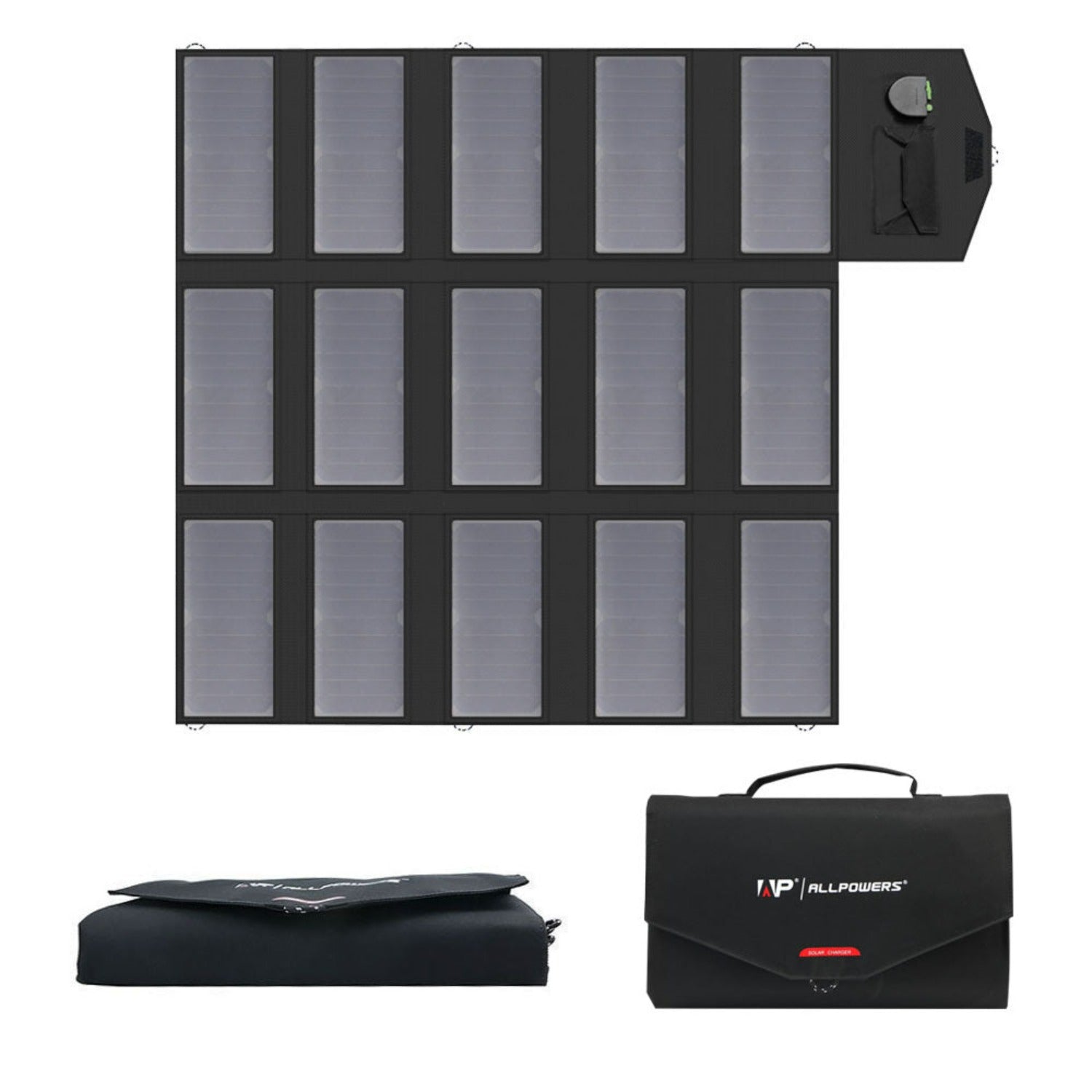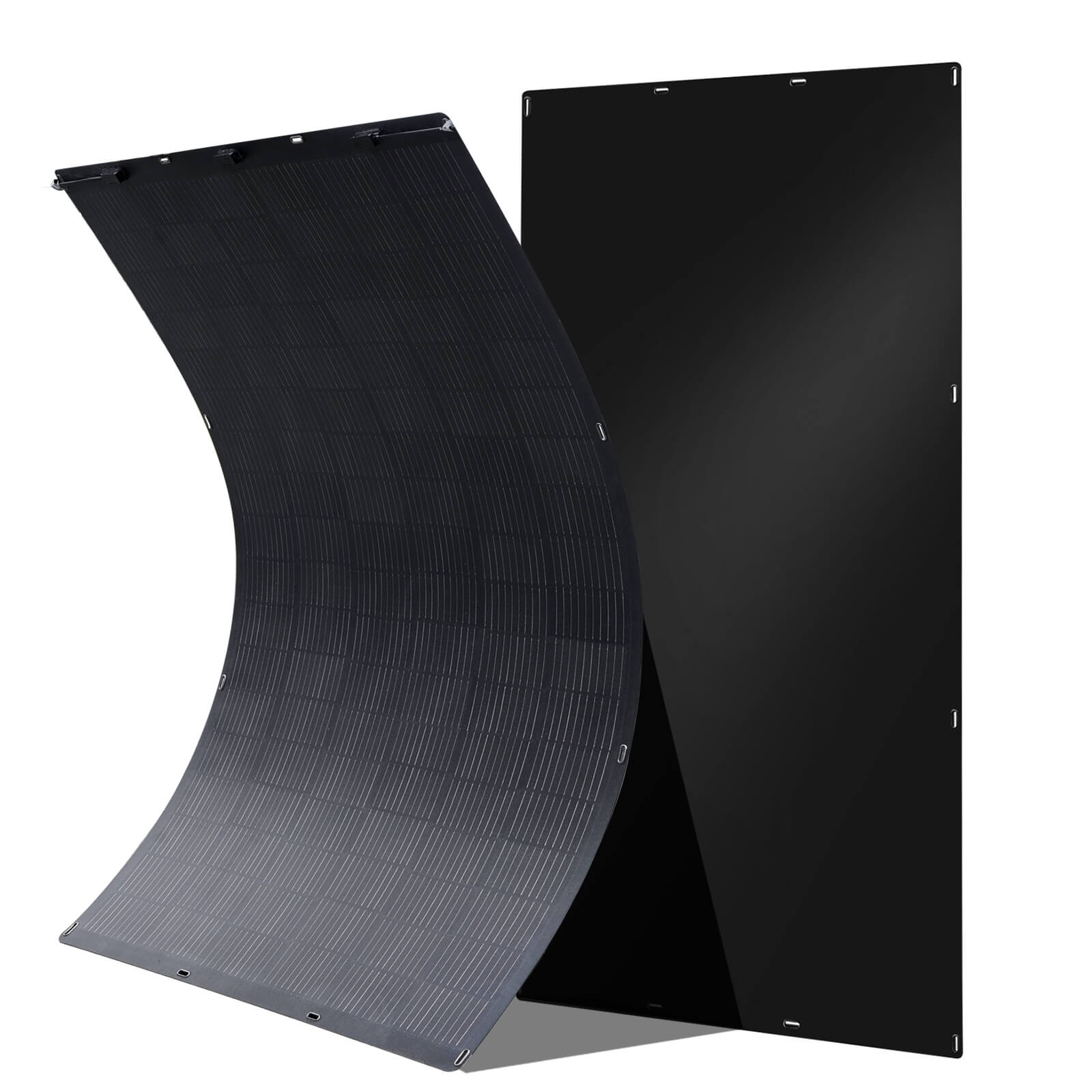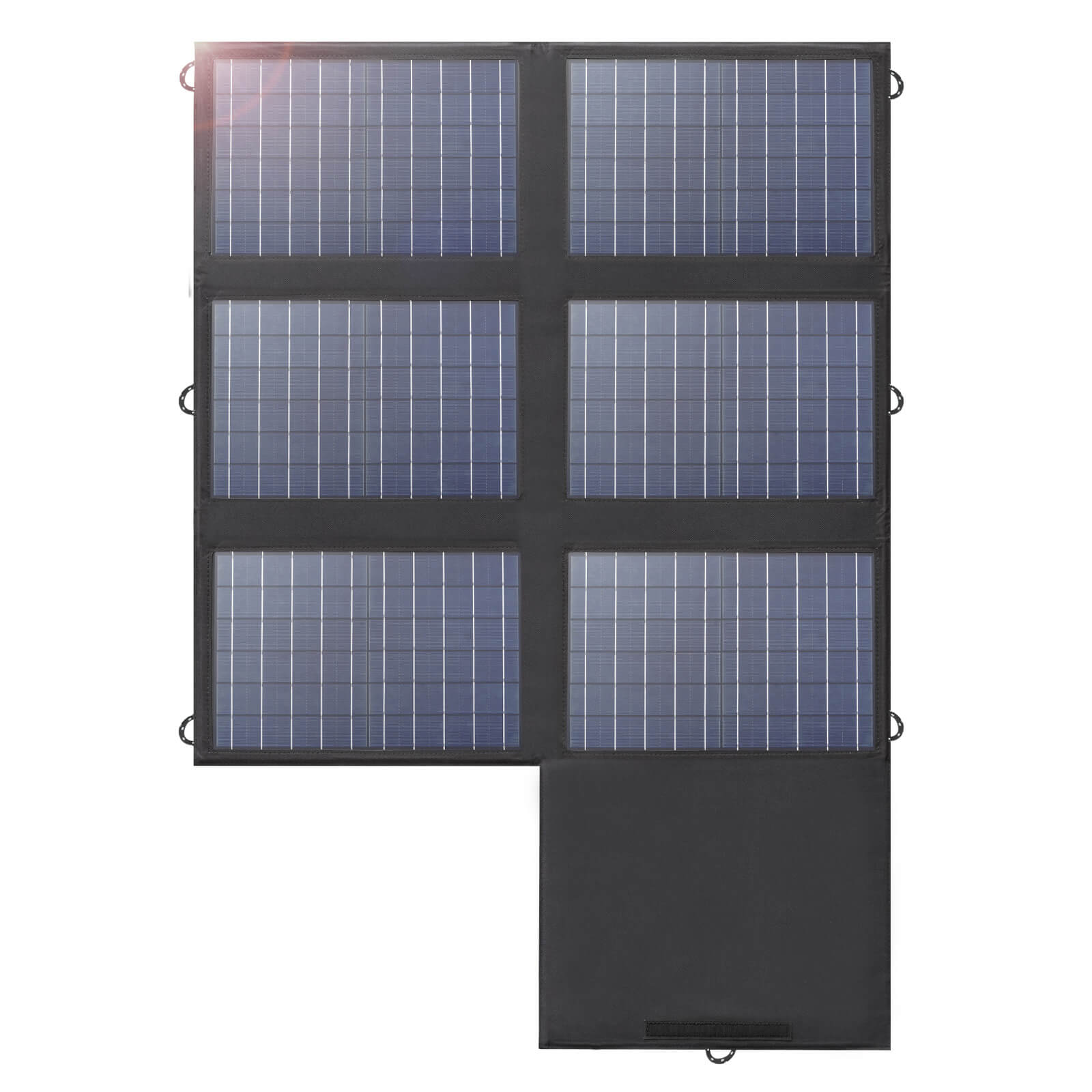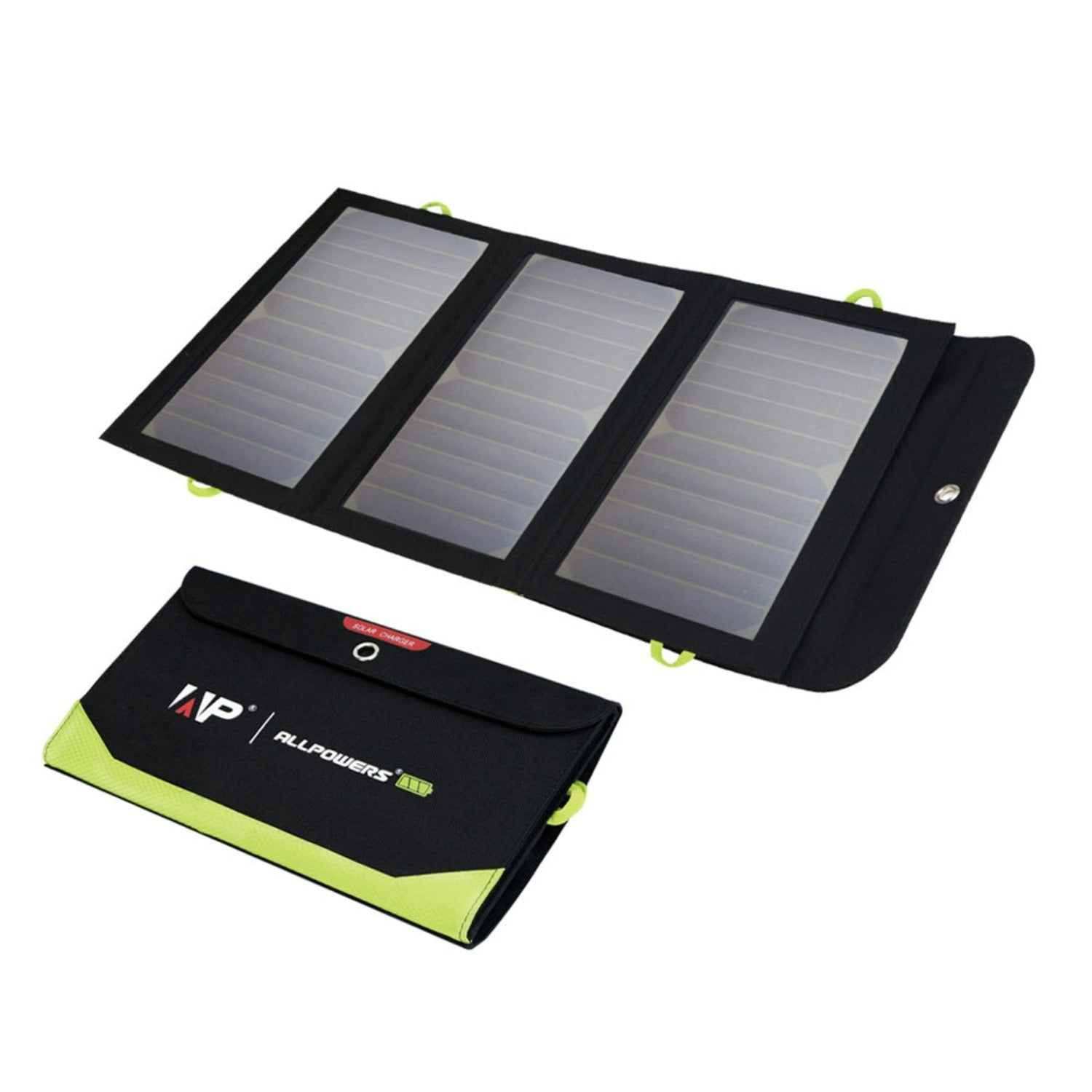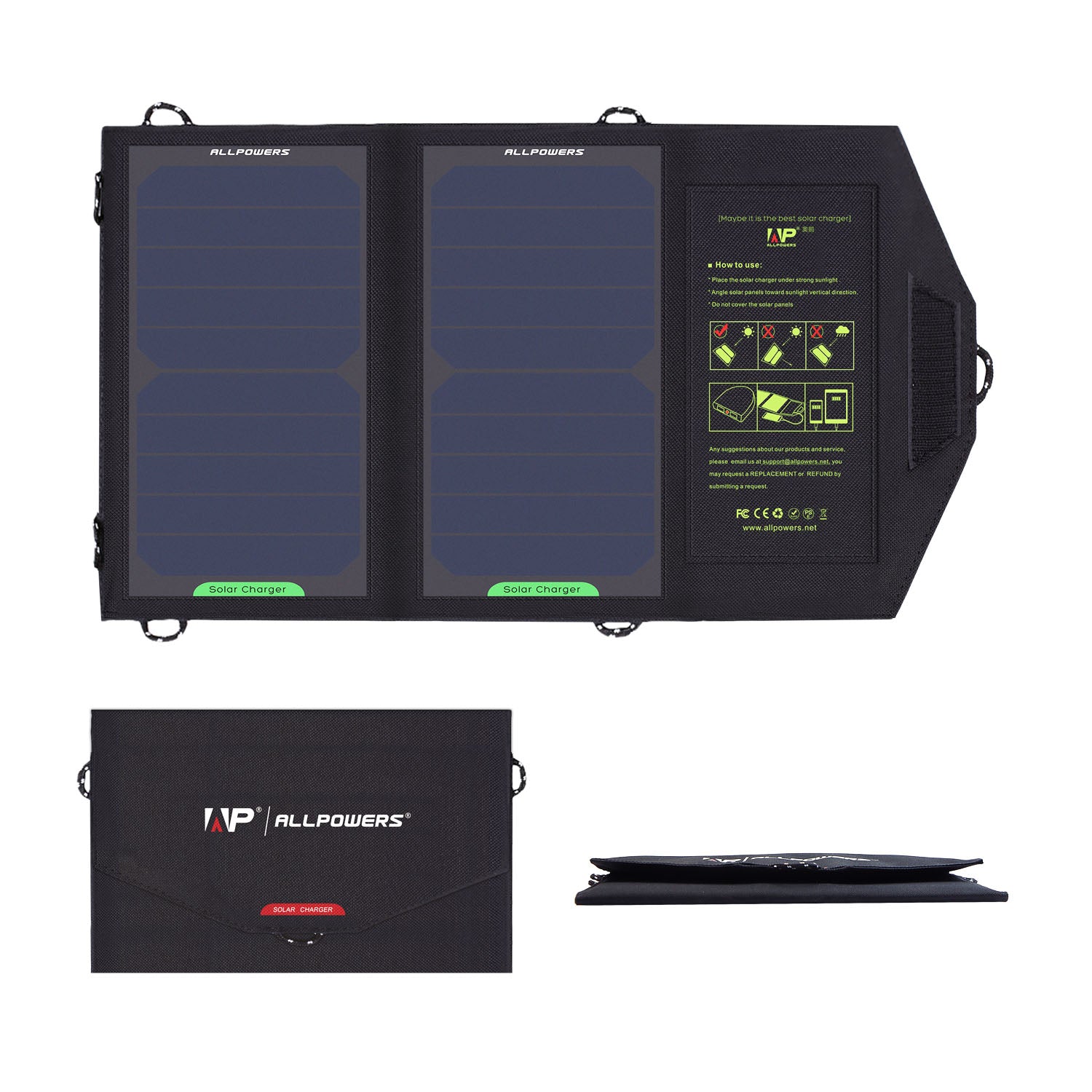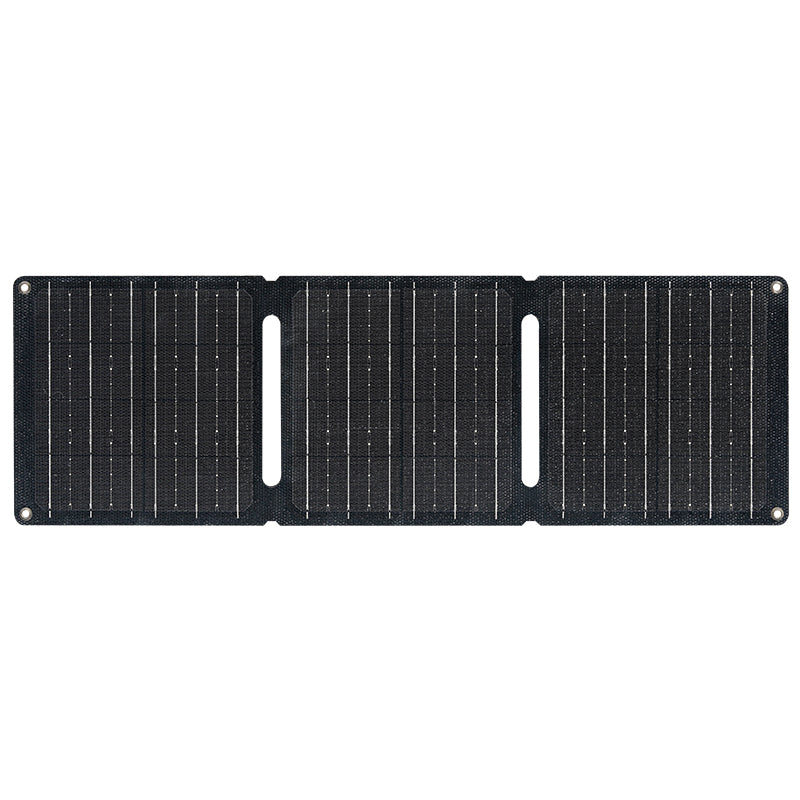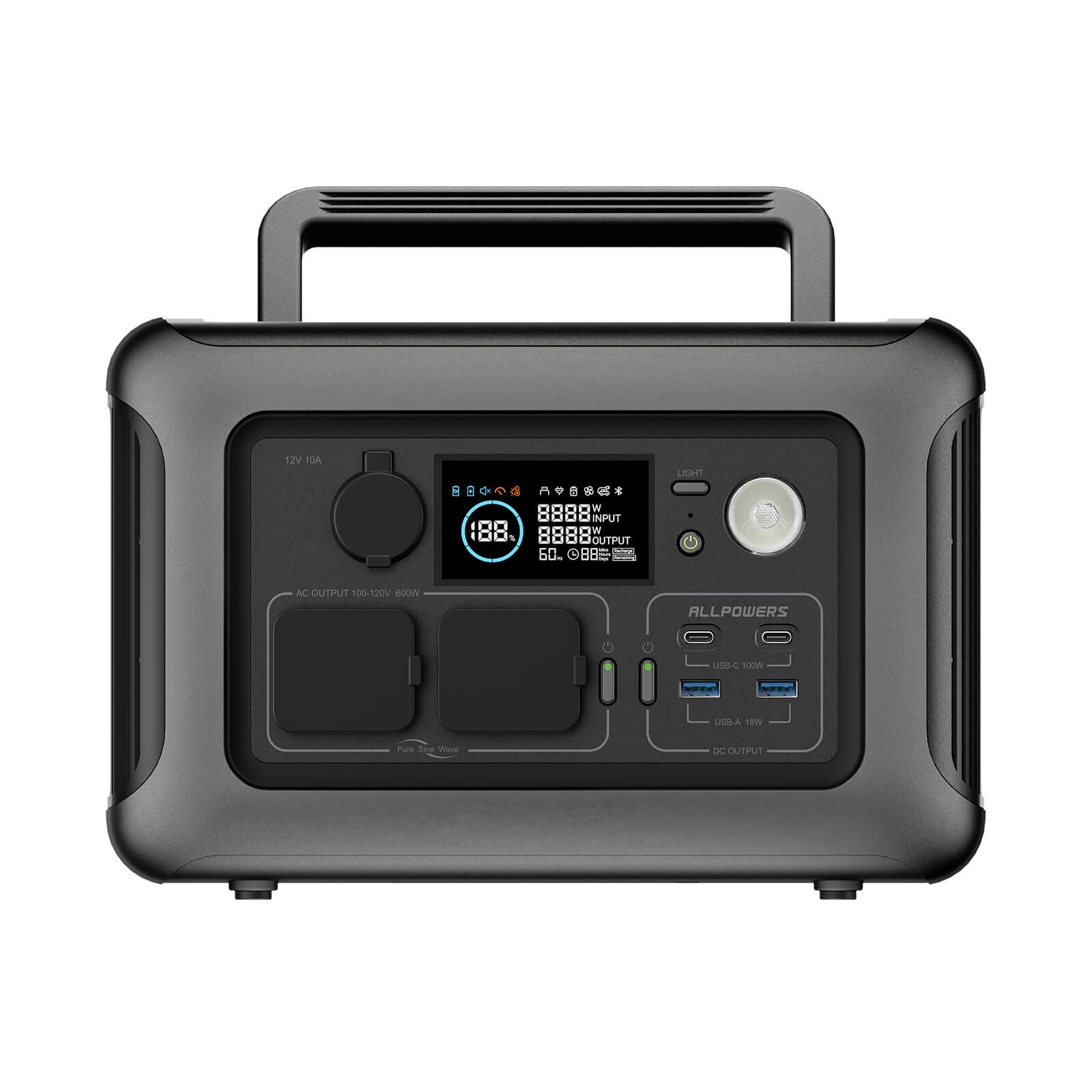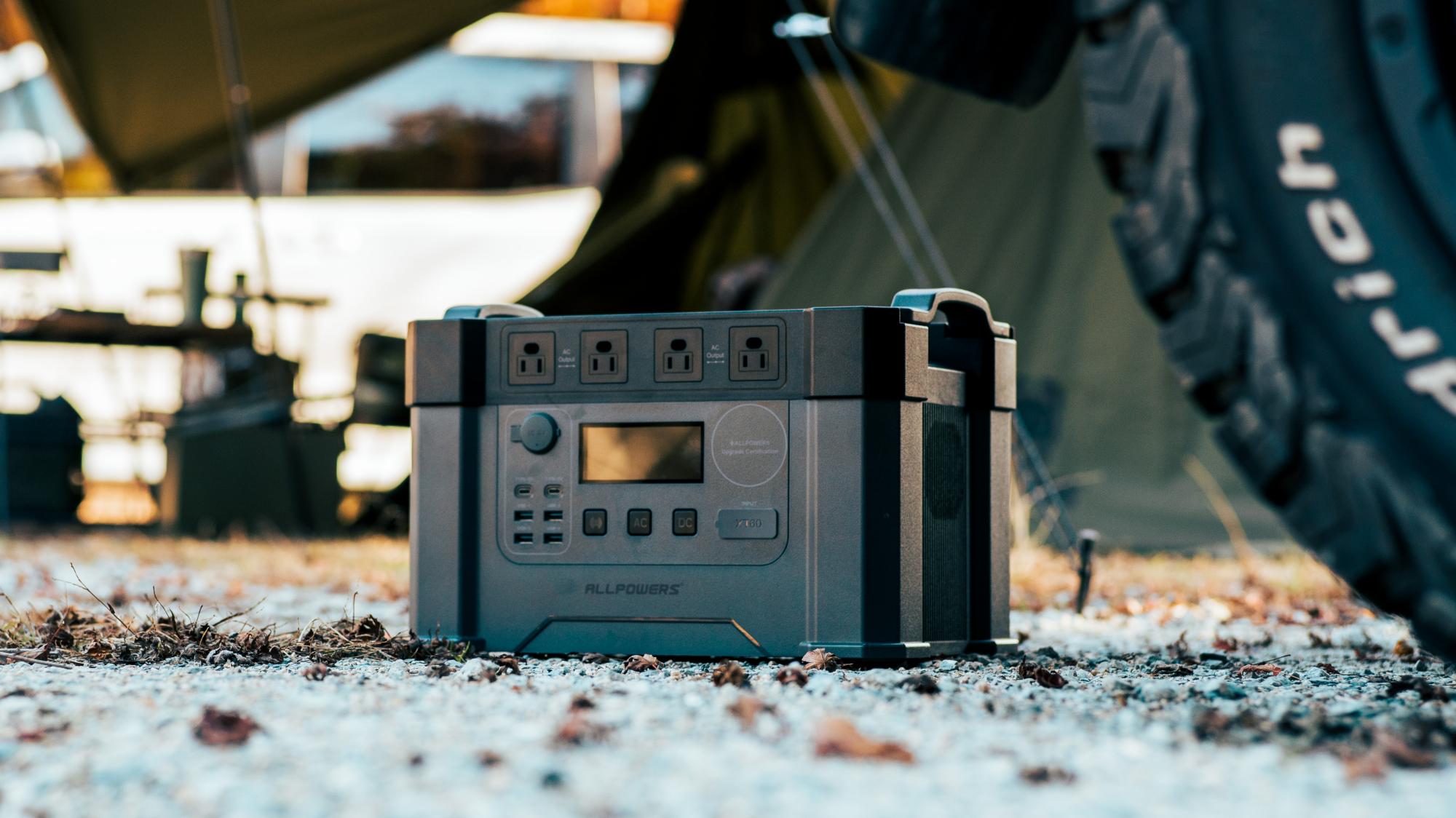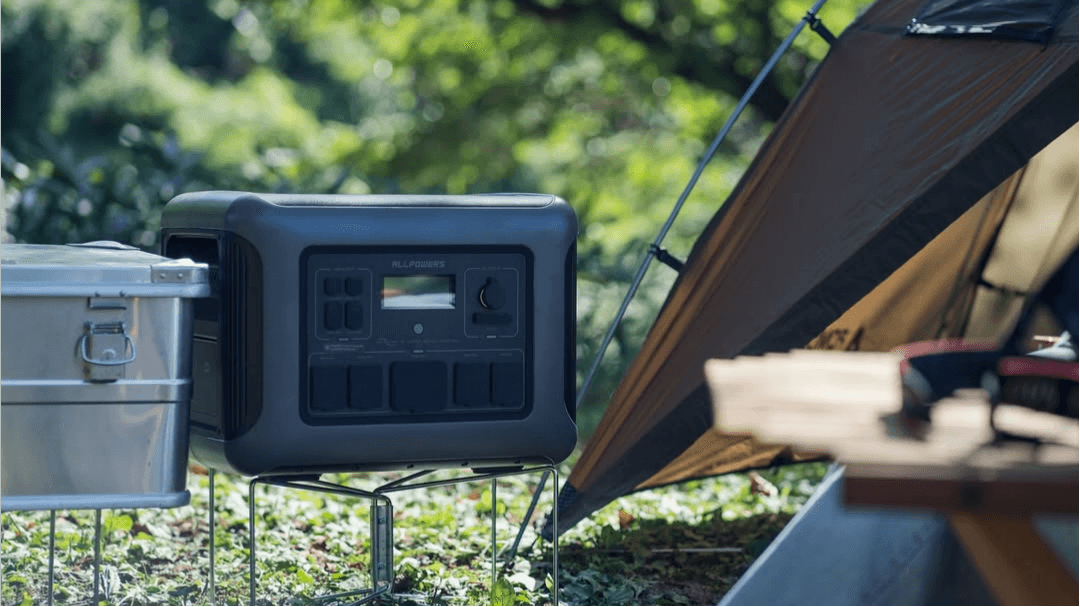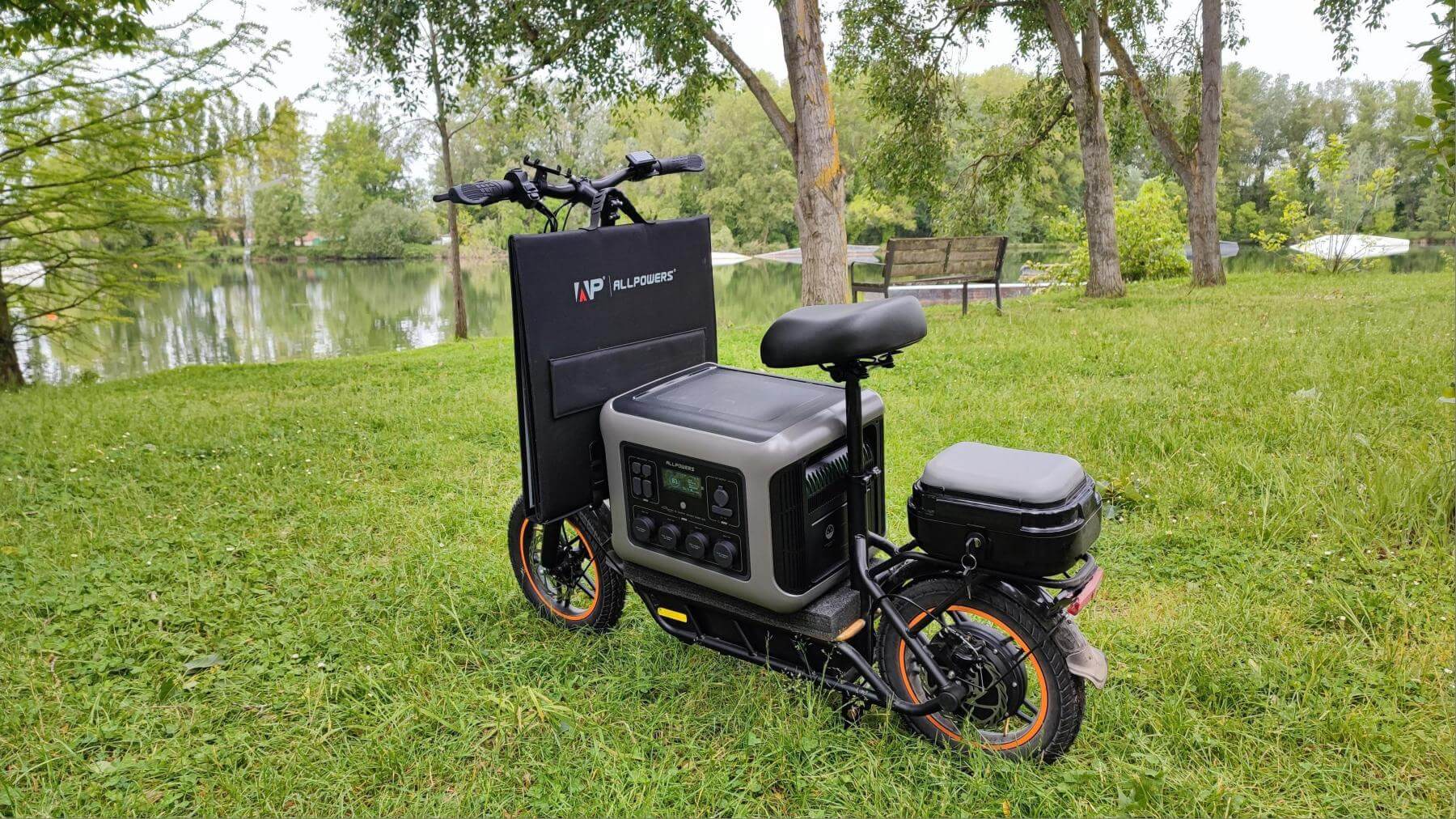When you think of solar panels, what’s the first image that comes to mind? Sunlight in, electricity out.
It feels futuristic, almost effortless.
But what happens when the sun slips behind the horizon and the world turns dark? Do solar panels still work at night?
How do solar panels actually work?
To get this straight, solar panels don’t create energy out of thin air—they need sunlight.
When sunlight hits the photovoltaic (PV) cells on your panel, it excites electrons and generates direct current (DC) electricity.
A built-in inverter then turns that DC into alternating current (AC), which powers your appliances, your lights, your entire setup.
That’s why even on cloudy days, you’ll still get some electricity—diffused sunlight still contains photons, though fewer of them.
Learn more: Do Solar Panels Work on Cloudy Days?
But once the sun goes down, that light source vanishes. No light means no new energy production.
So, technically speaking, solar panels themselves don’t work at night.
How do solar panels work at night?
If solar panels sleep at night, what keeps things running? The answer lies in the battery system connected to those panels.
When the panels are bathed in daylight, they produce more electricity than most households immediately consume.
Instead of wasting it, that excess power is funneled into a battery—like a portable power station or a home energy storage unit.
Then, when night falls, you draw power from that battery. No noise, no fumes, no waiting.
Just smooth, silent power running your lights, your fridge, even your phone charger.
That’s why people often think solar “works at night”—but technically, it’s the stored energy doing the heavy lifting, not the panels themselves.
But technology’s catching up fast. Solar panels don’t exactly shut off at night; they just shift roles.
Some advanced systems use real-time monitoring software that continues collecting performance data overnight.
In other words, your panels might be resting, but your energy system is still thinking, planning, optimizing.
The subtle role of the power grid
But not everyone has a home battery system. Some homes feed their daytime solar power into the grid.
When the sun sets, they simply pull electricity back out—like trading energy credits.
This setup, called net metering, lets you “store” your solar energy virtually.
You push excess electricity into the grid when production is high and draw from it later when your panels are asleep.
It’s a win-win: your energy bill shrinks, and you still get reliable power at night. The only catch? You depend on the grid’s stability.
When there’s an outage, the system shuts down for safety reasons unless you’ve got a backup battery waiting in the wings.
Can moonlight power solar panels?
Technically, yes—sort of. But practically? Not really.
Moonlight is just reflected sunlight, so panels can register a tiny trace of energy under a full moon. The catch is, it’s millions of times weaker than direct sunlight.
To put it in perspective, a solar panel that generates 300 watts under full sun might only manage a few milliwatts under moonlight. That’s barely enough to charge a digital watch.
Artificial lights, like street lamps or porch bulbs, don’t help much either. They emit photons too, but nowhere near the intensity needed to activate PV cells in a meaningful way.
So, while your panels might technically still be “on” at night, they’re not producing usable electricity. The real work resumes at dawn.
What about hybrid solar systems?
Some modern systems use hybrid configurations, combining solar panels with other renewable sources like wind turbines or backup generators.
When the sun’s down but the wind’s blowing? You’re still making power. When both rest? The stored energy takes over.
Portable setups follow the same logic. A solar generator paired with a small backup input—say, from an AC wall plug or a car socket—can keep running indefinitely, cycling through multiple input sources.
Is there such a thing as a “Nighttime Solar Panel”?
Interestingly, researchers are experimenting with devices that can generate power at night by capturing radiative cooling—the natural release of heat from the Earth’s surface after sunset.
These “anti-solar panels,” as some call them, are still in early stages of development.
They won’t replace conventional panels anytime soon, but they hint at a fascinating future: continuous solar-based power generation, even in darkness.
How to make the most of solar power at night?
If you’re relying on solar energy after dark, a little strategy goes a long way. Here are a few habits seasoned users swear by:
Charge your essentials first during the day. Prioritize what matters—phones, flashlights, power stations—before the sun dips. That way, you’re not scrambling for juice at midnight.
Manage your nighttime load. Maybe skip the hairdryer or electric stove and stick to LED lights and small appliances after sunset. Energy efficiency extends battery life more than most people realize.
And finally, always angle your panels right during the day. Even a 10-degree difference can affect your energy yield, especially during winter when sunlight’s weaker.
Conclusion
So no, solar panels don’t technically work at night. But the energy ecosystem around them certainly does.
It’s a team effort—sunlight, panels, batteries, and sometimes the grid—all playing their part.


